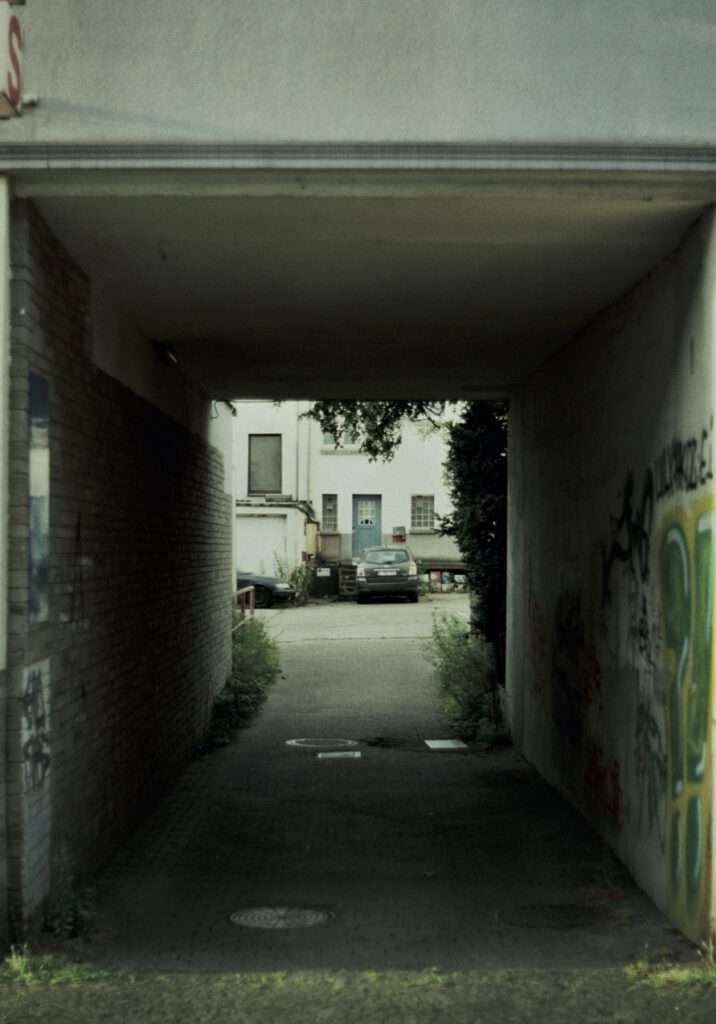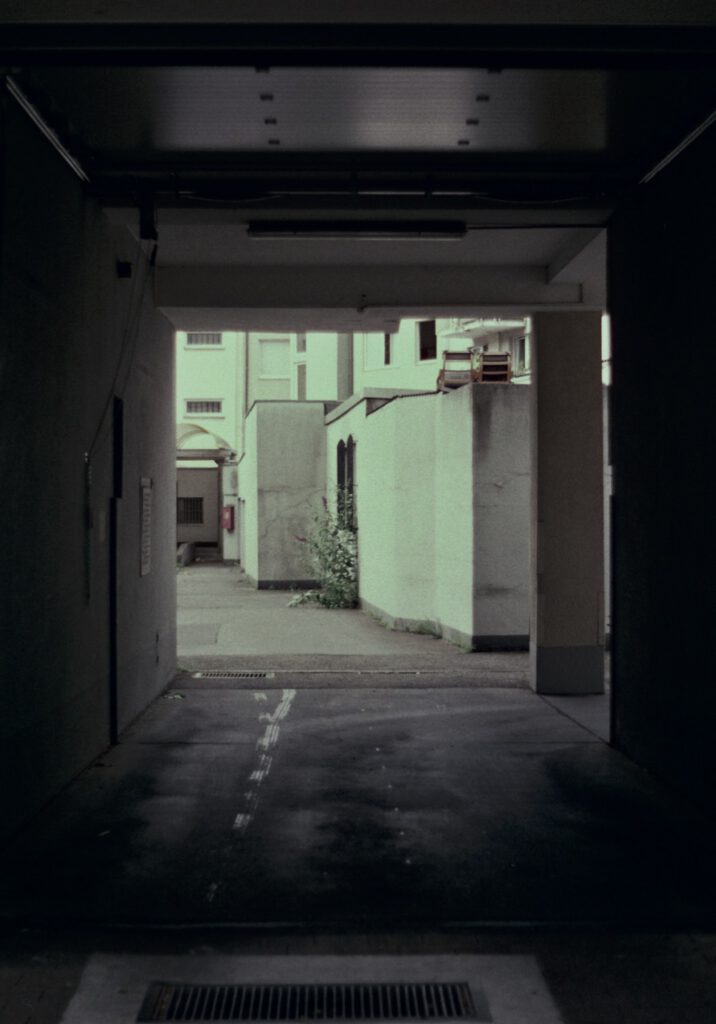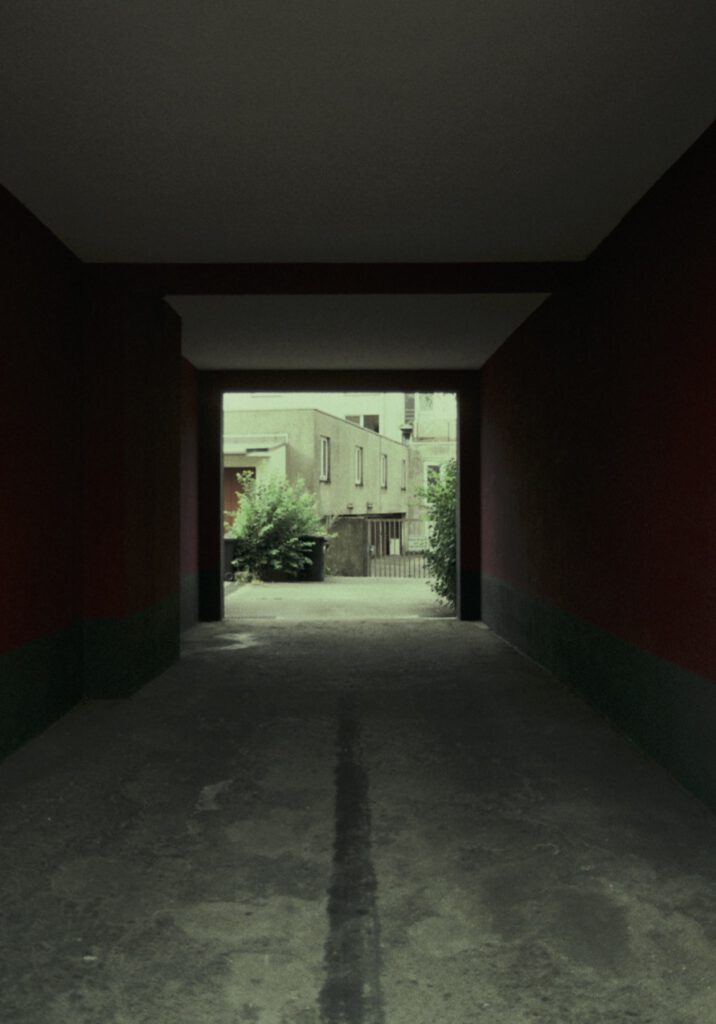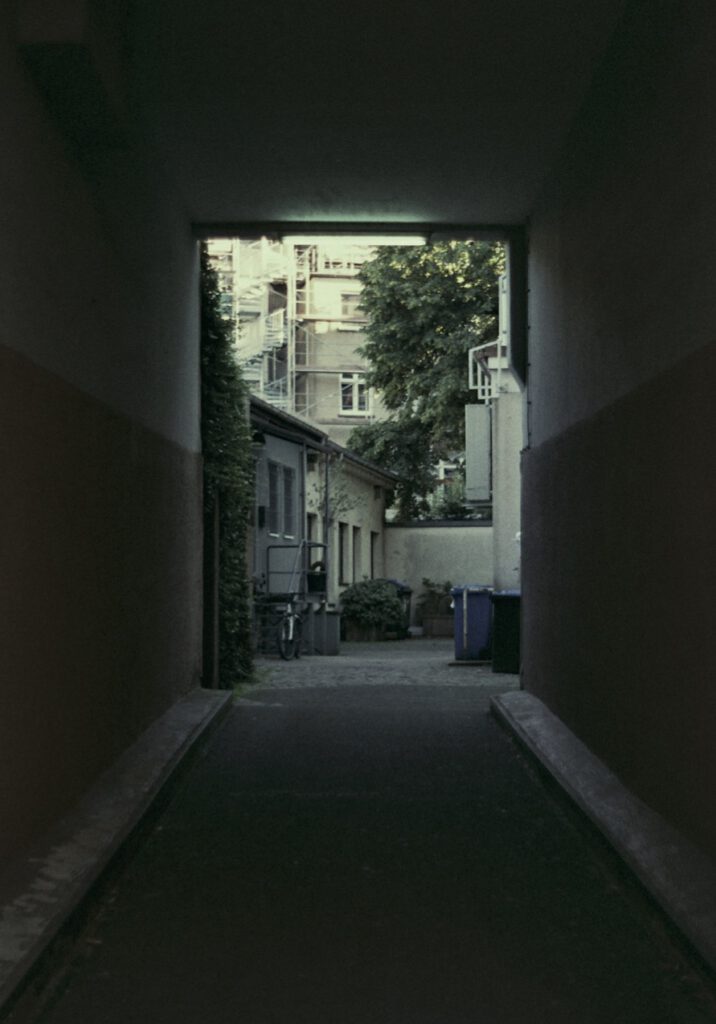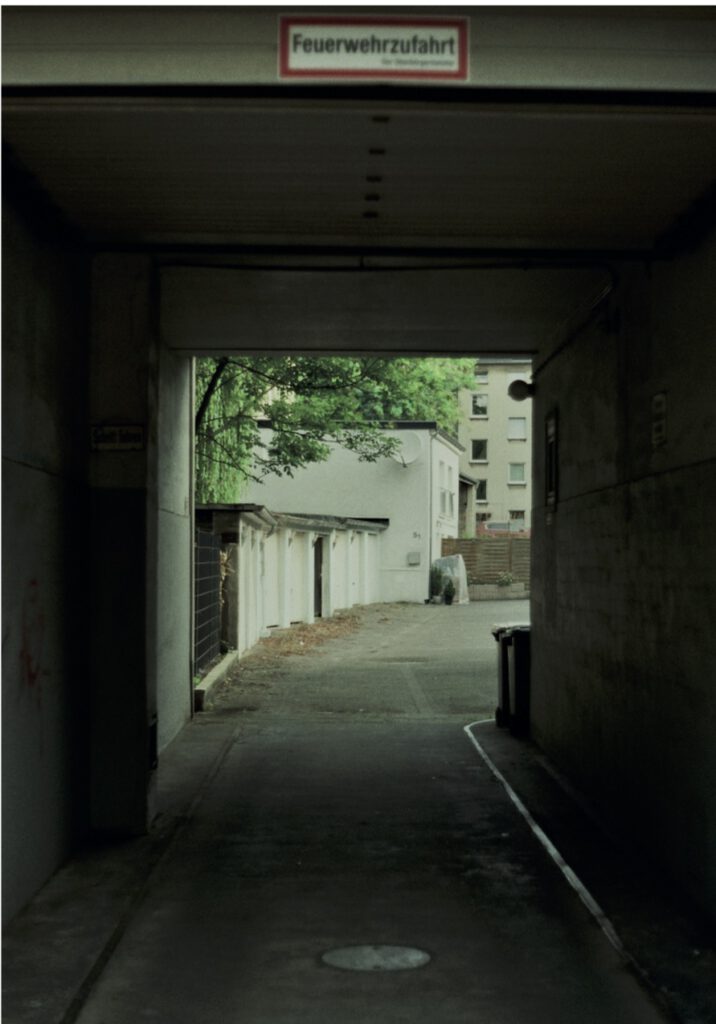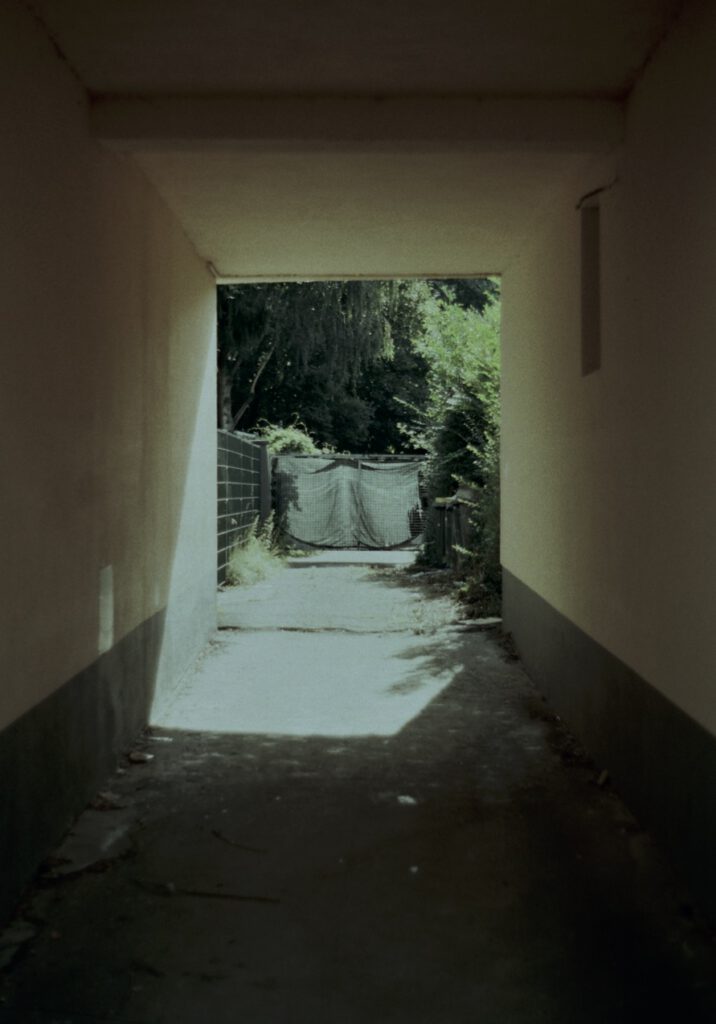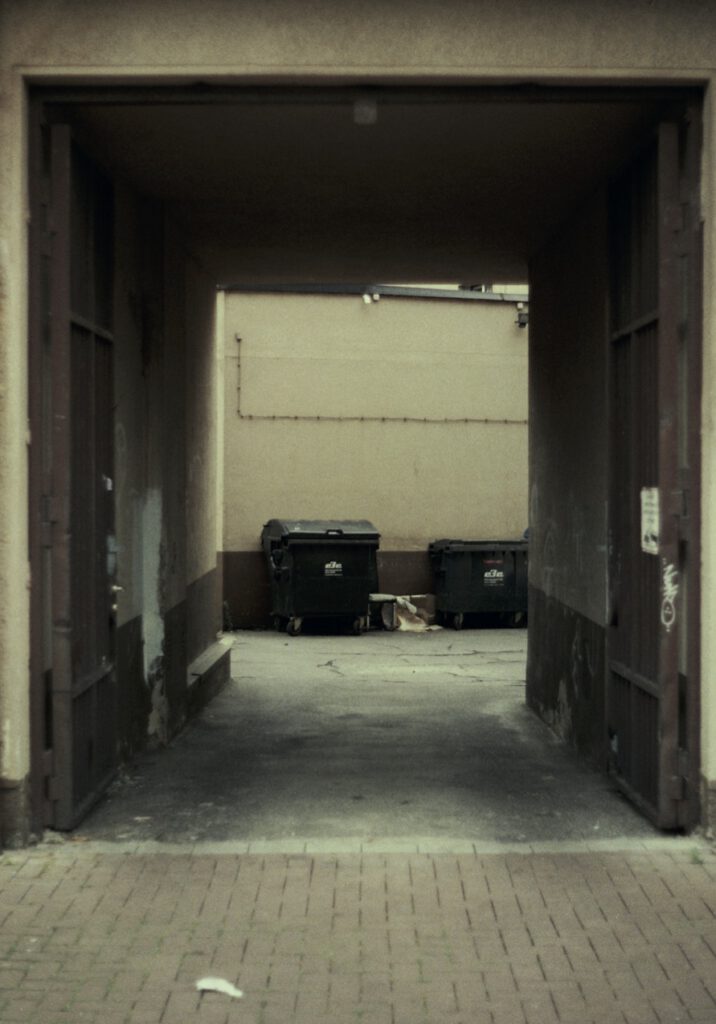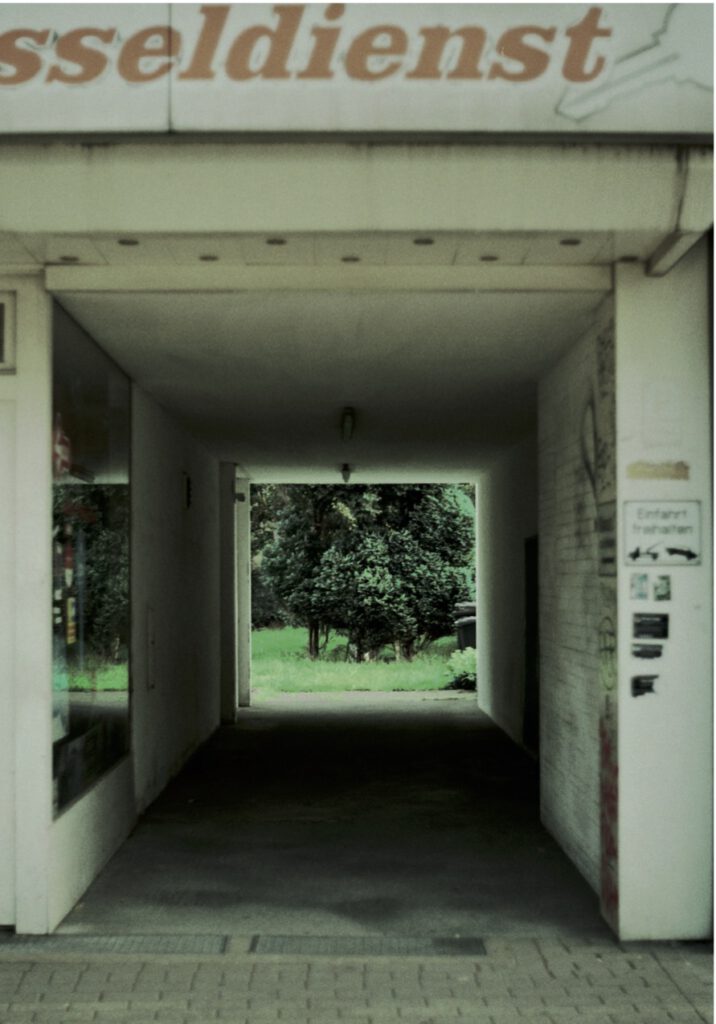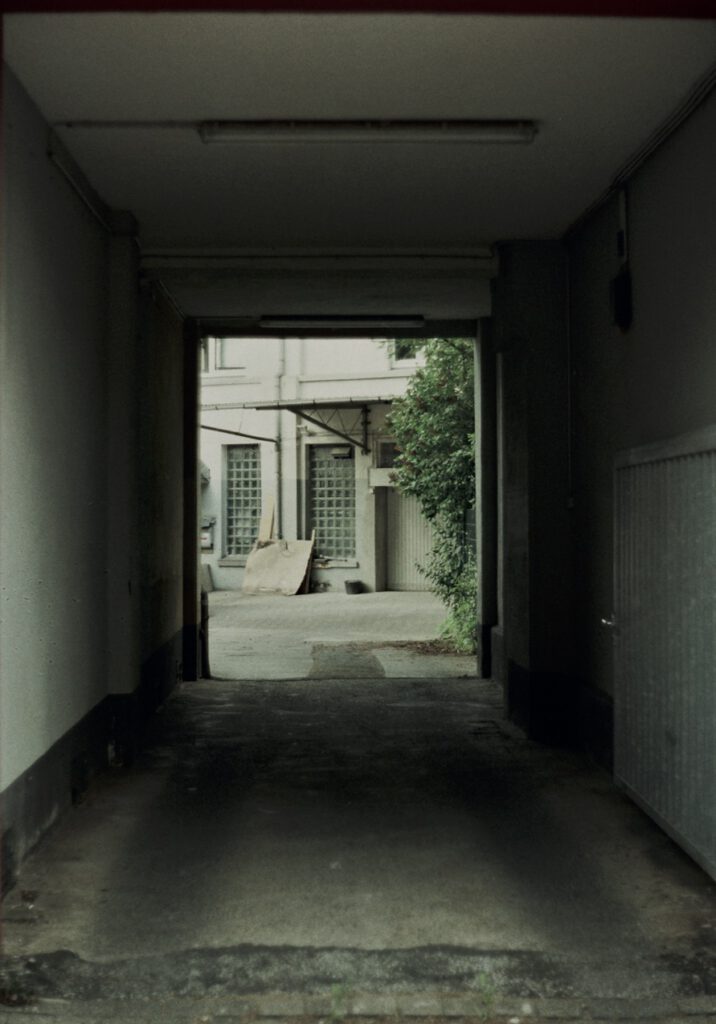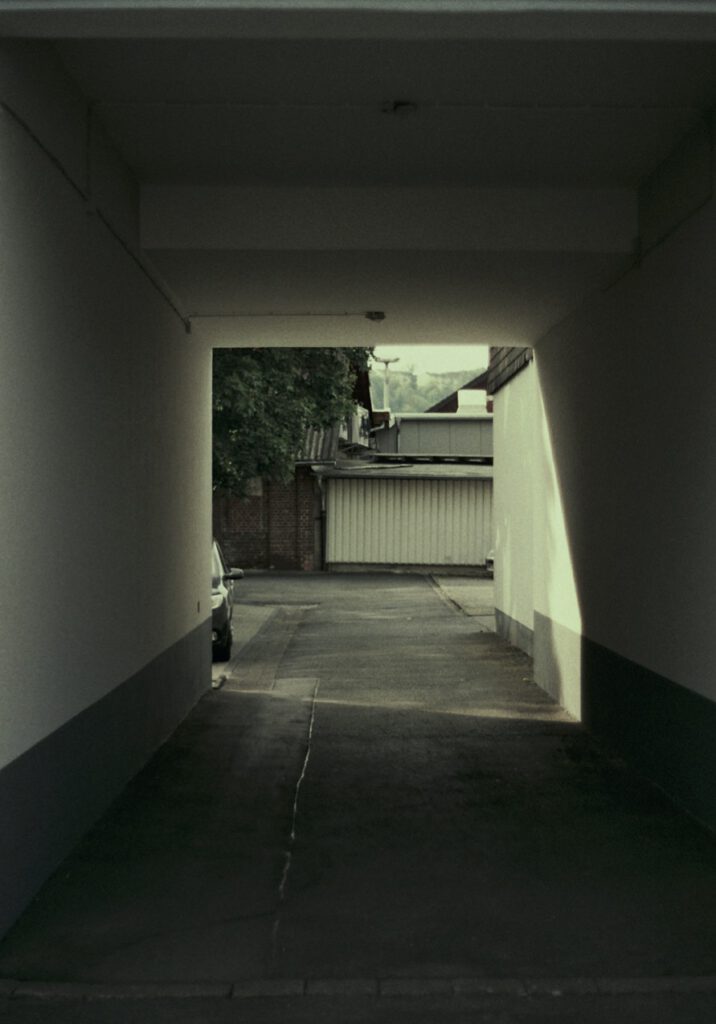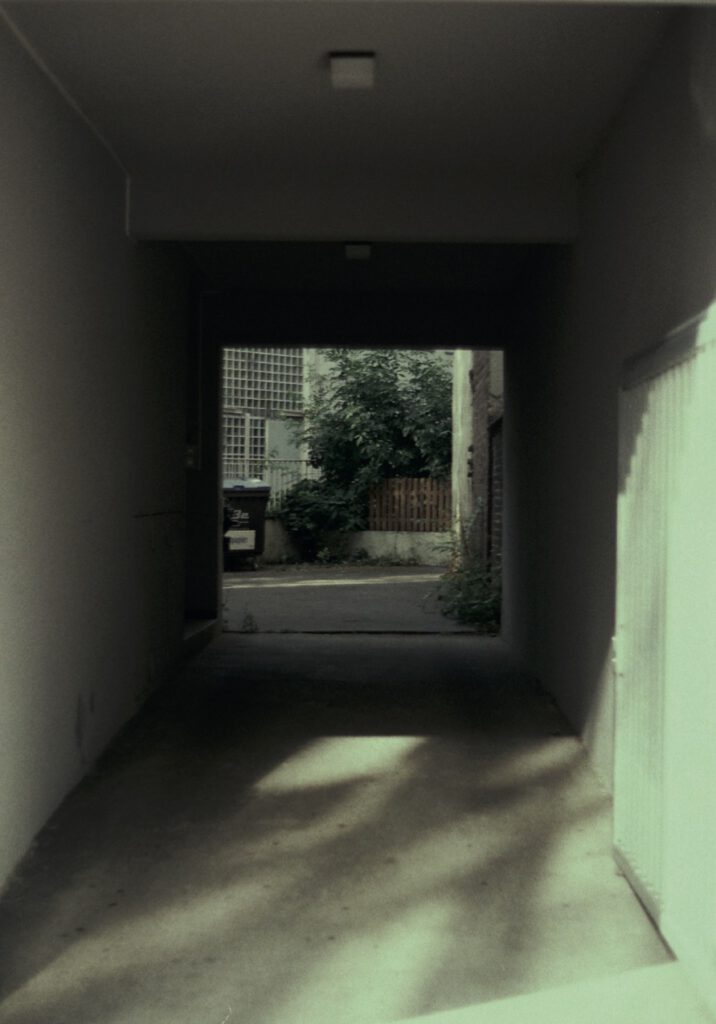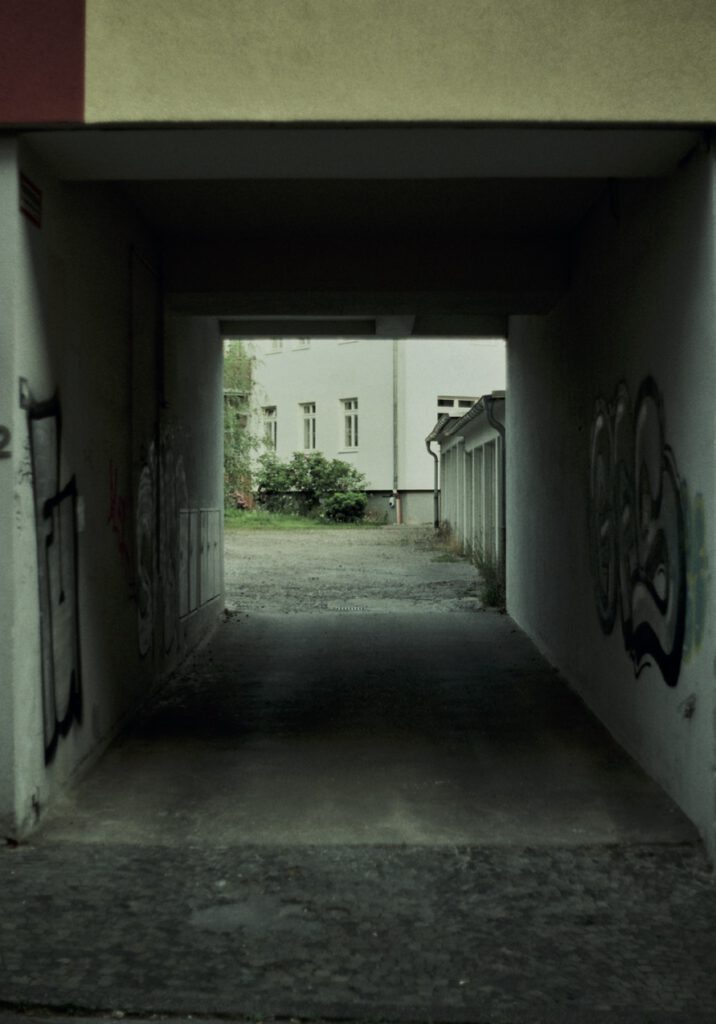12 x 5
BLUE POOL AND RUSTY STEEL GIRDERS – THE CONTRAST COULD NOT BE GREATER. THE SO-CALLED „WORKS SWIMMING POOL“ BY ARTISTS DANIEL MILOHNIC AND DIRK PASCHKE WAS INSTALLED BETWEEN BLAST FURNACES AND CONVEYOR BELTS AT THE ZOLLVEREIN COLLIERY IN ESSEN IN 2001. TWO OVERSEAS CONTAINERS WELDED TOGETHER FORM A SWIMMING POOL MEASURING 12 × 5 METRES.
THE MORNING SWIMMING GROUP, A TECHNO RAVE OR THE ANNUAL ARSE BOMB CONTEST – MORITZ MANNHARDT CAPTURED THE HUSTLE AND BUSTLE OF THE „WERKSSCHWIMMBAD“ IN PHOTOGRAPHS FOR A WHOLE SEASON.
BLAUER POOL UND ROSTIGE STAHLTRÄGER – DER KONTRAST KÖNNTE GRÖSSER NICHT SEIN. ZWISCHEN HOCHÖFEN UND FÖRDERBÄNDERN AUF DER ZECHE ZOLLVEREIN IN ESSEN WURDE 2001 DAS SOGENANNTE „WERKSSCHWIMMBAD“ DER KÜNSTLER DANIEL MILOHNIC UND DIRK PASCHKE INSTALLIERT. ZWEI ZUSAMMENGESCHWEISSTE ÜBERSEECONTAINER ERGEBEN EIN SCHWIMMBECKEN DER GRÖSSE 12 × 5 METER.
DIE MORGENDLICHE SCHWIMMGRUPPE, EIN TECHNO RAVE ODER DER JÄHRLICHEN ARSCHBOMBENCONTEST – EINE SAISON LANG HAT MORITZ MANNHARDT DAS GETÜMMEL IM „WERKSSCHWIMMBAD“ FOTOGRAFISCH FESTGEHALTEN.
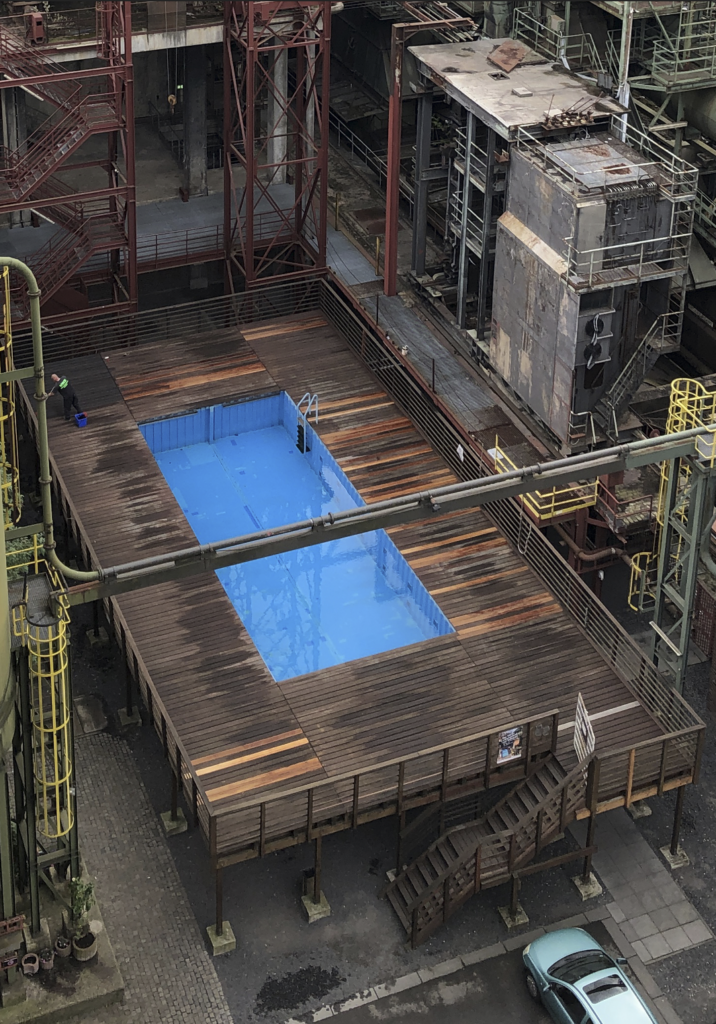
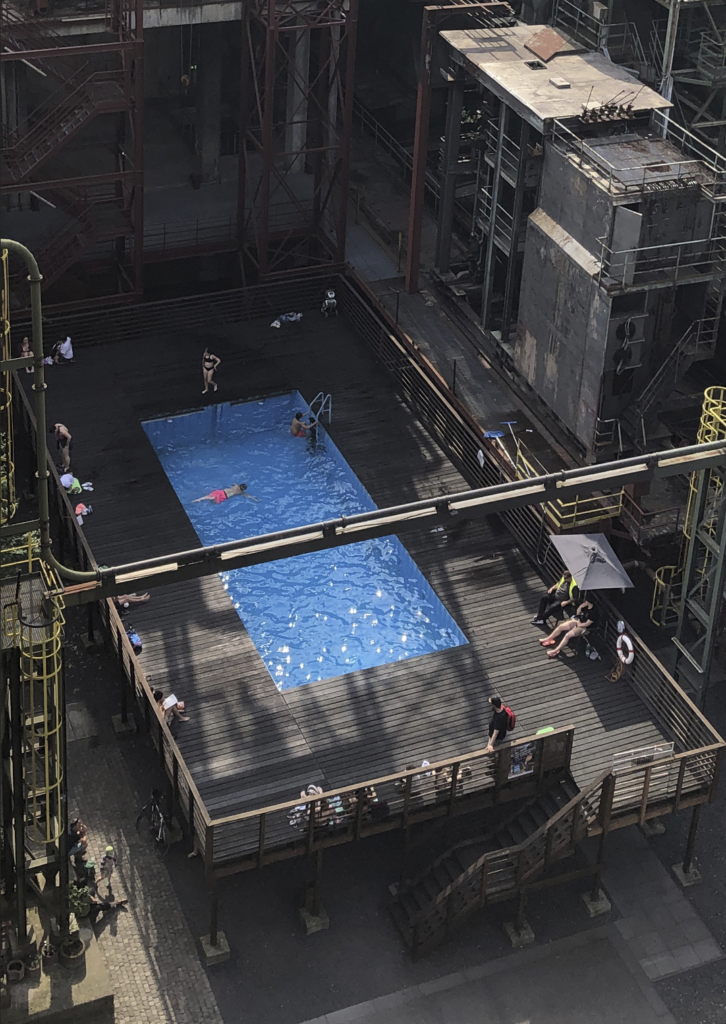
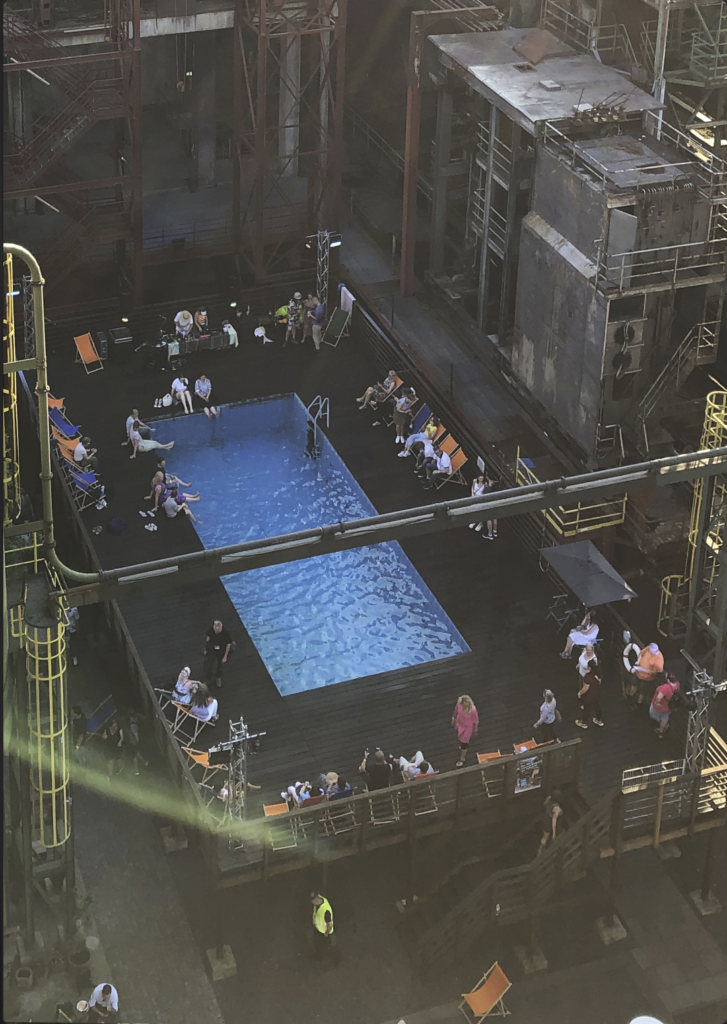
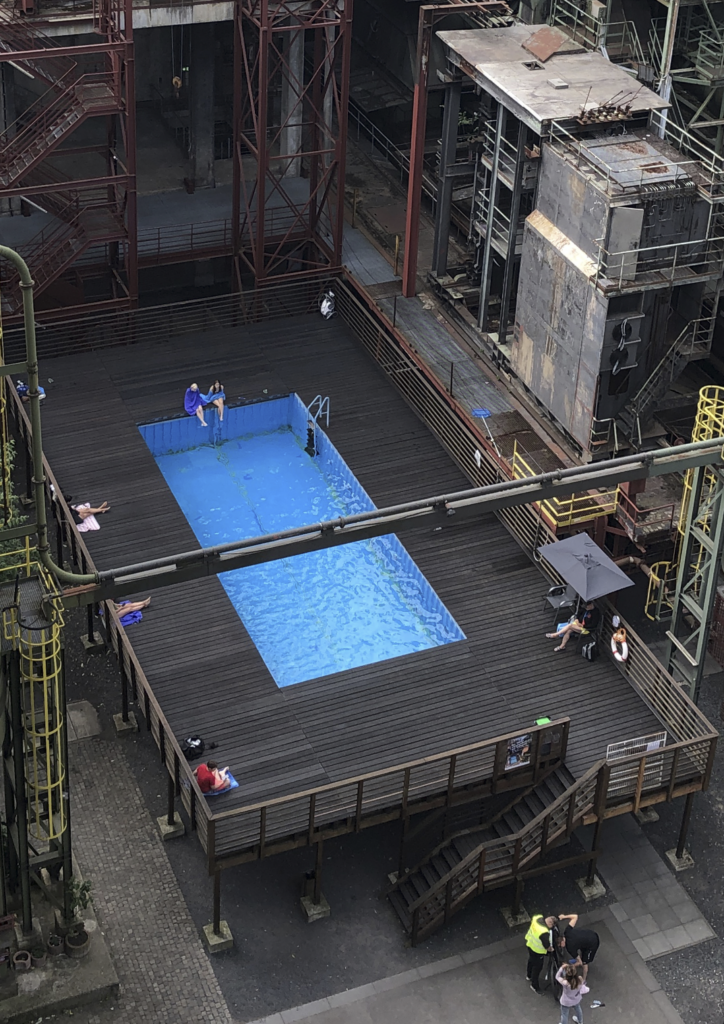
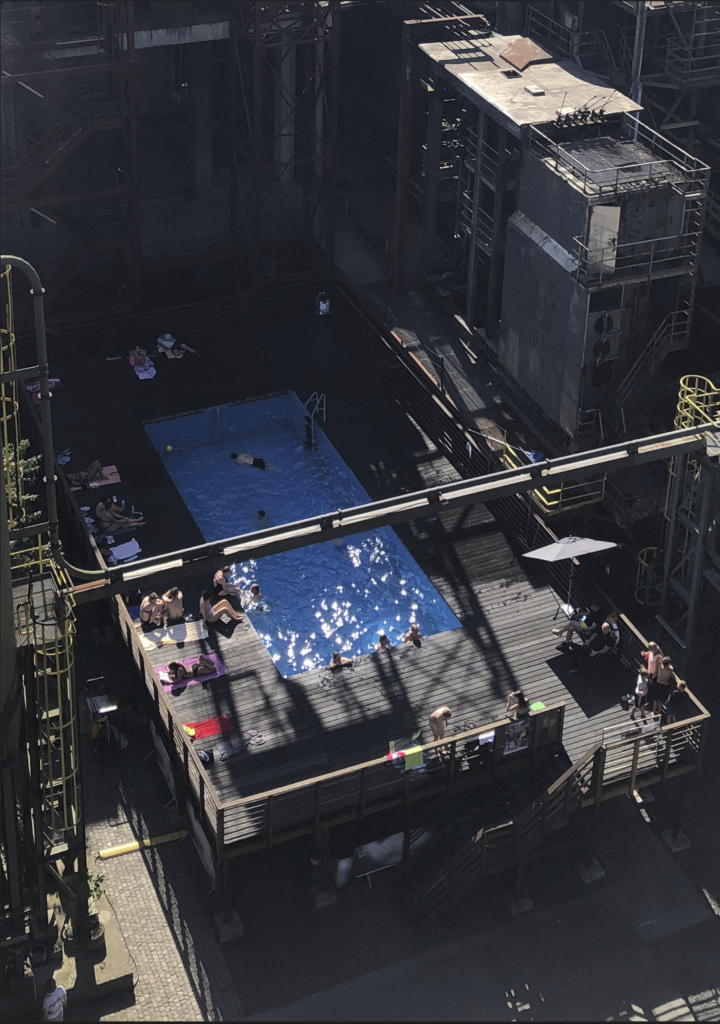
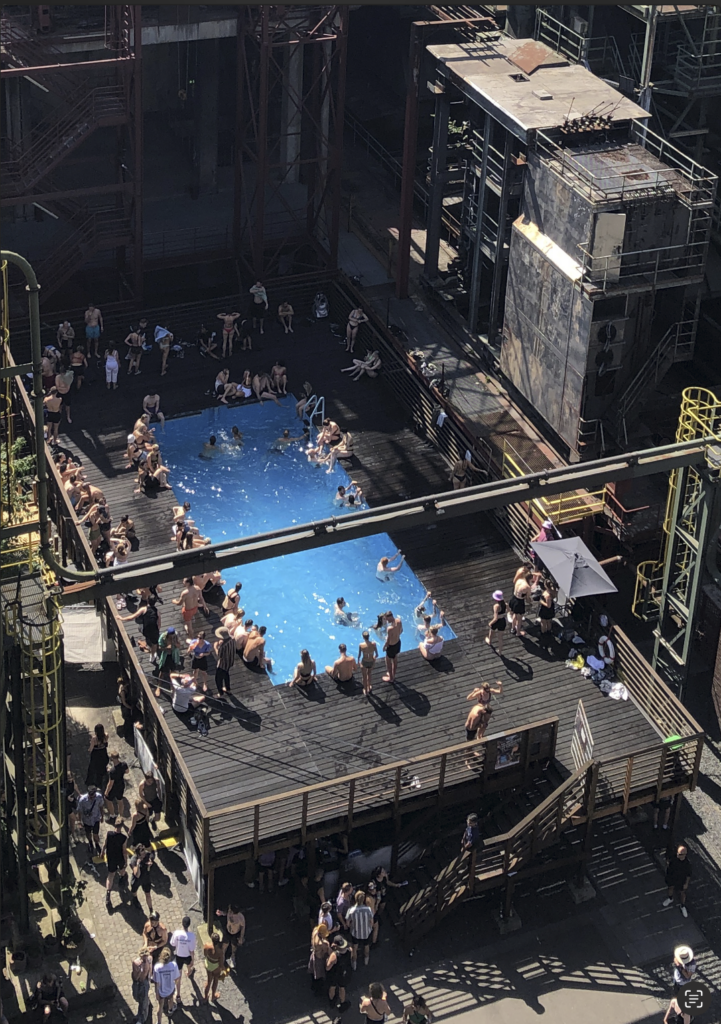
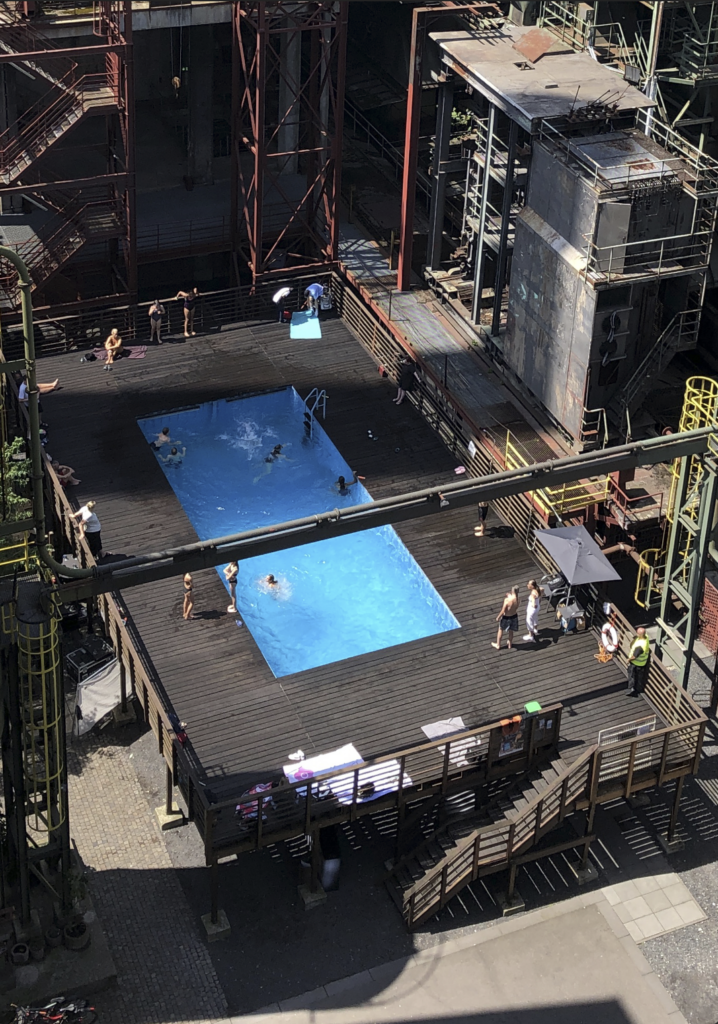
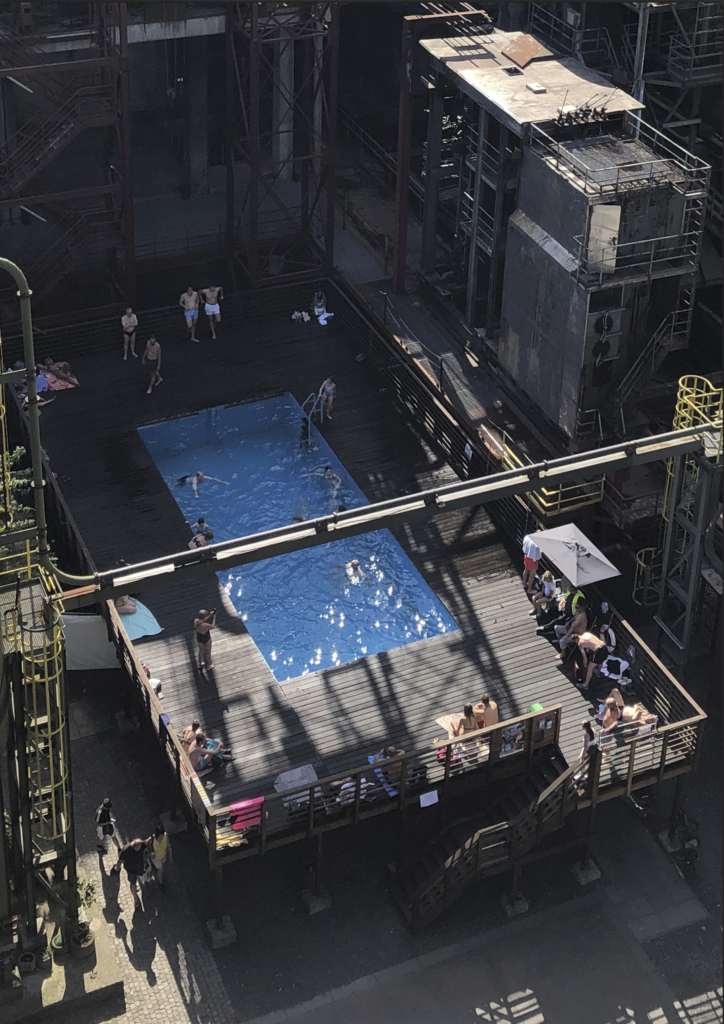
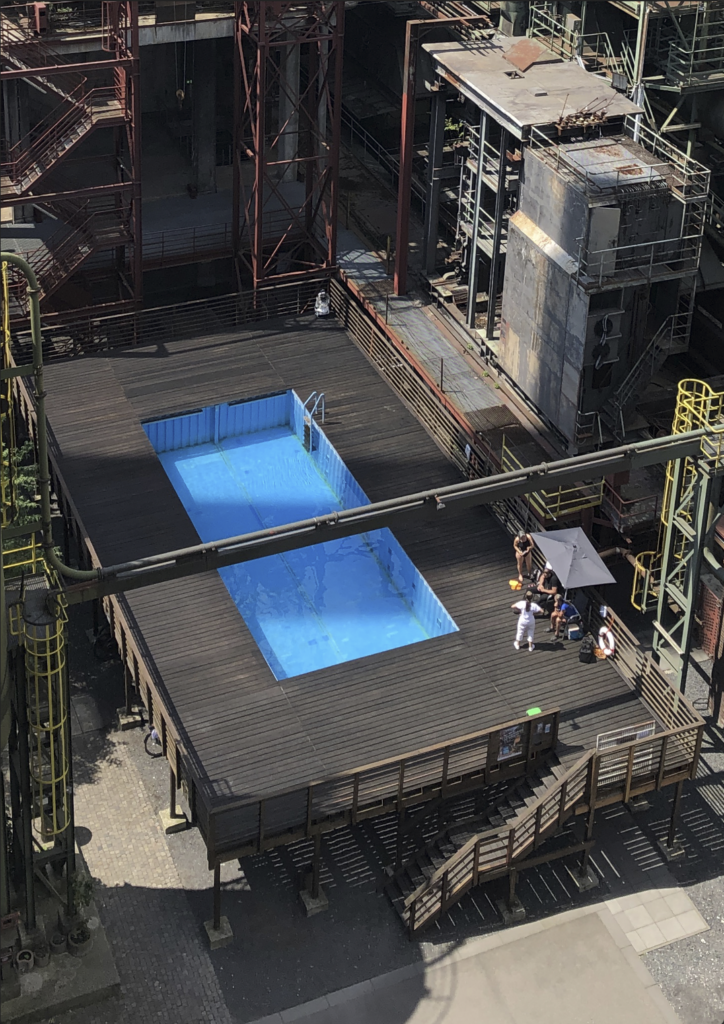
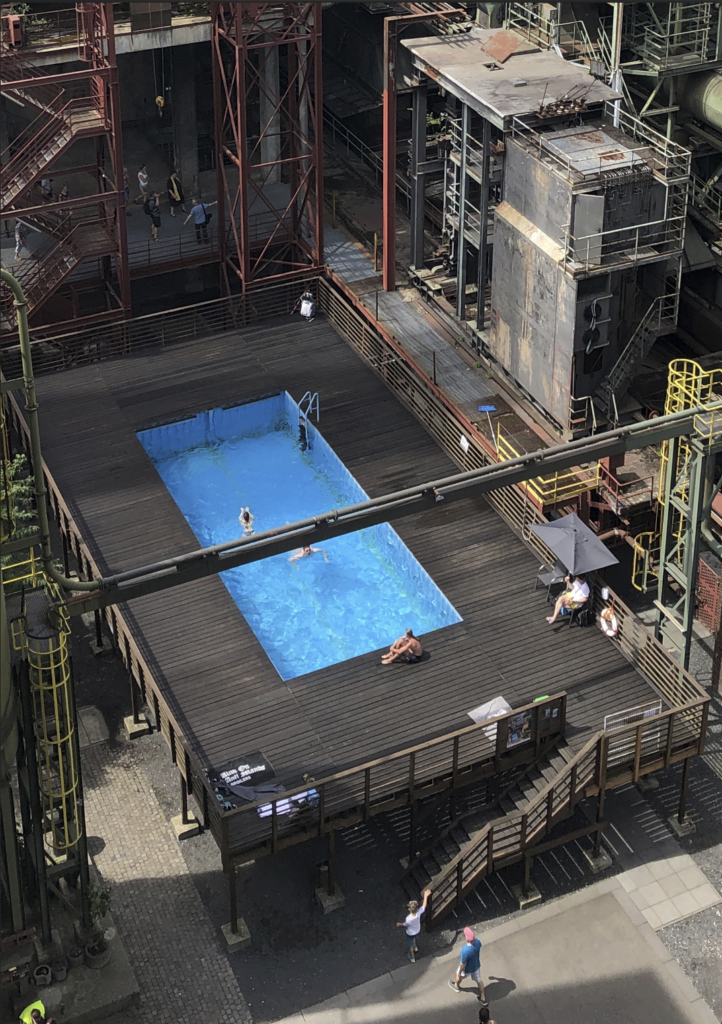
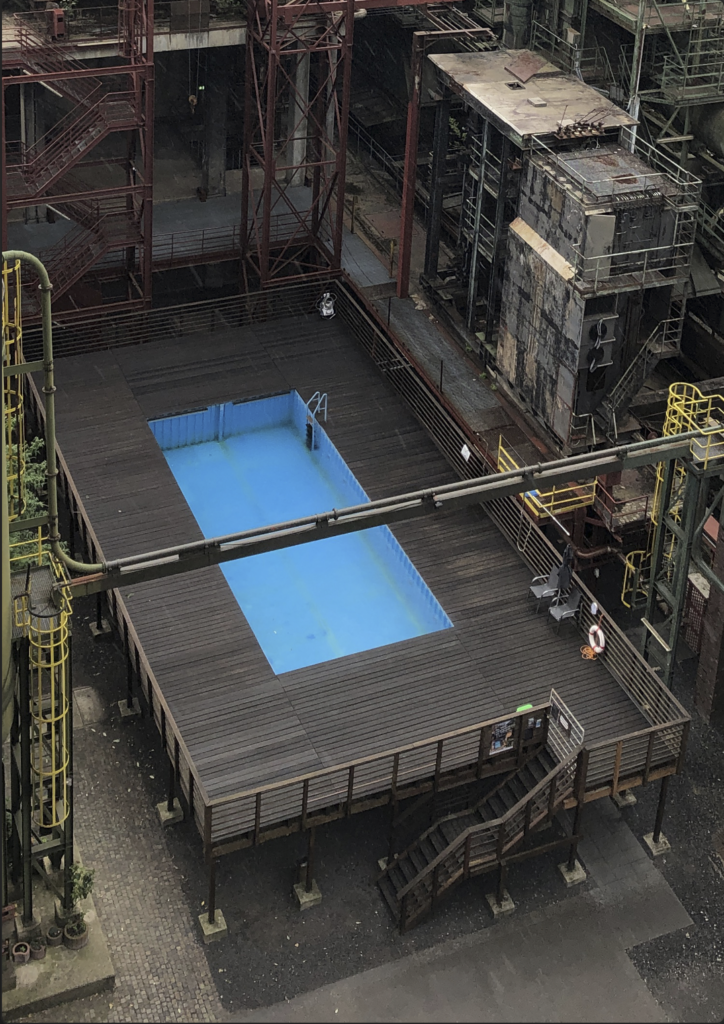
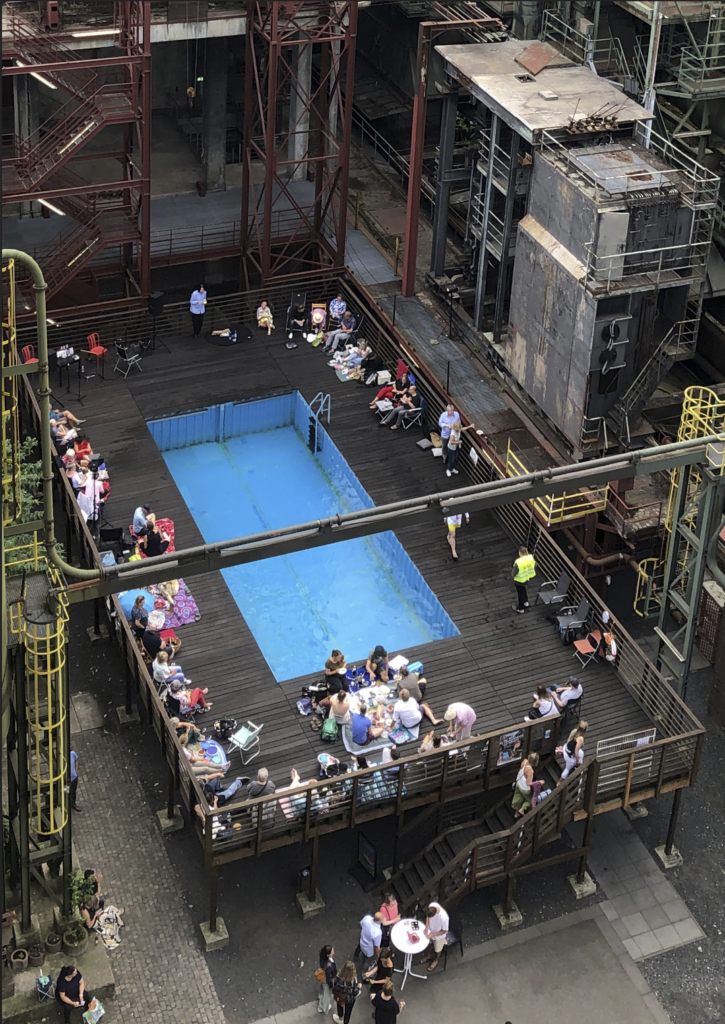
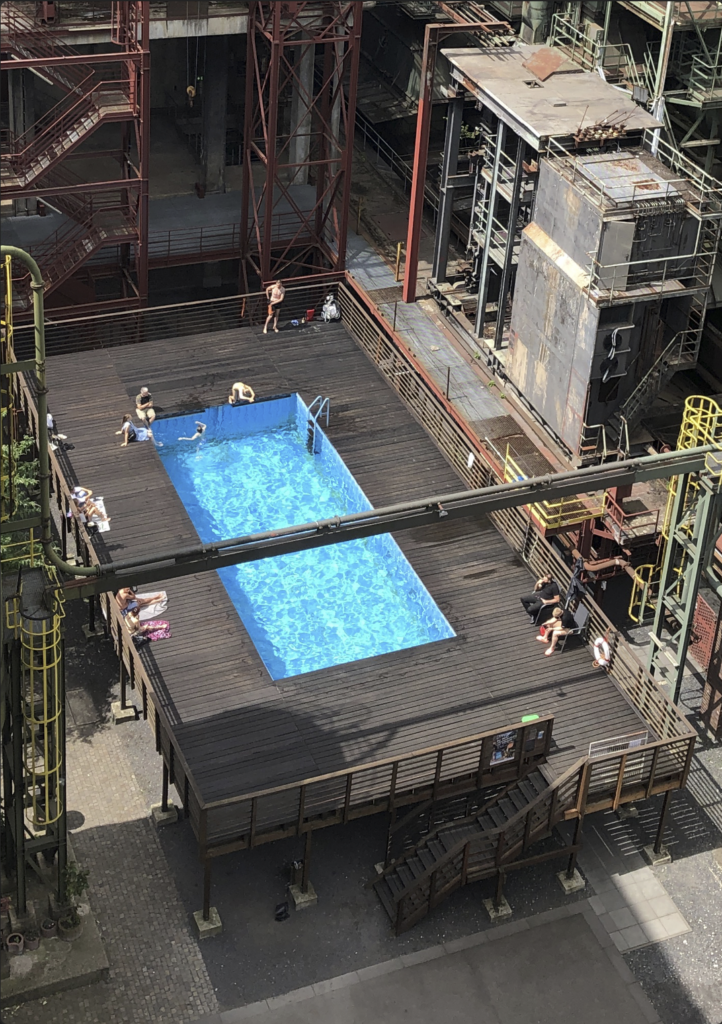
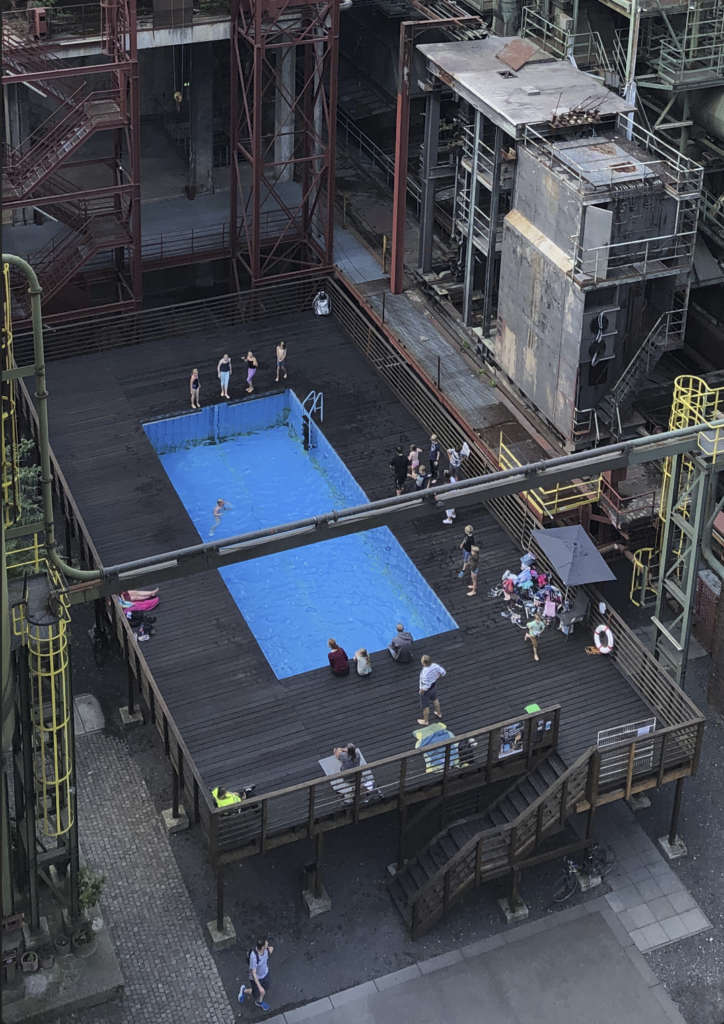
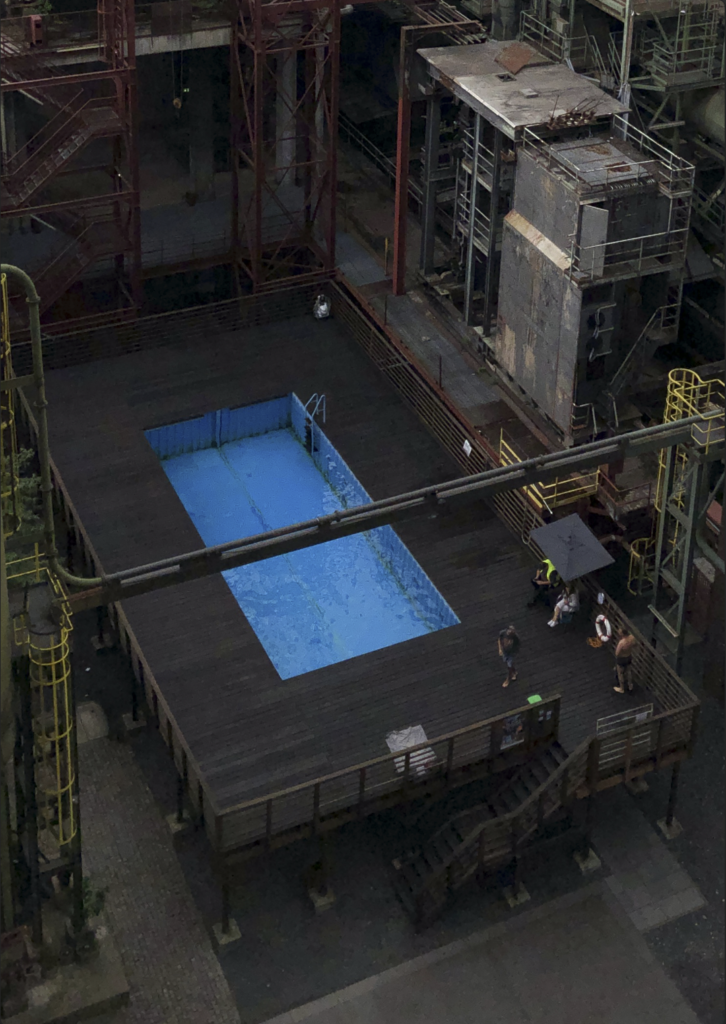
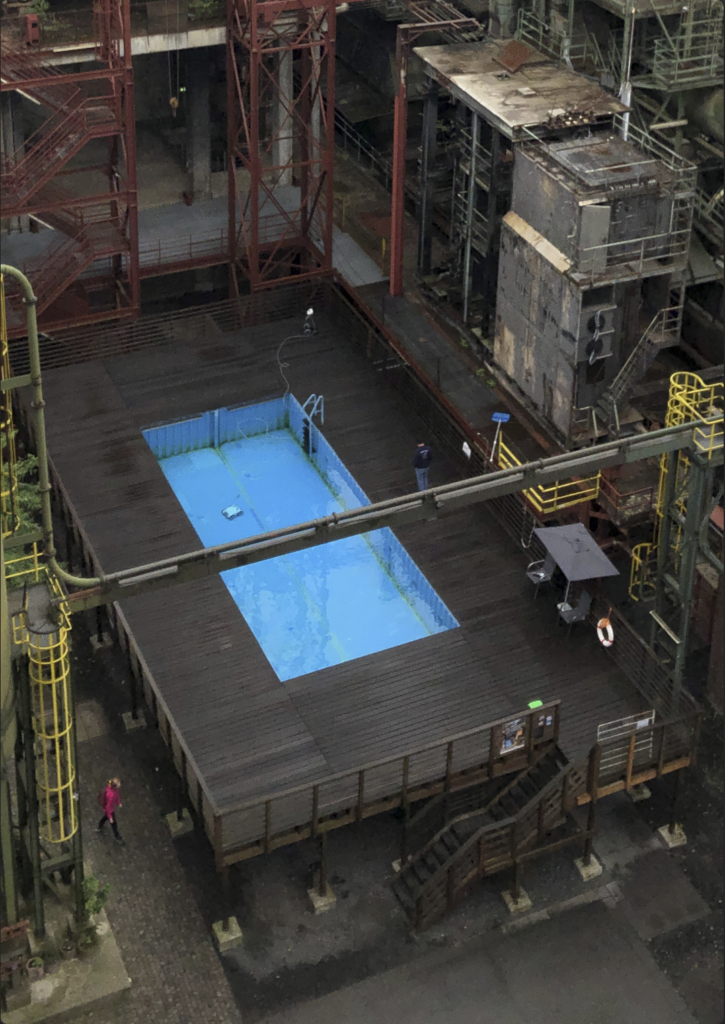
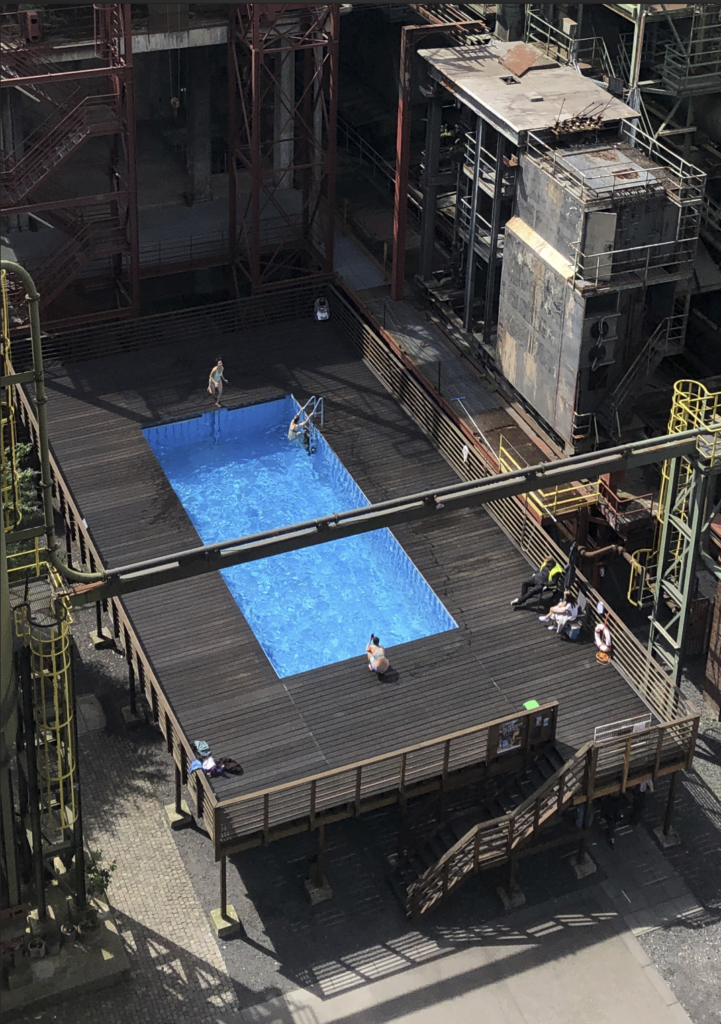
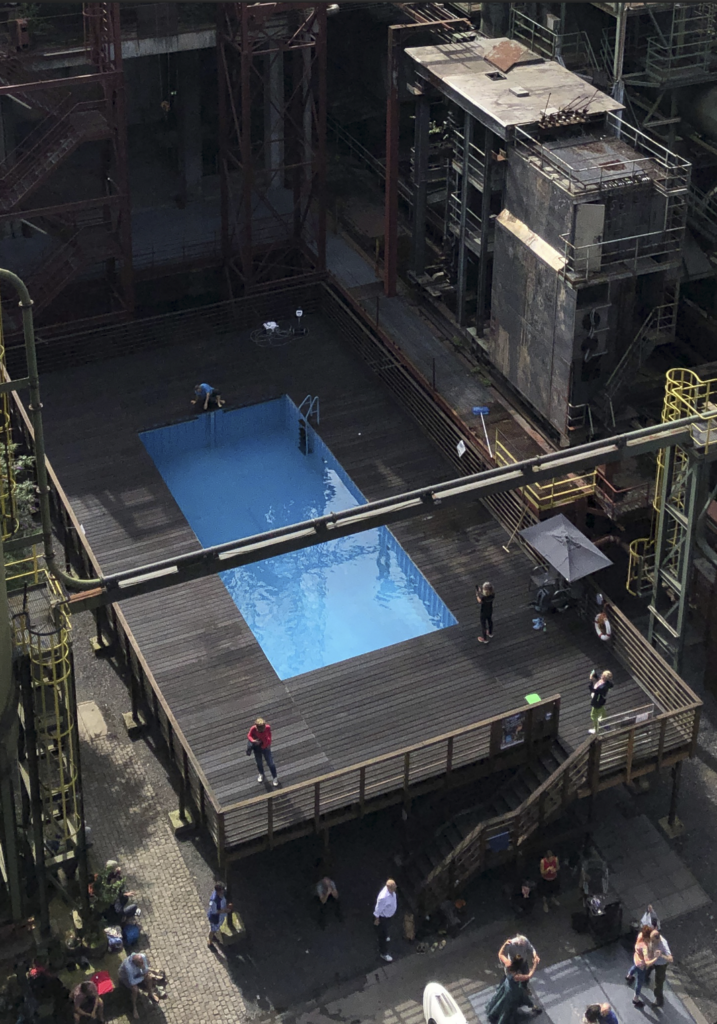
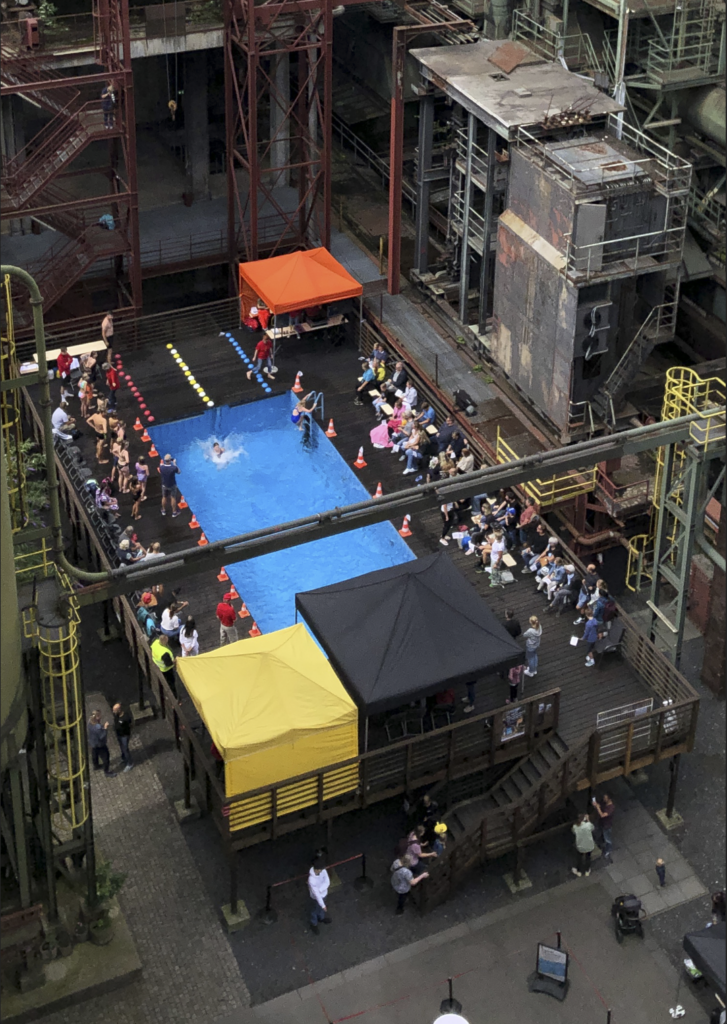
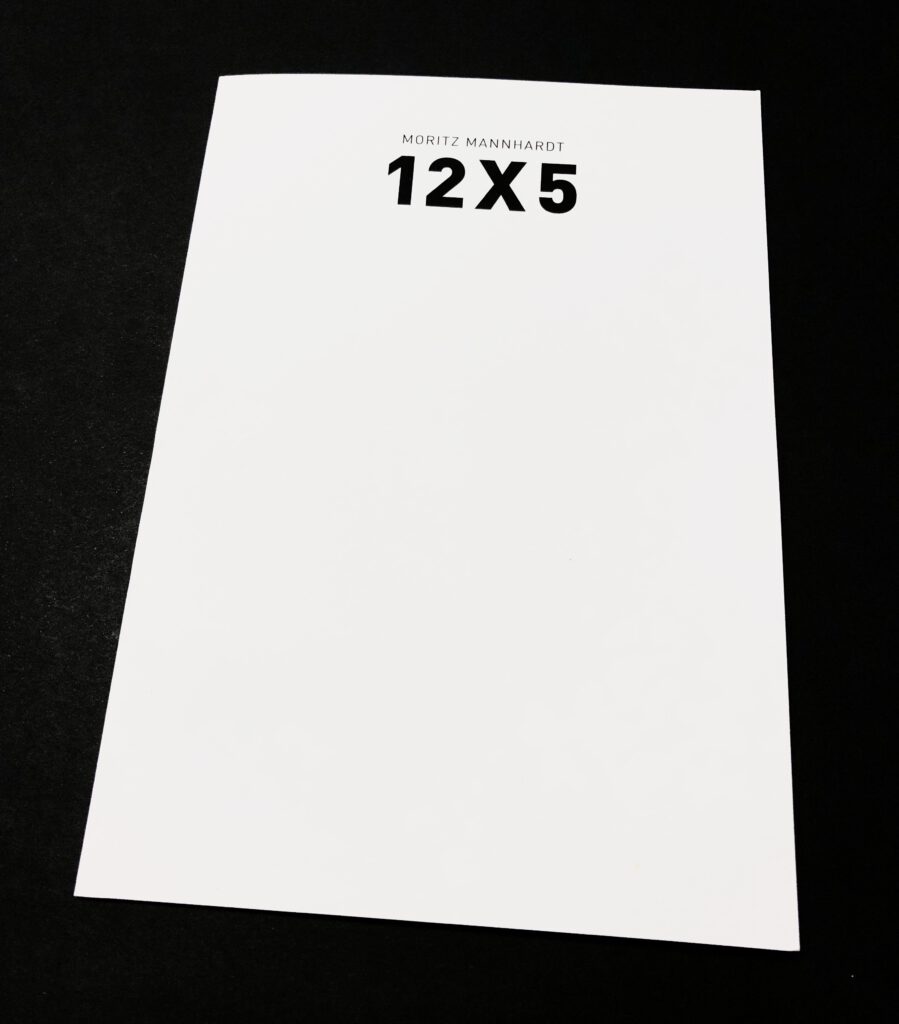
Views of a City
Views of a City describes the appropriation of urban space by means of an analog camera. The series reveals an individual view of the city as a place of change. These are views of everyday space, photographic reproductions of familiar scenes and generally known objects or things that usually escape our gaze when we usually move through urban space, focused on the goal, on the familiar paths.
Containers and garbage cans, construction fences as well as scaffolding constructions: Everyday Objects, which at first glance seem inconsequential, are photographically staged.
Views of a City aims to draw attention to these seemingly invisible things that seem to disappear in and because of their quantity. Thus the city is described as a place of permanent change. Everything is subject to change. At the same time, the question of the identification of the space arises: are they familiar places? The pictures do not provide any information, because they do not depict views or even landmarks that characterize a particular city, but typical, universal attributes of urban life.
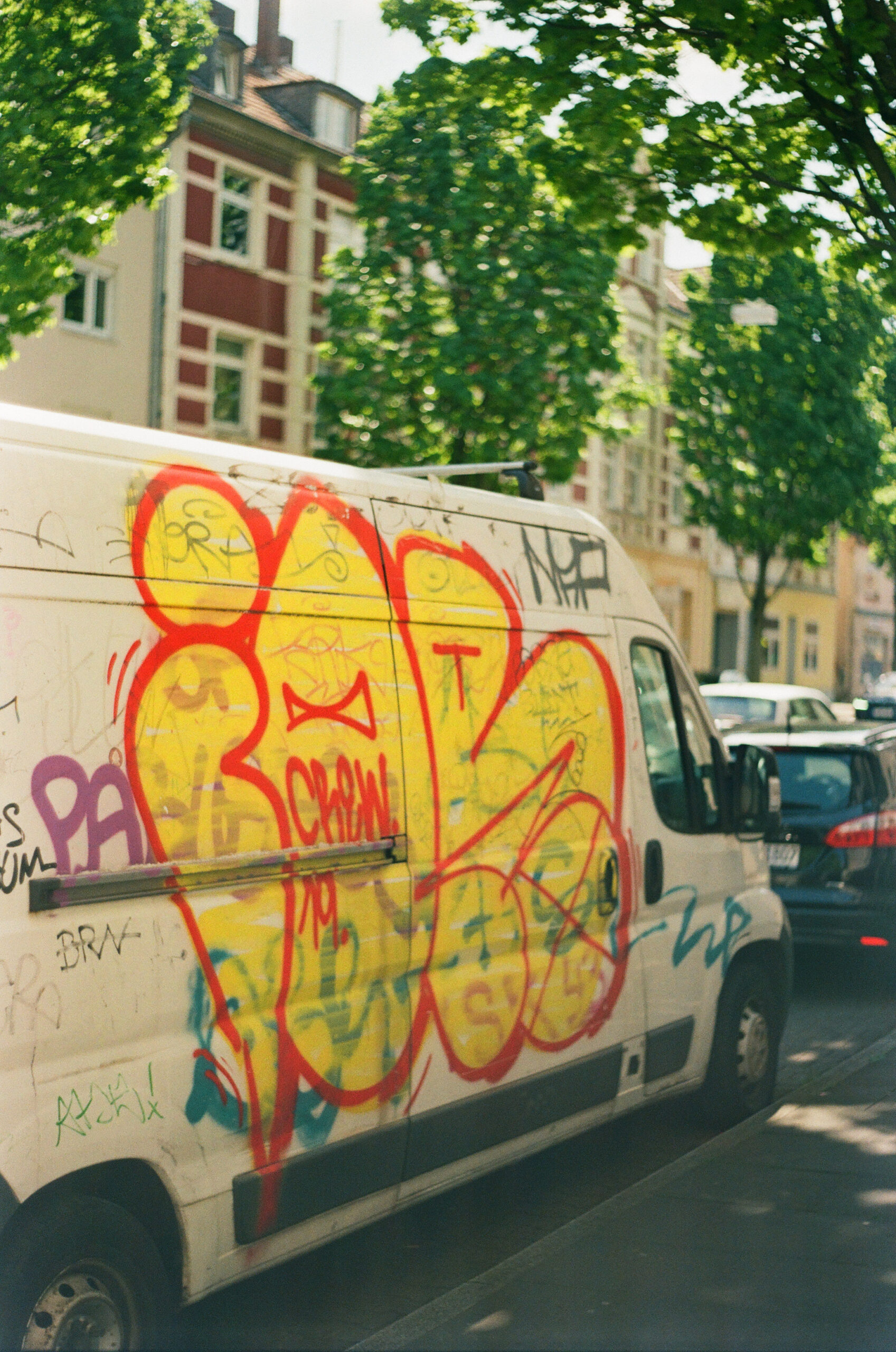
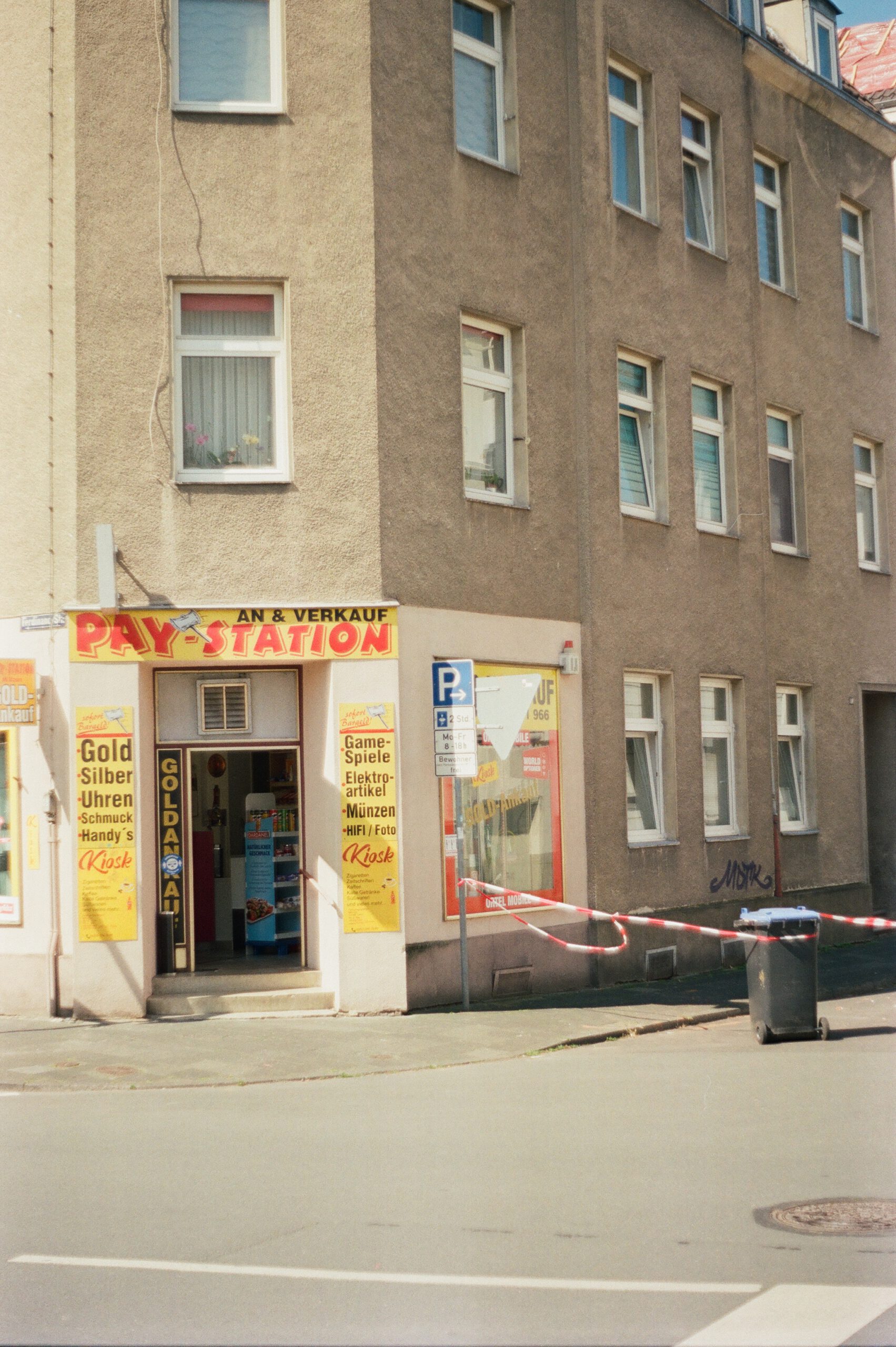
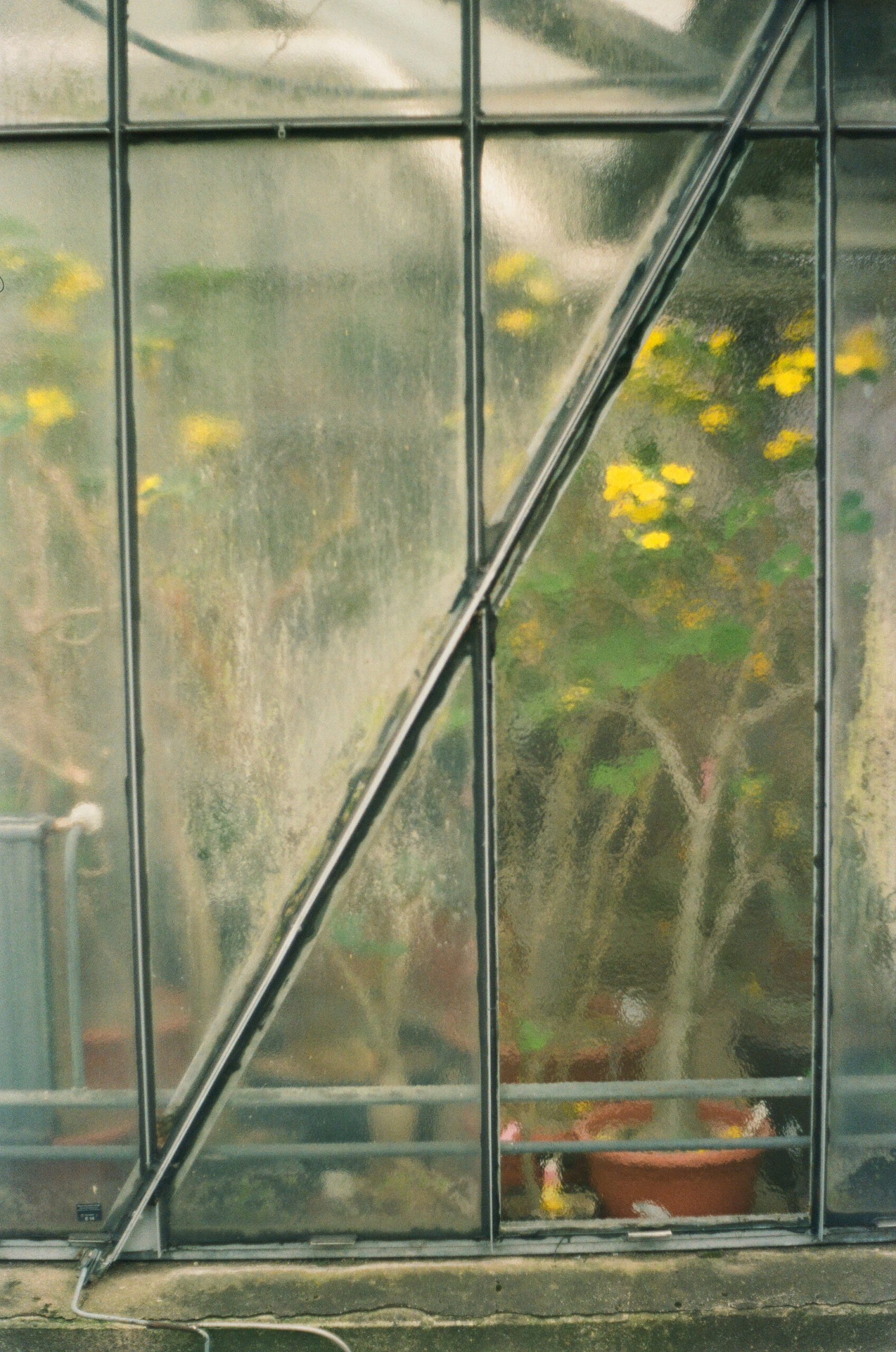
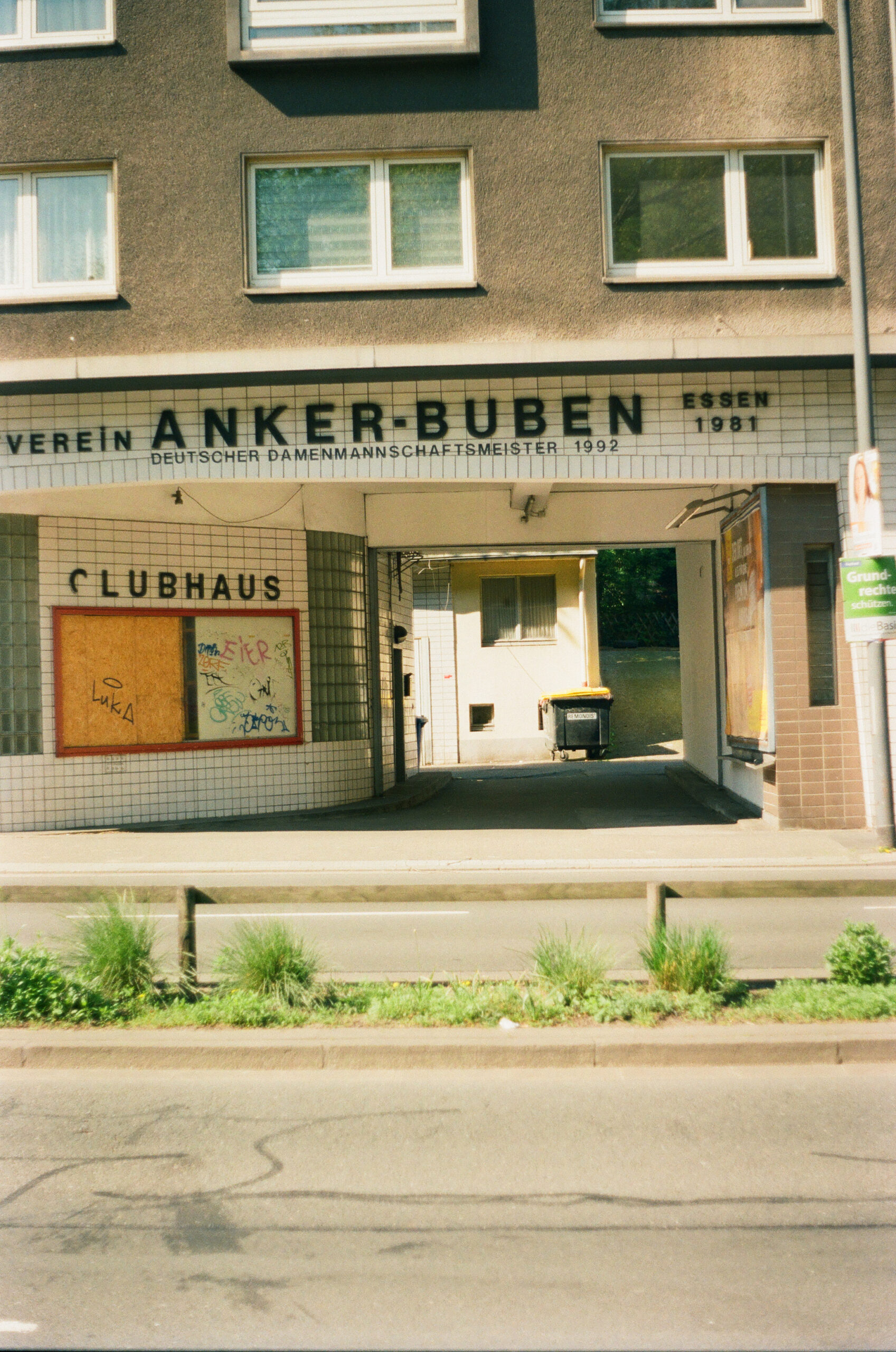
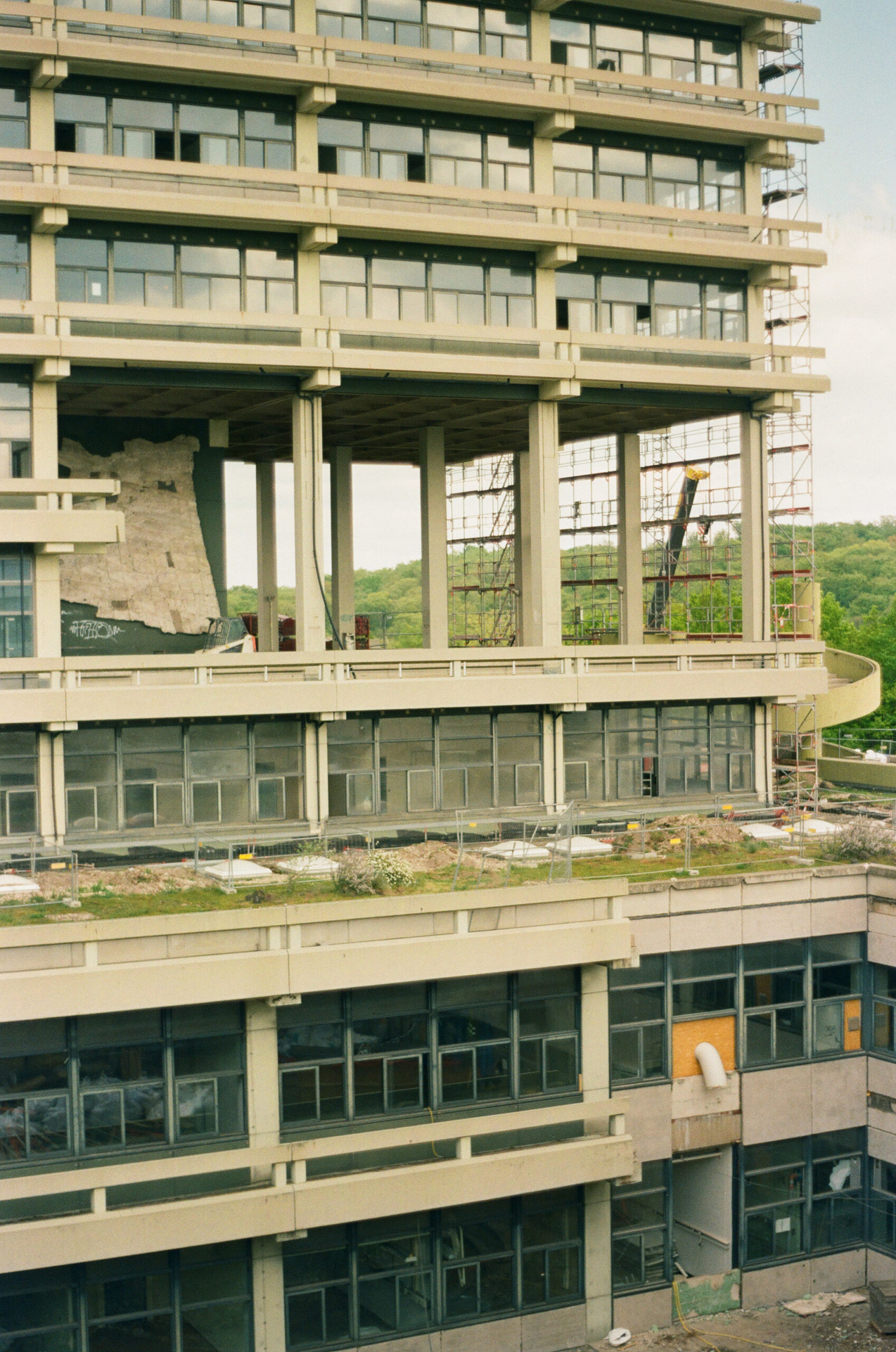
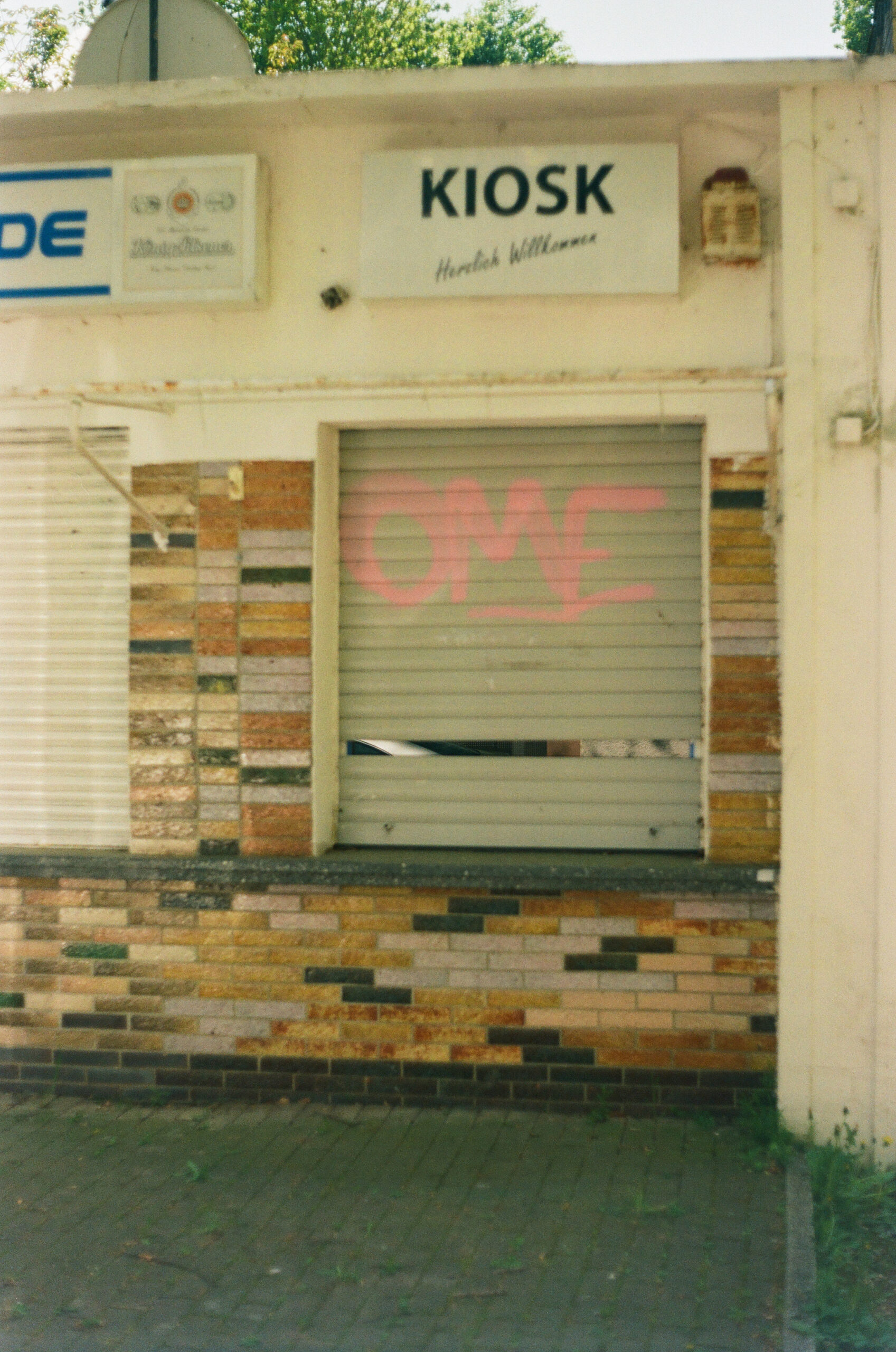
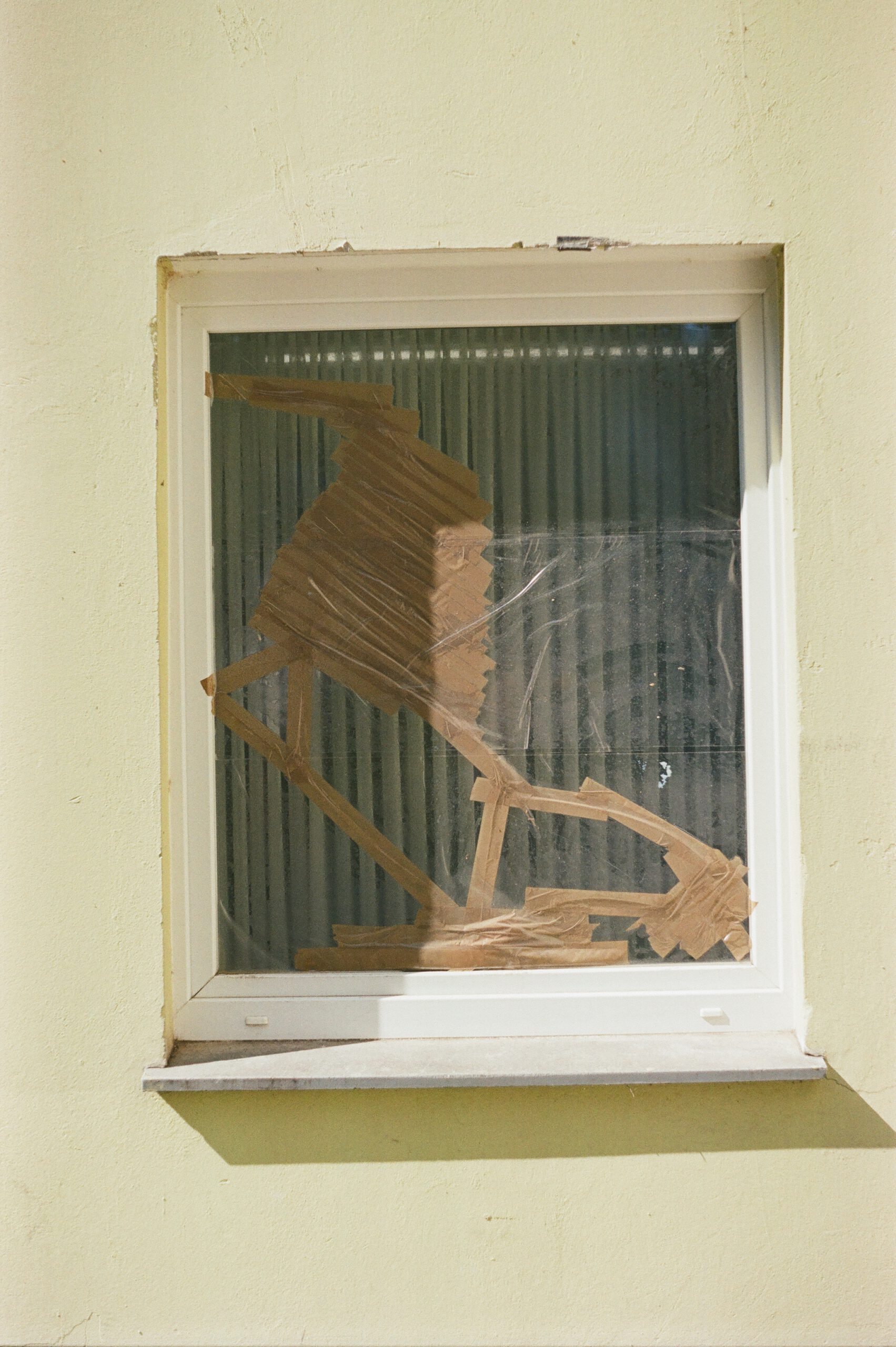
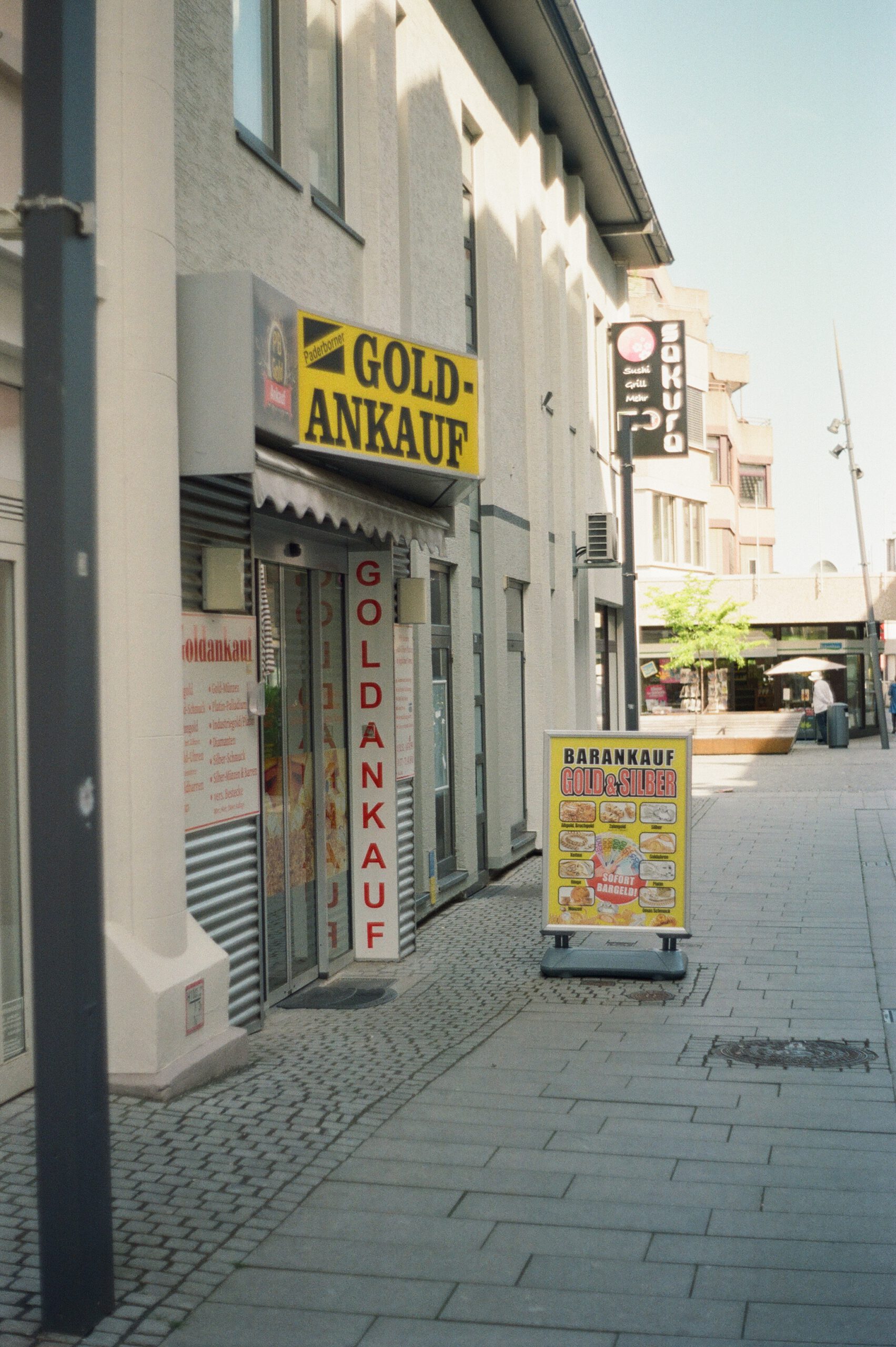
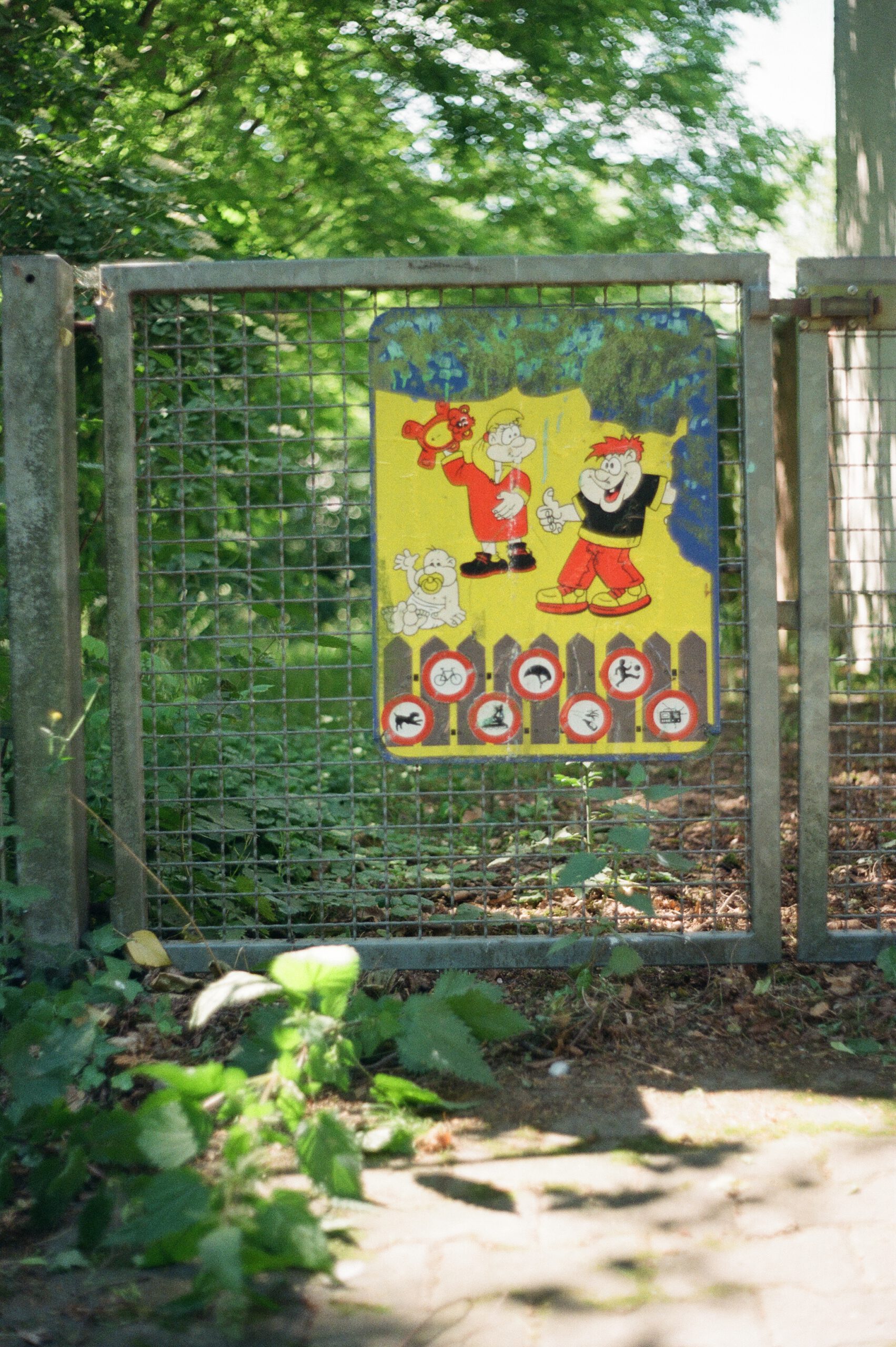
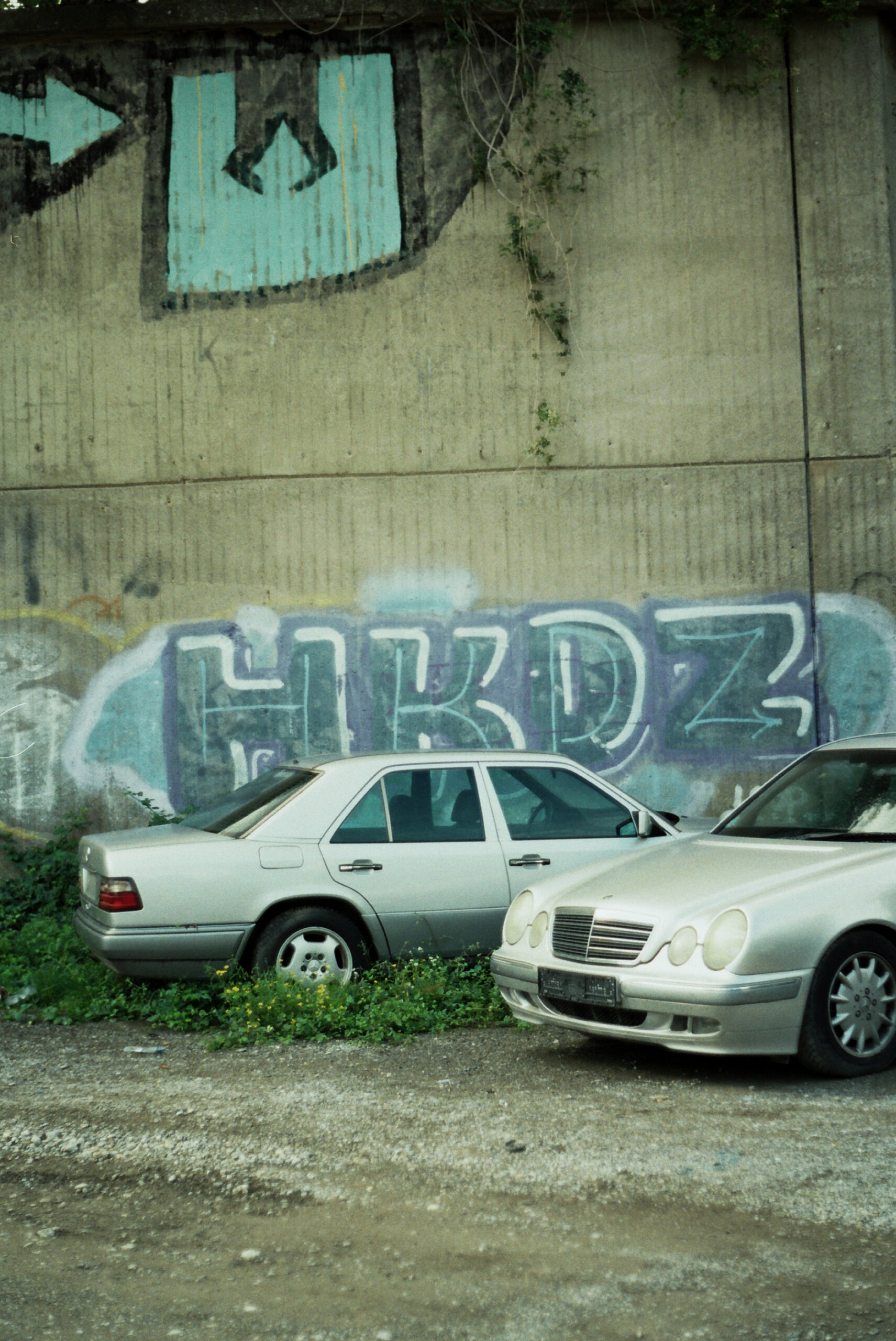
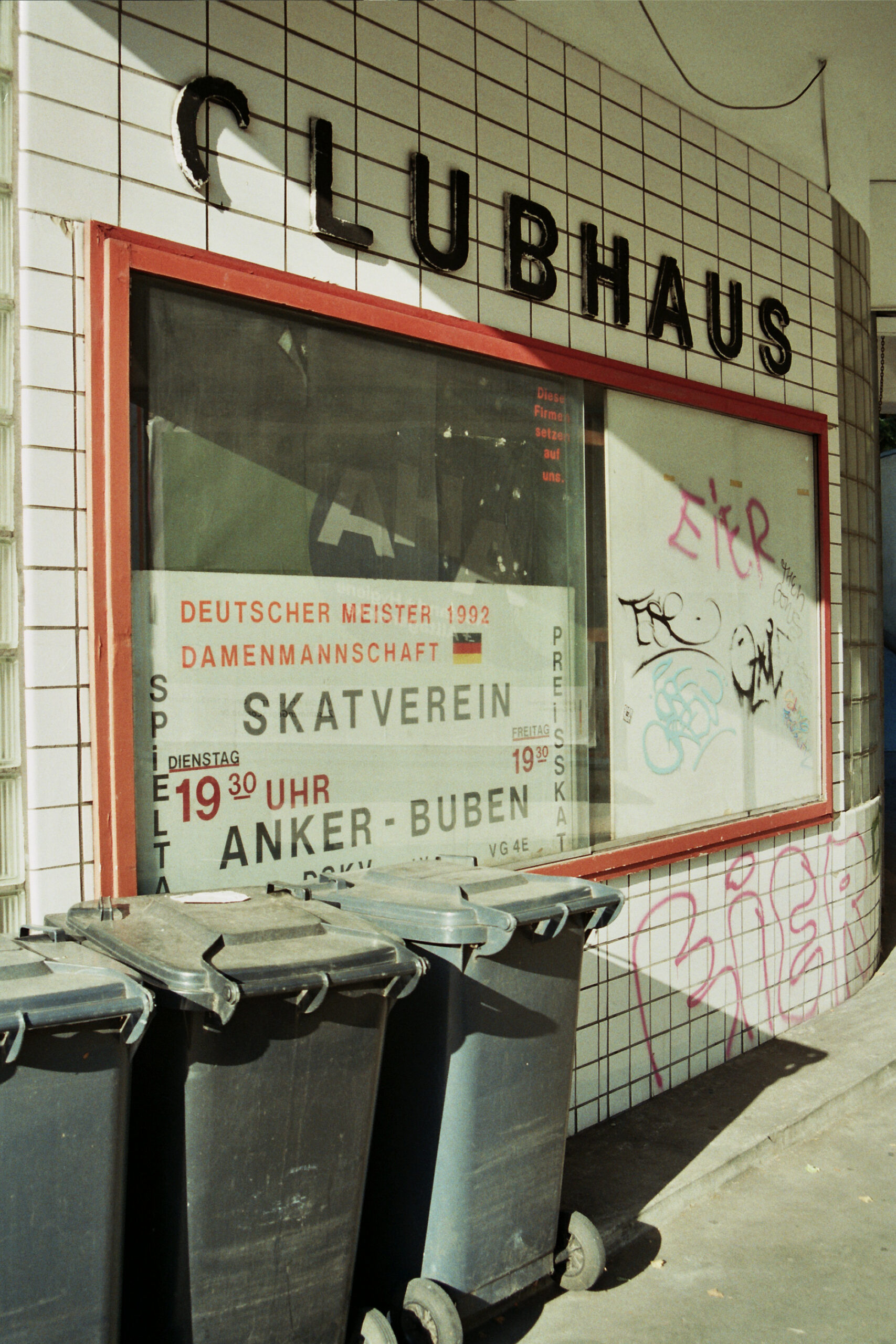
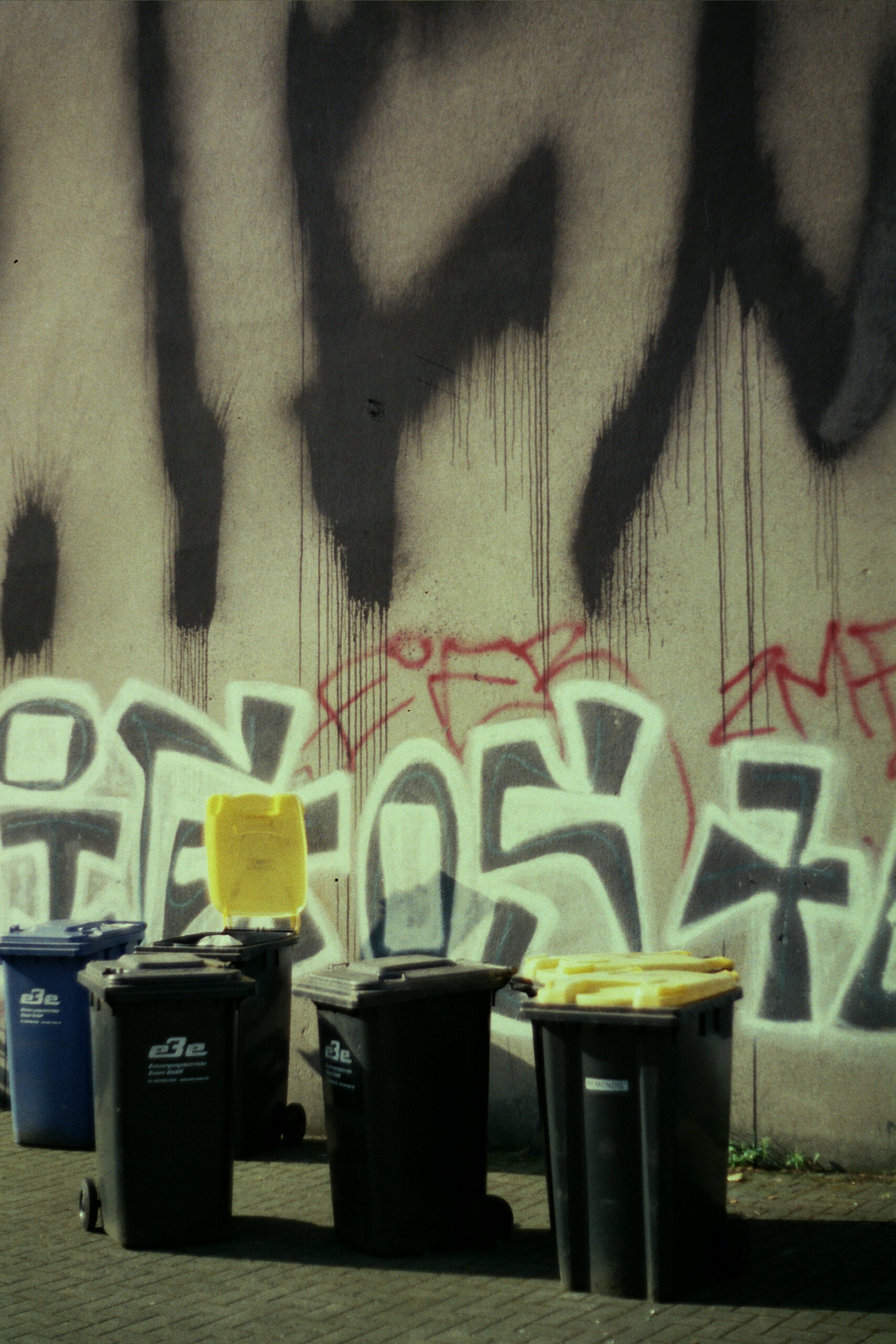
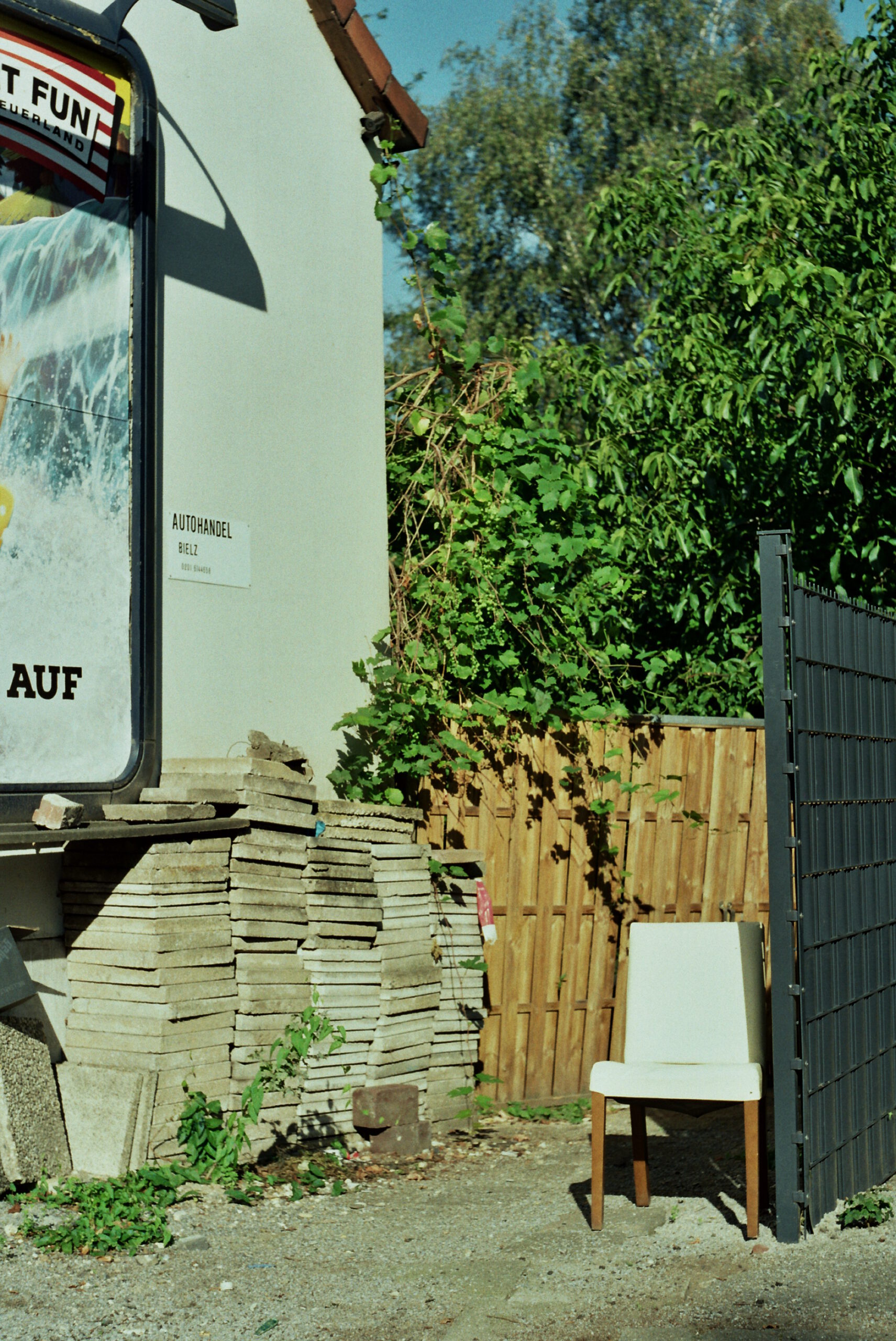
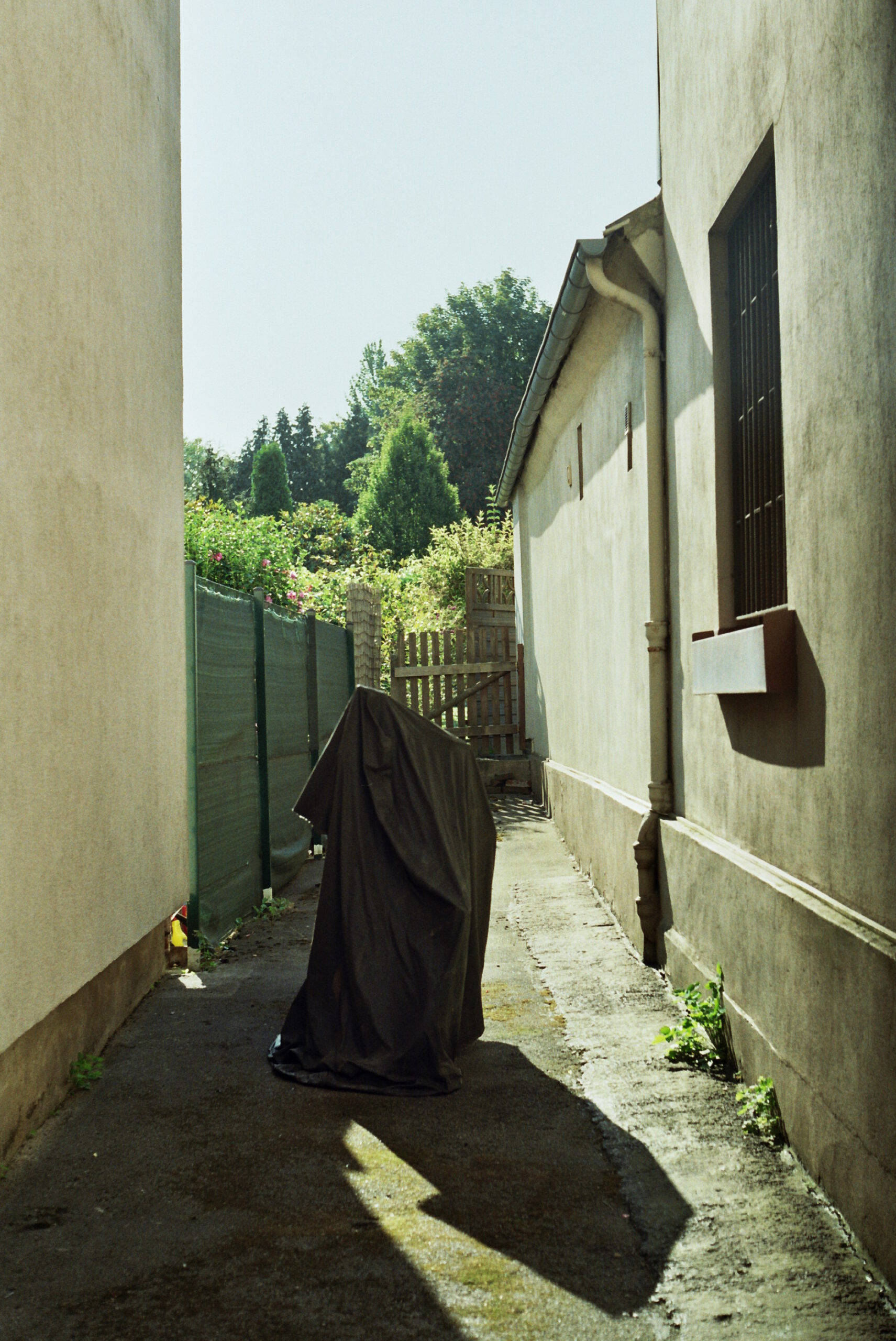
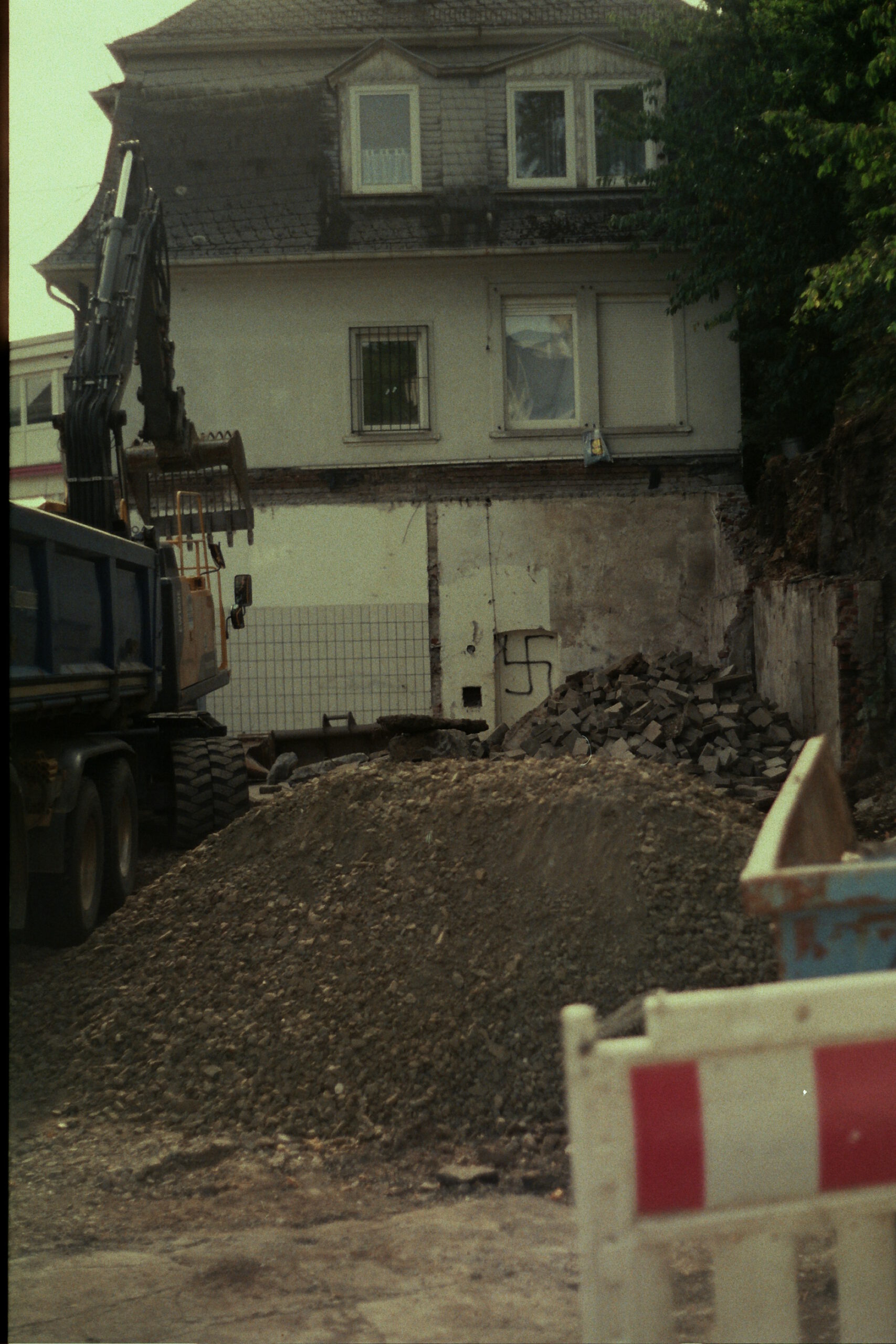
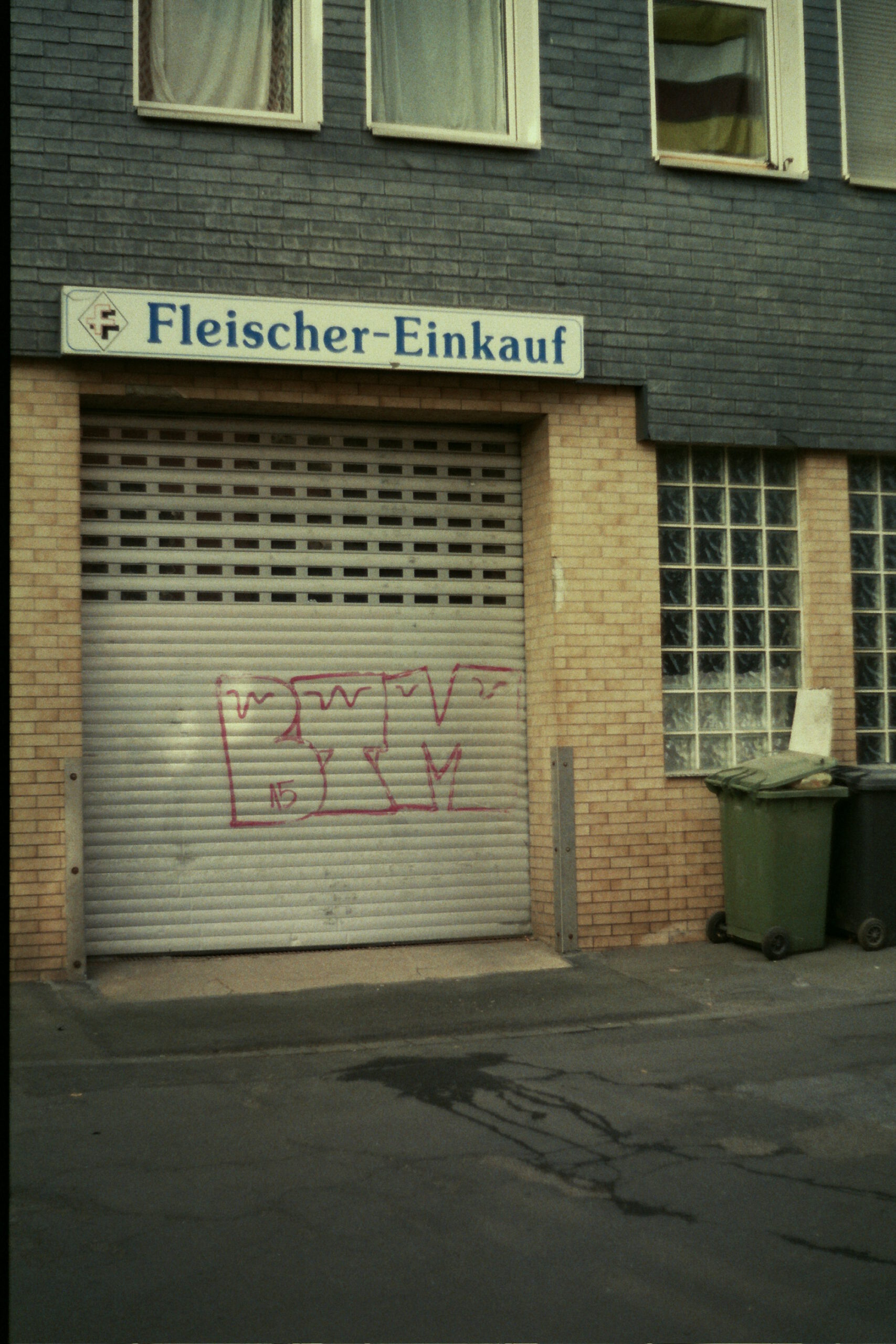
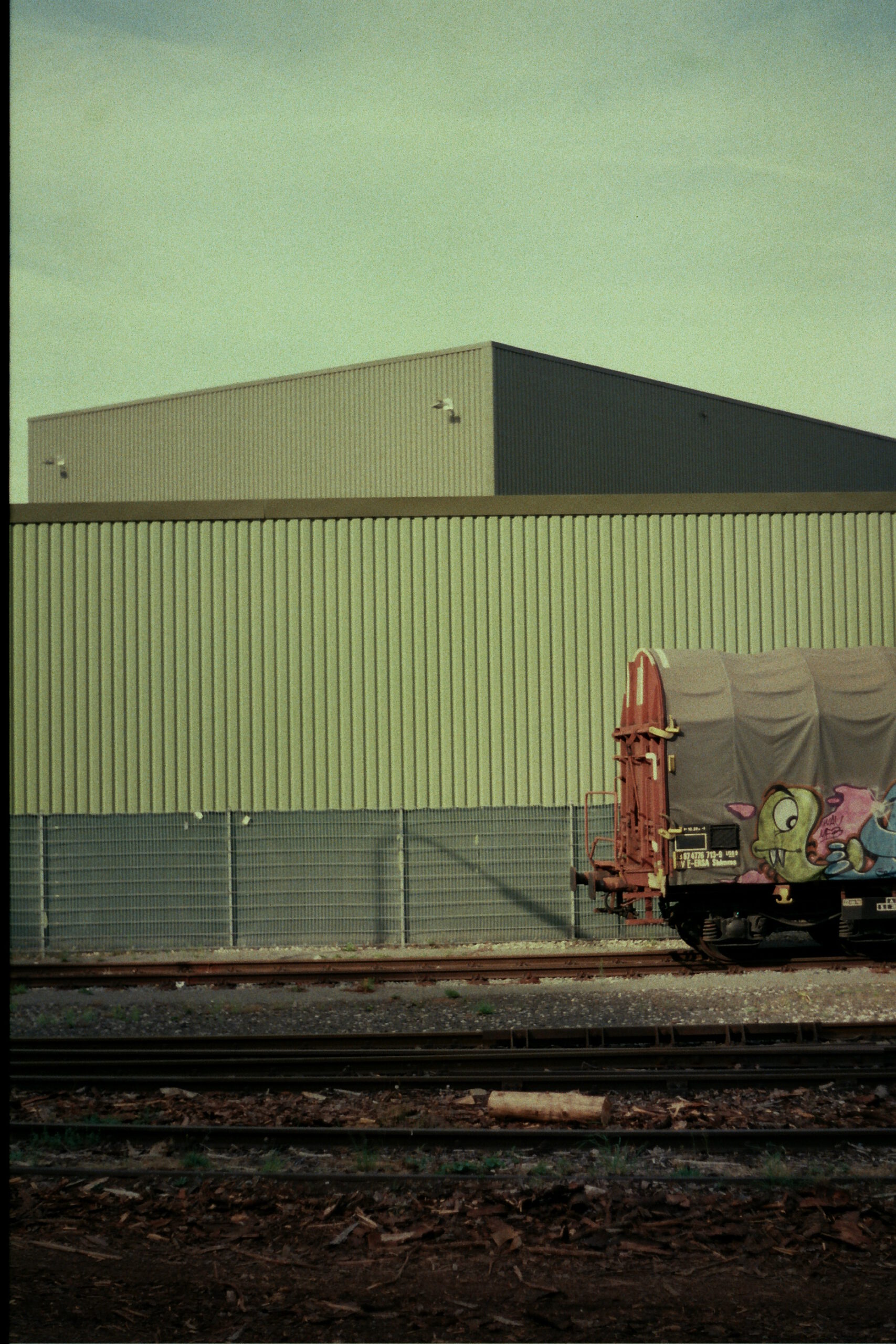
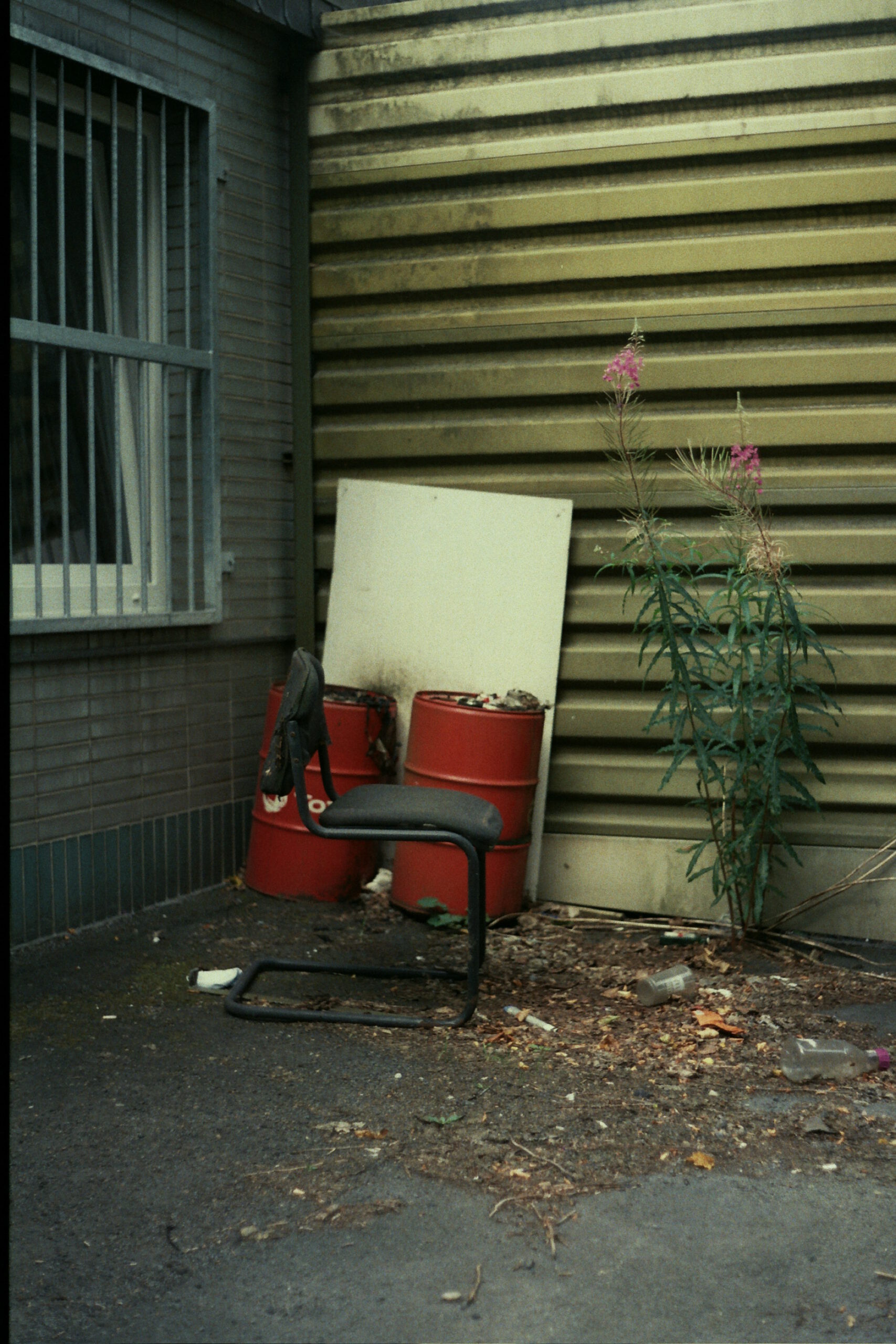
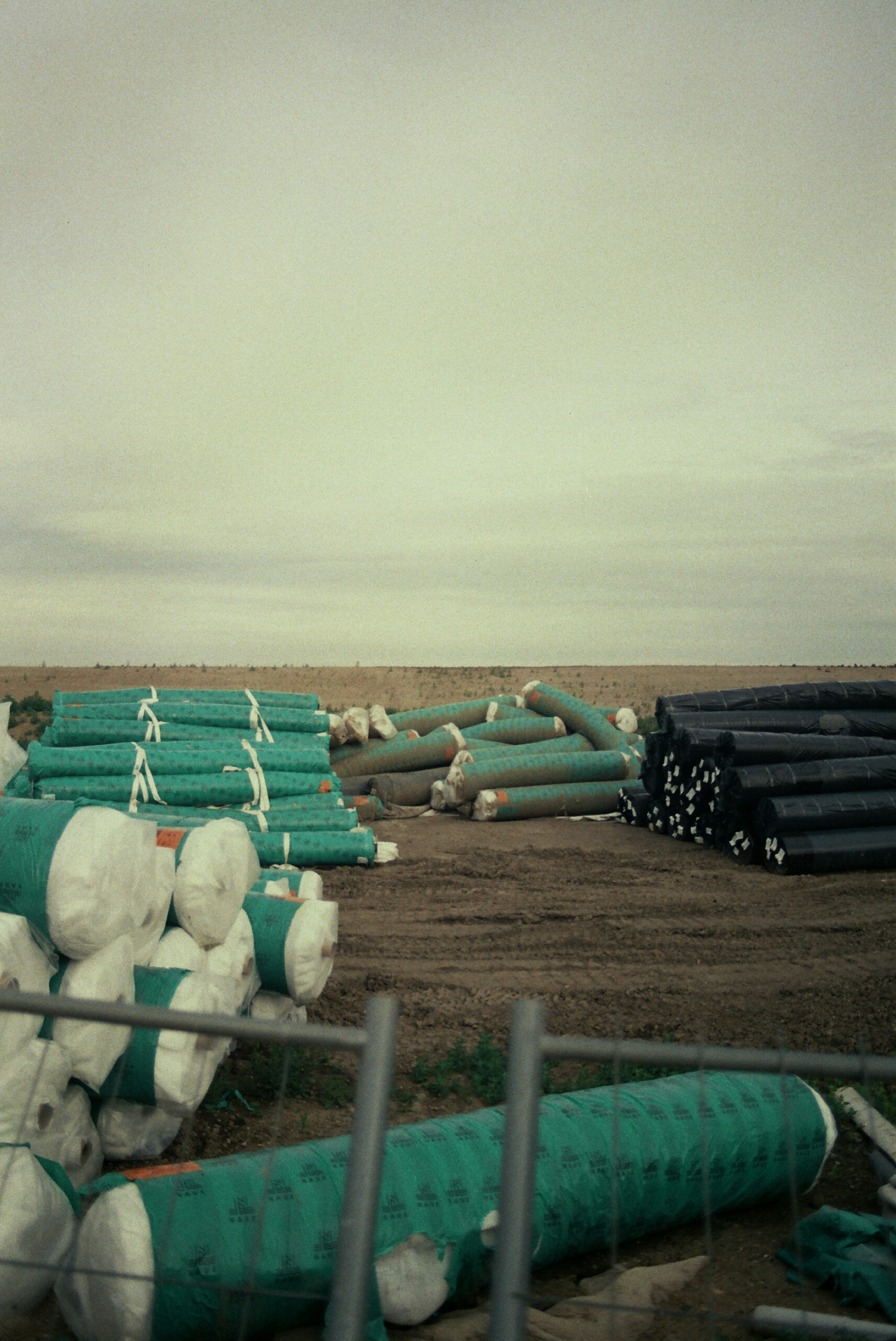
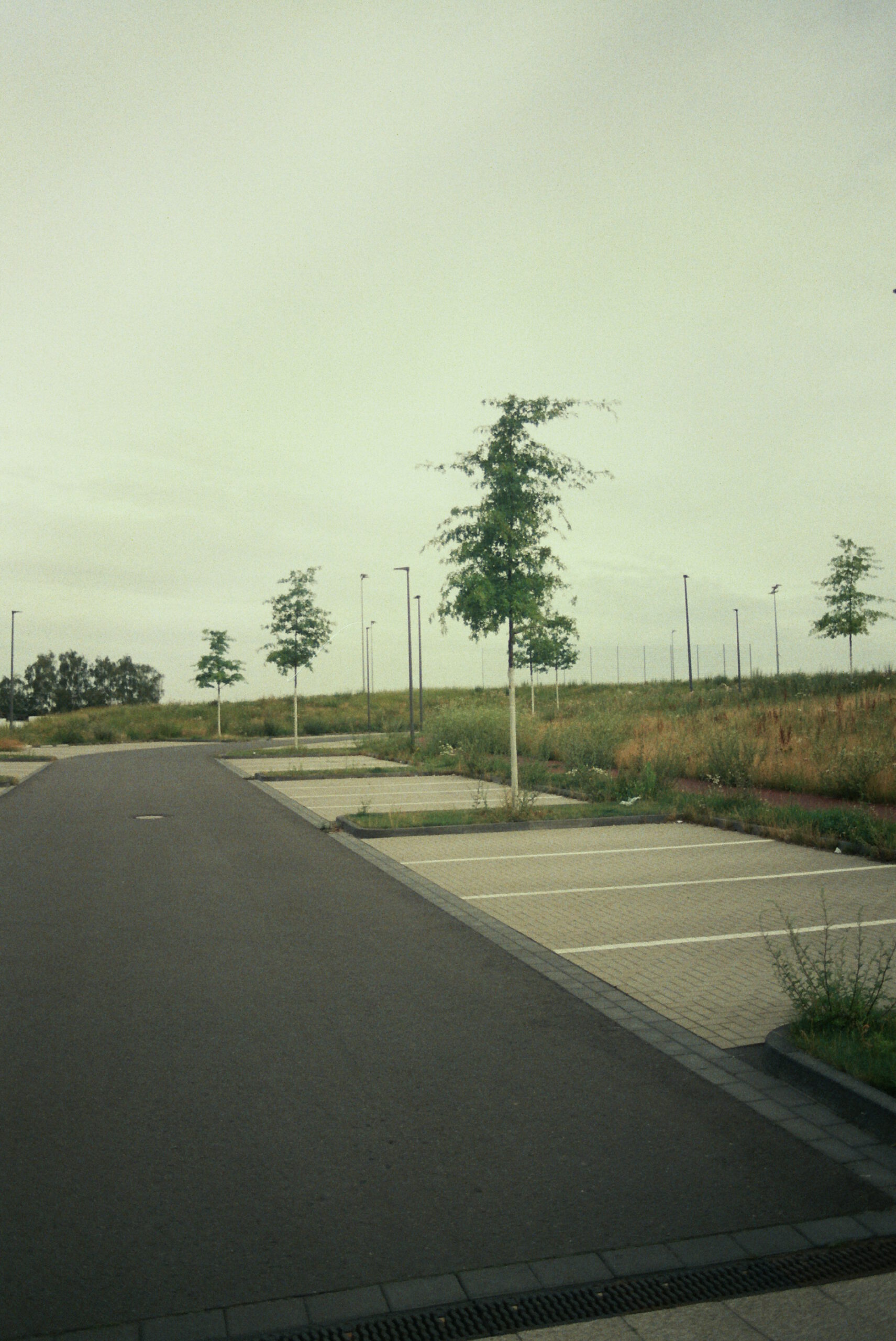
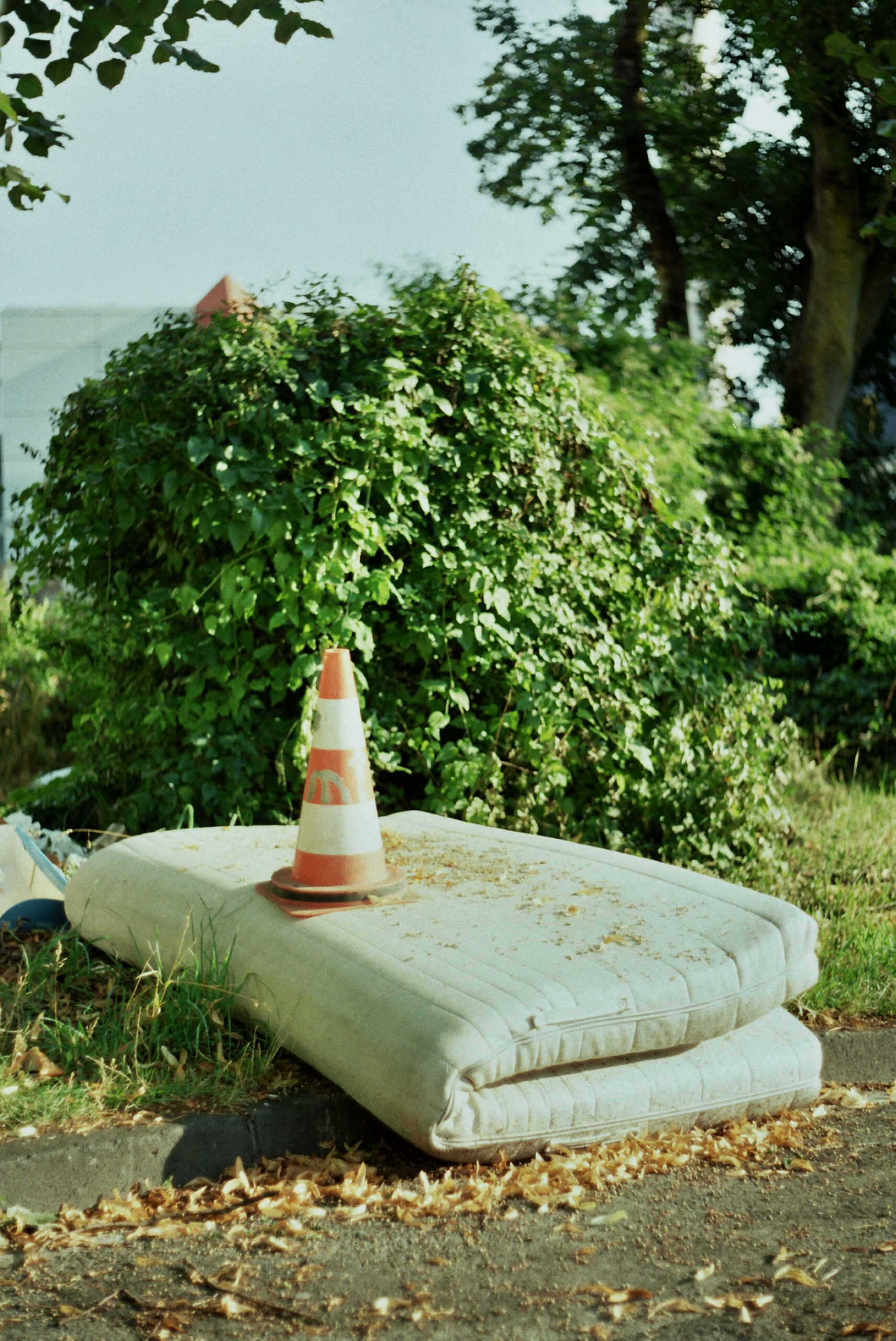
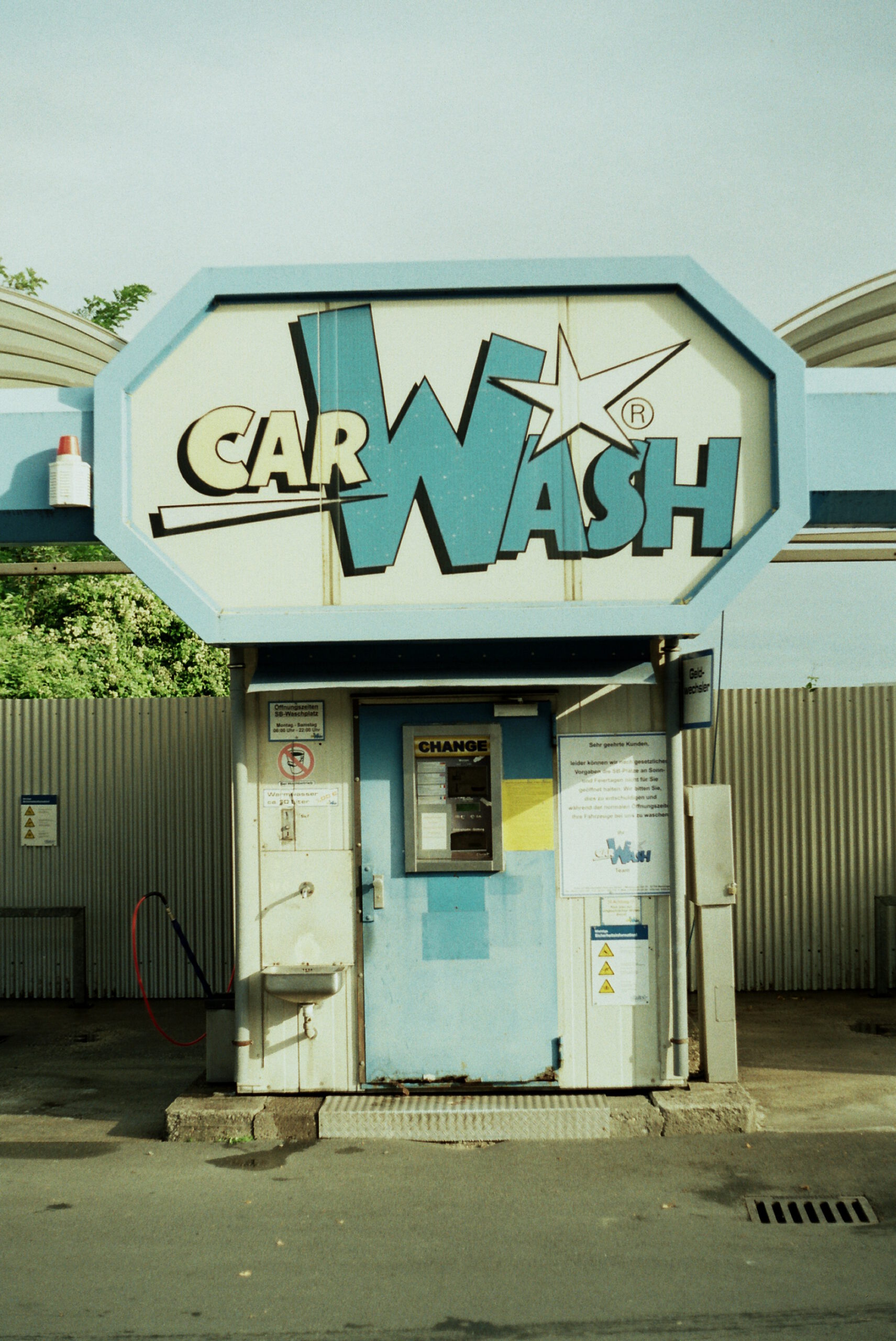
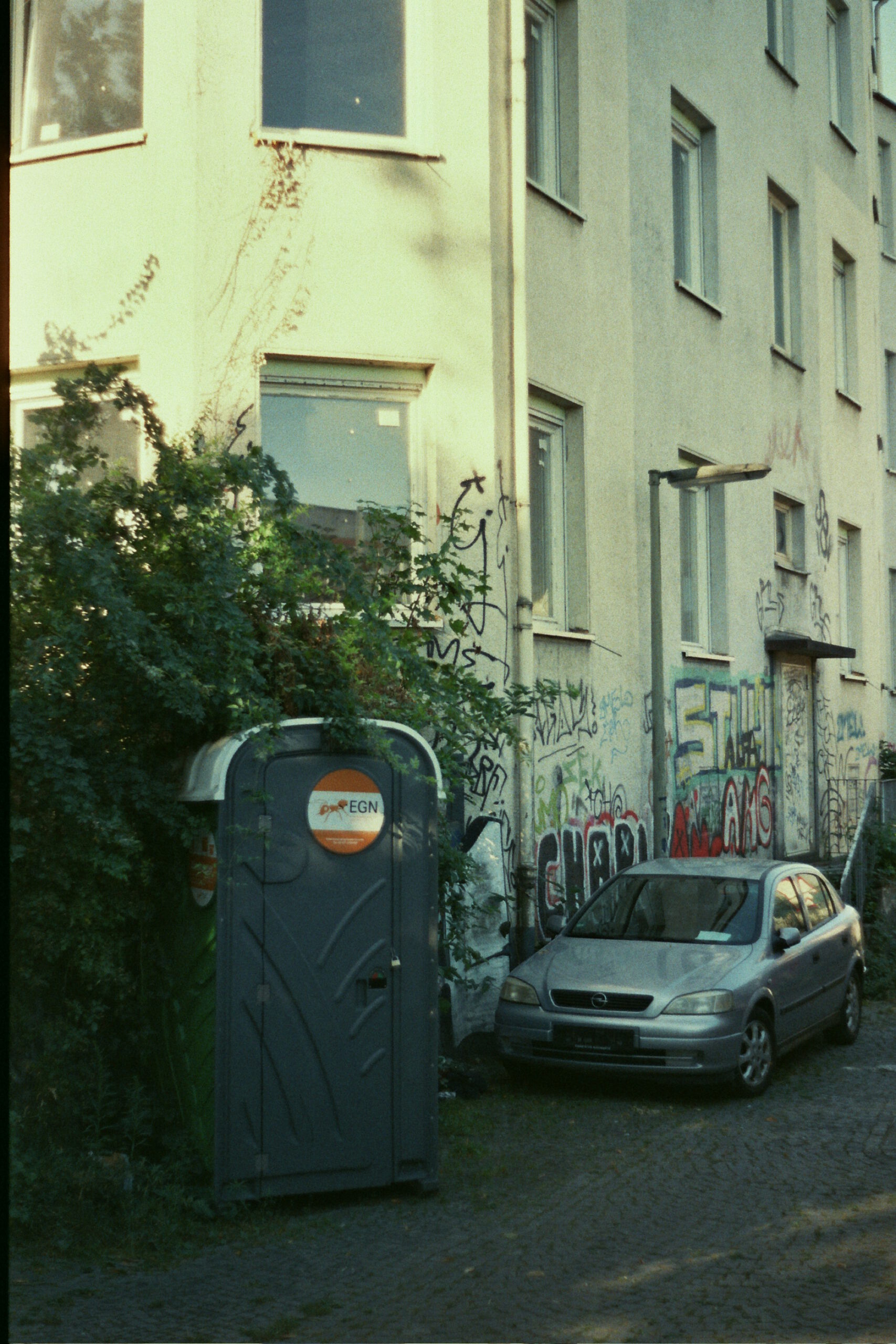
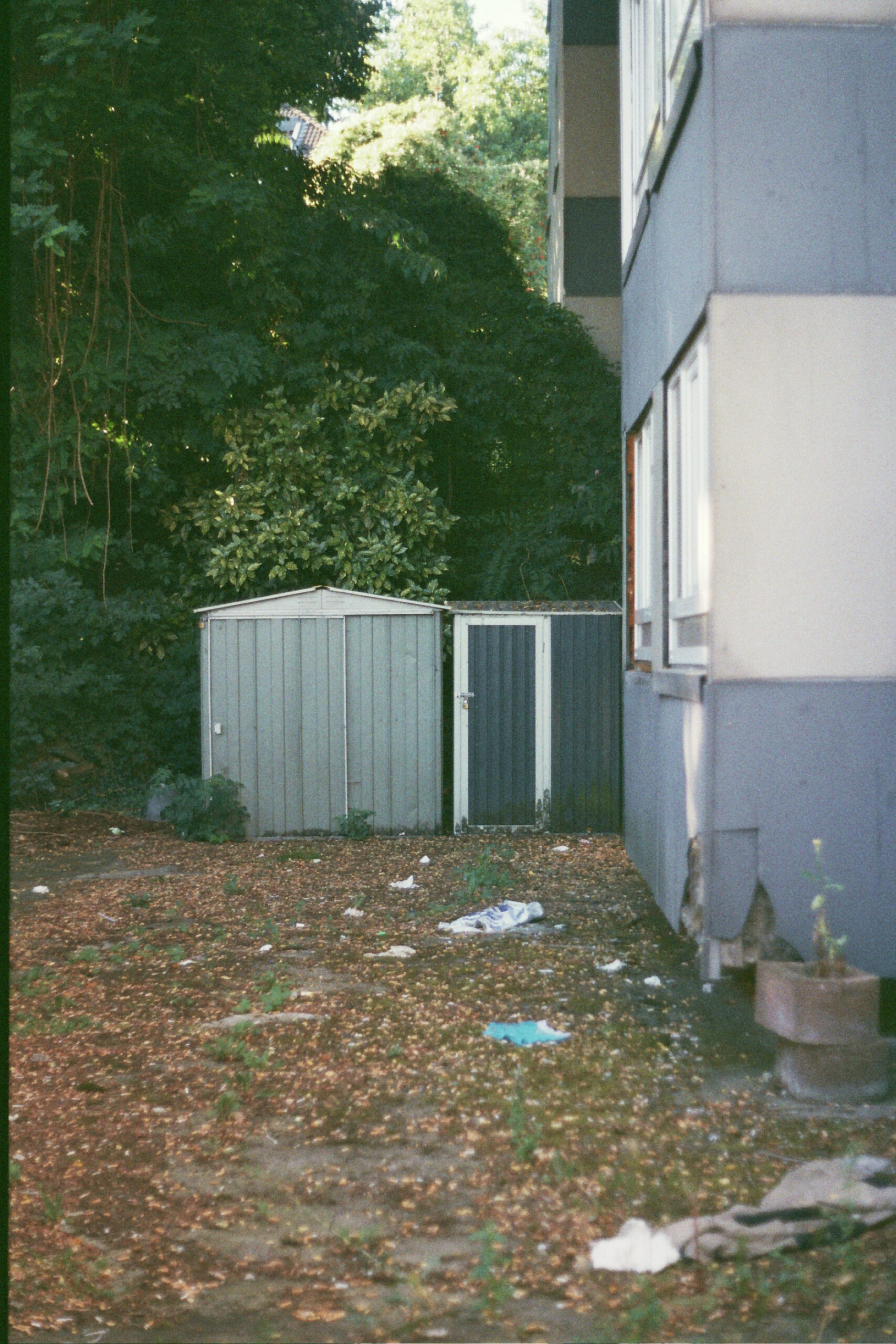
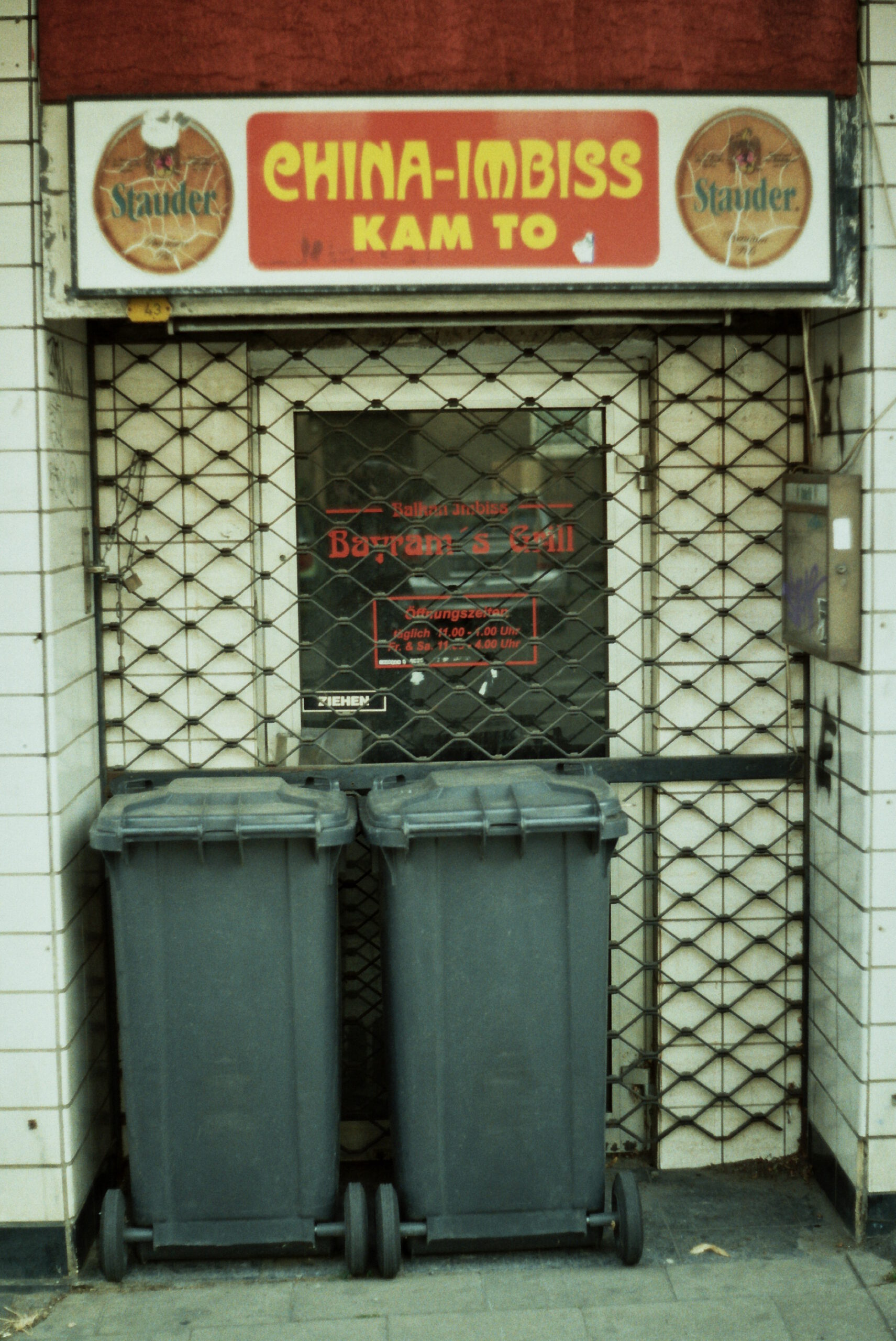
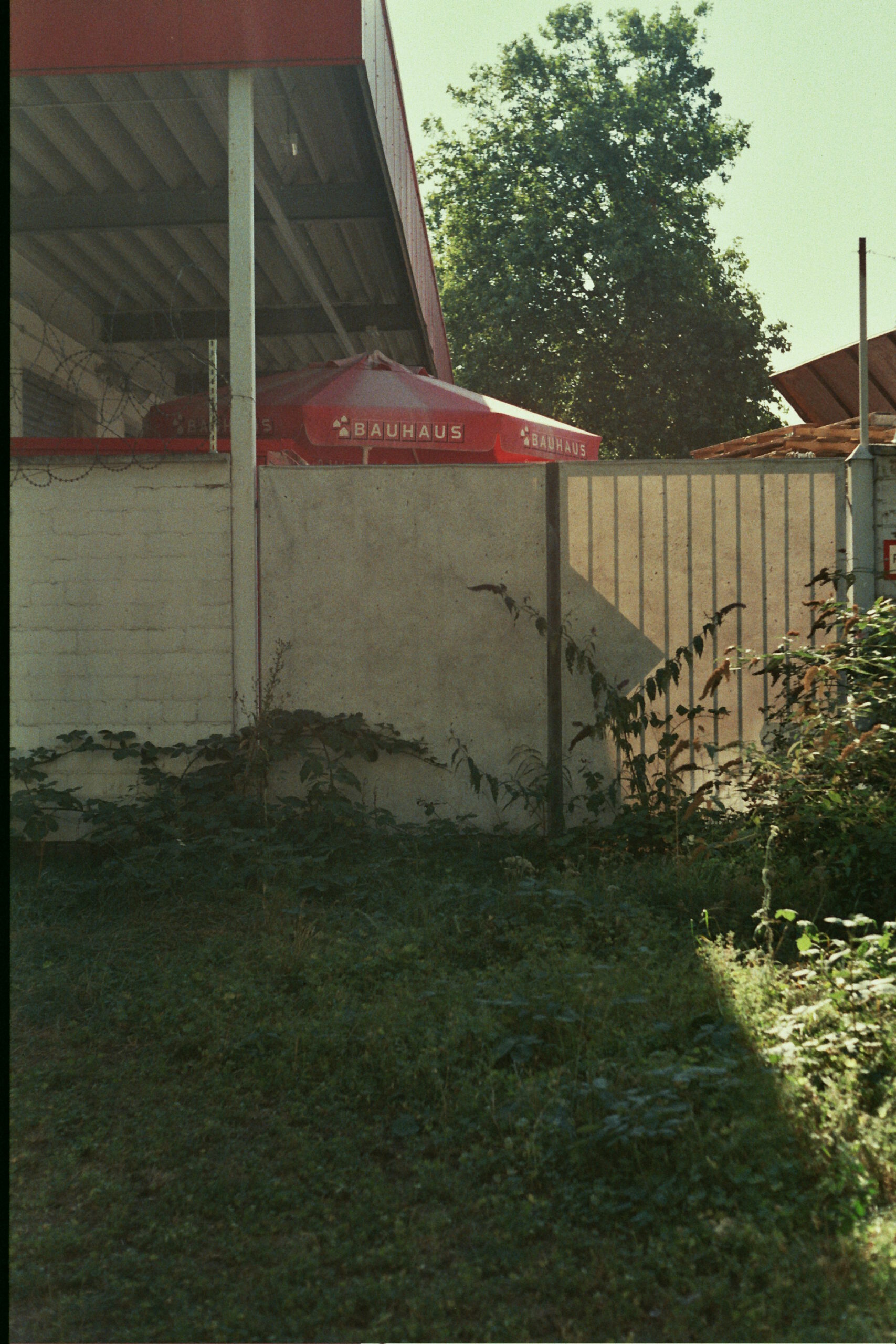
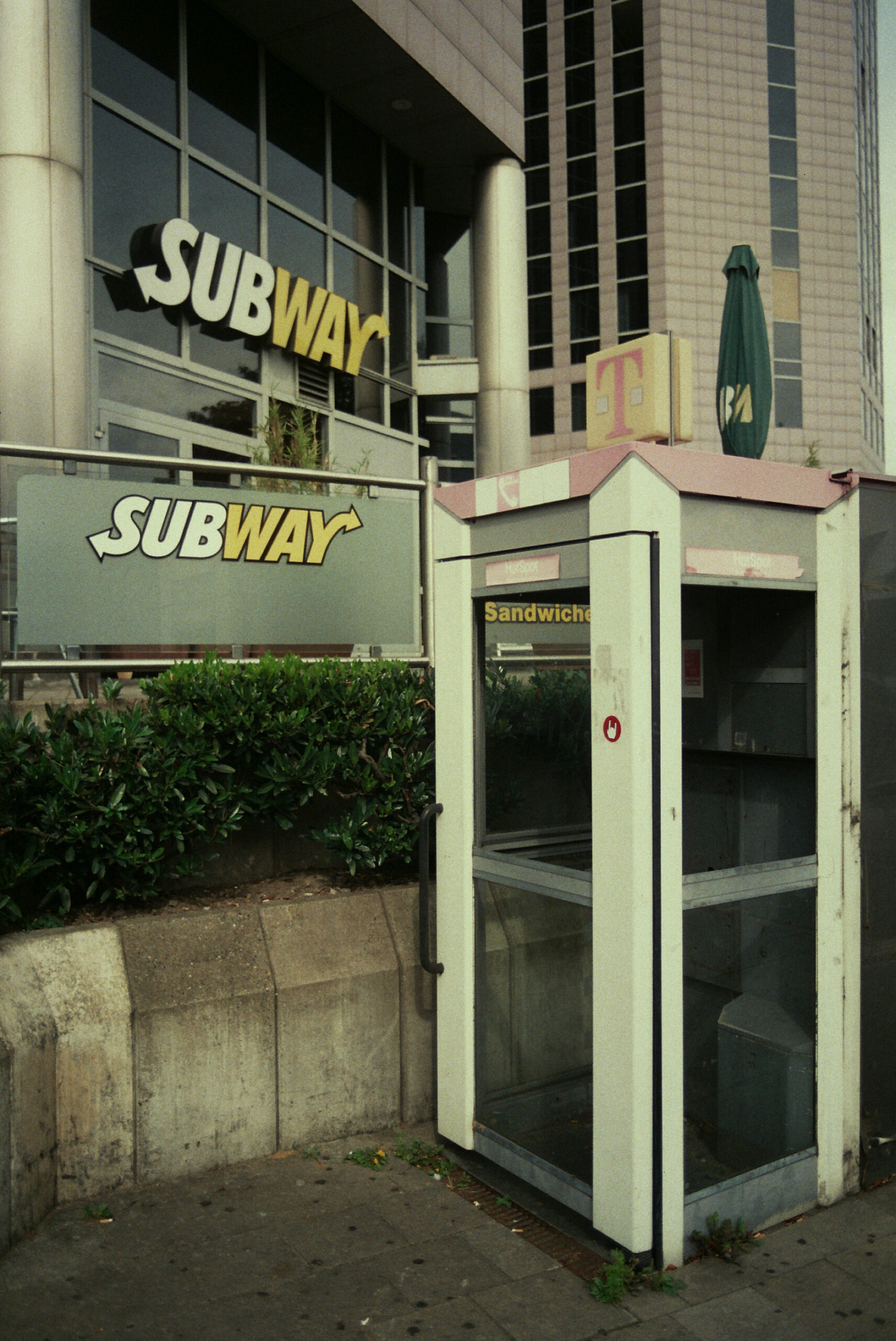
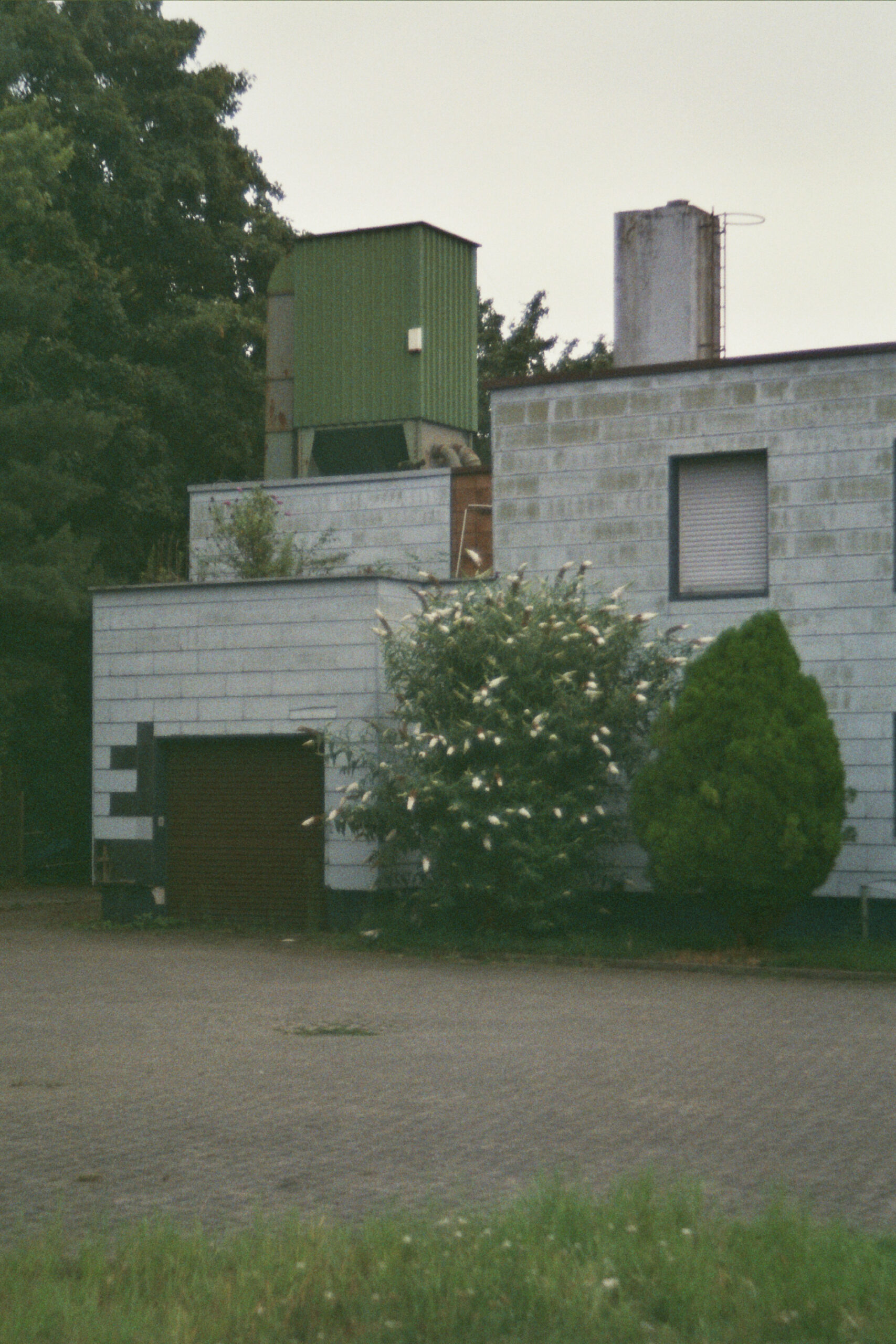
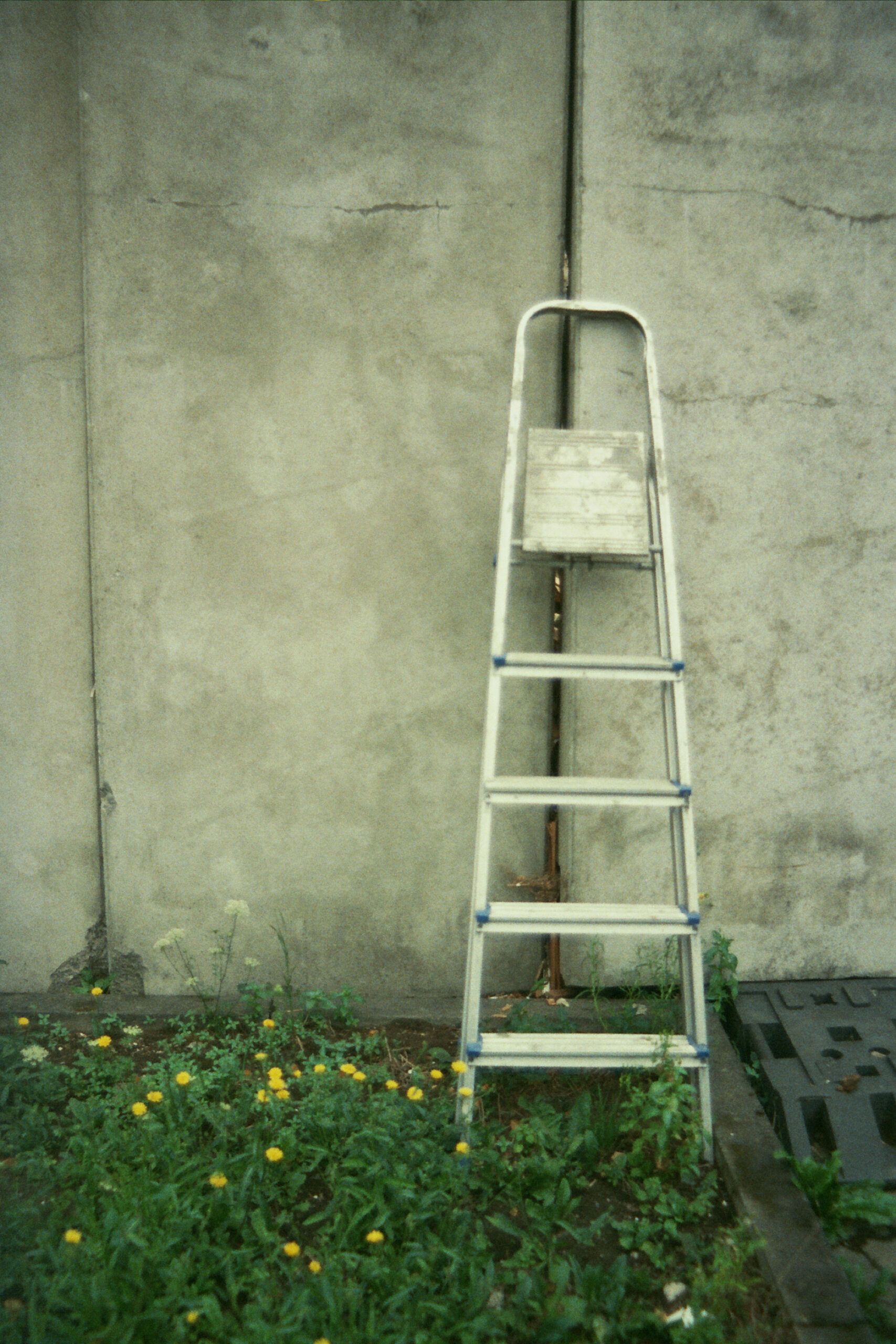
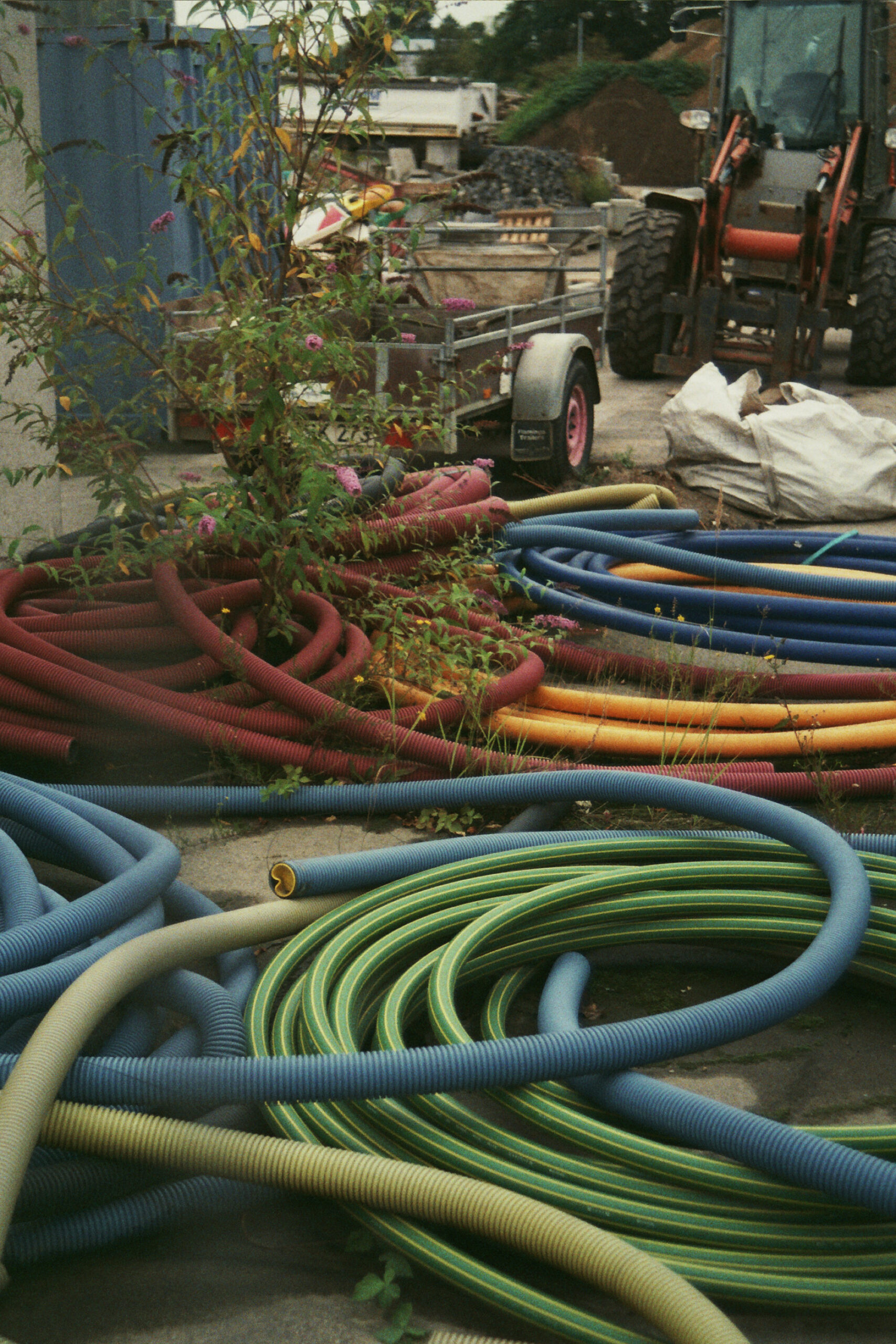
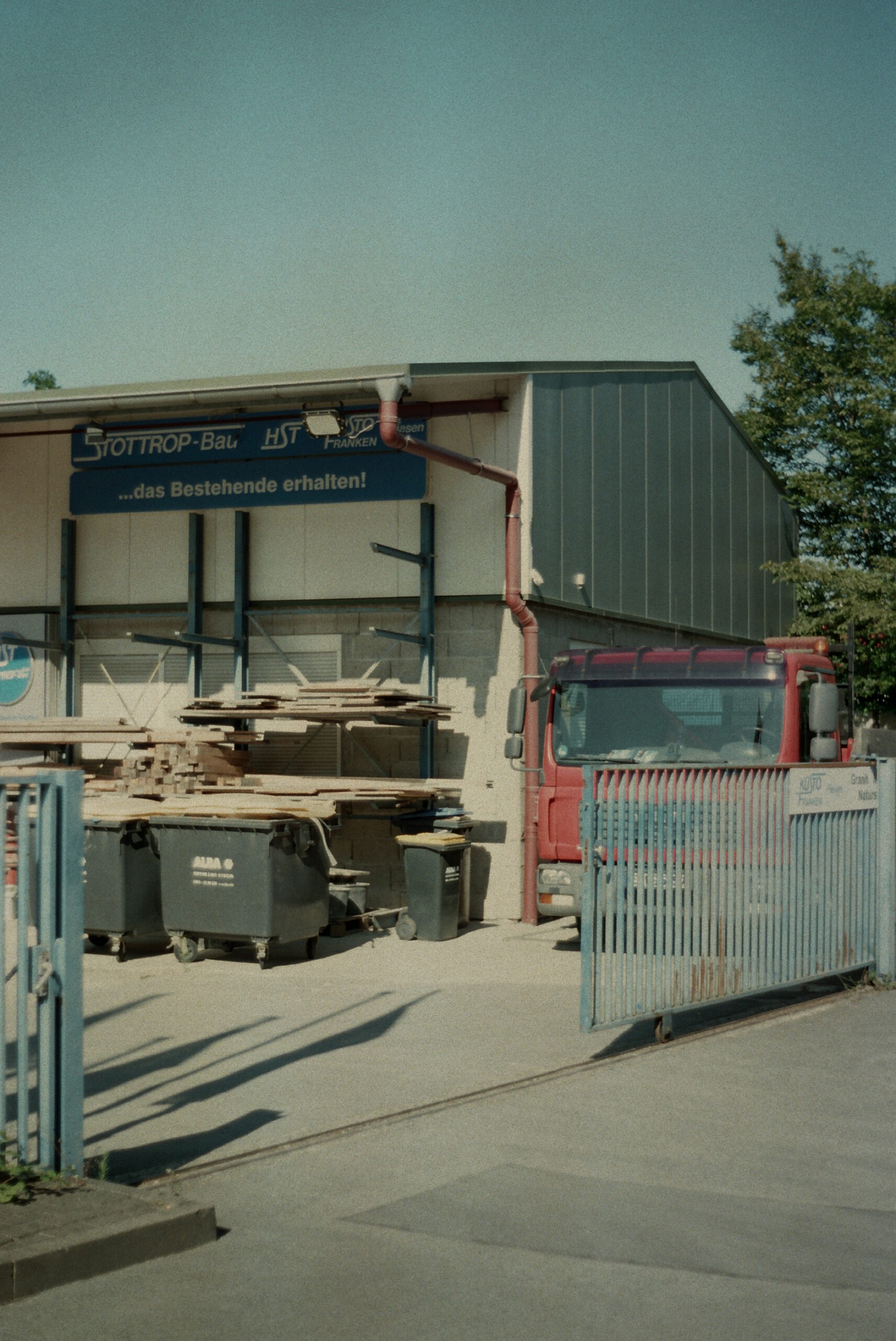
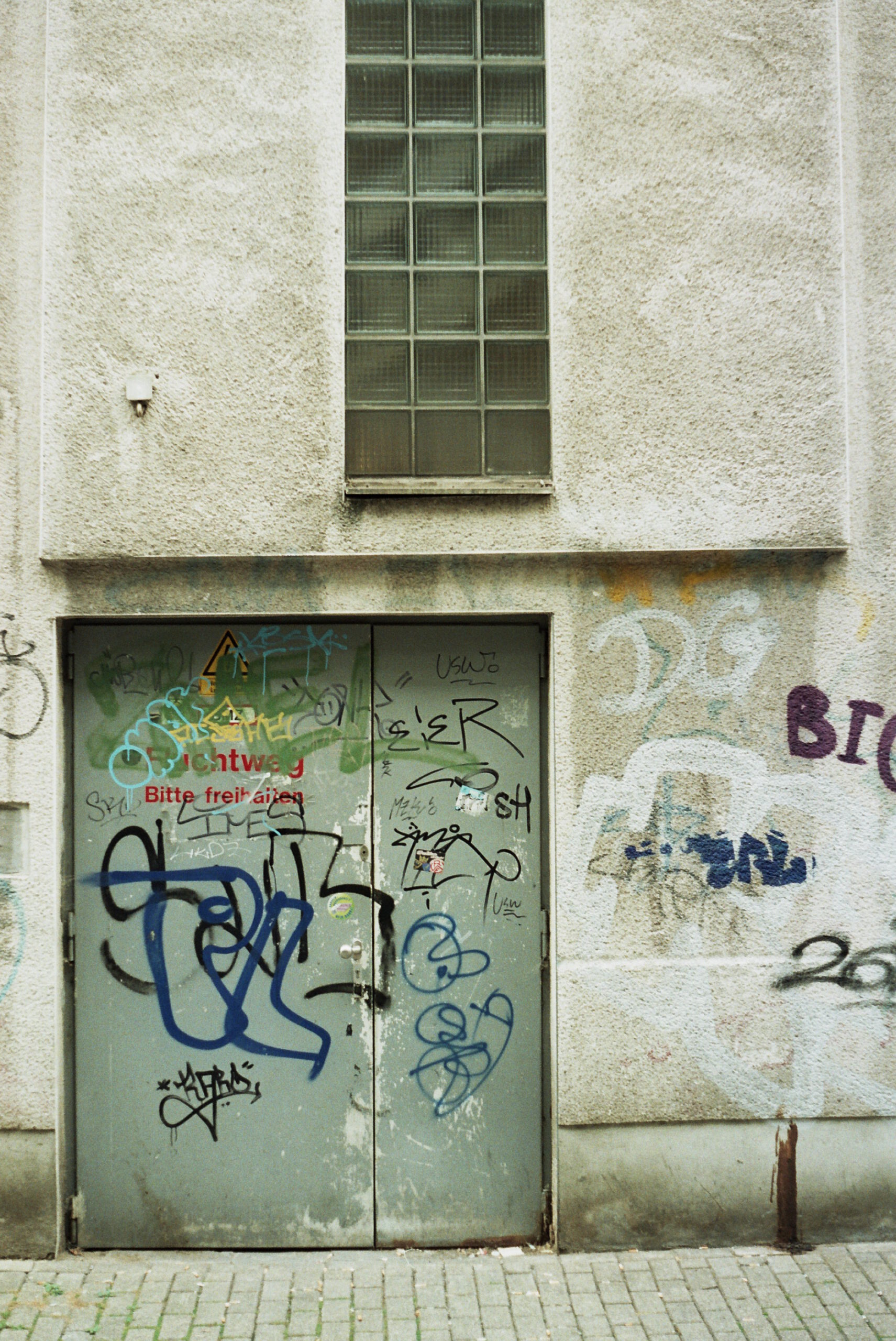
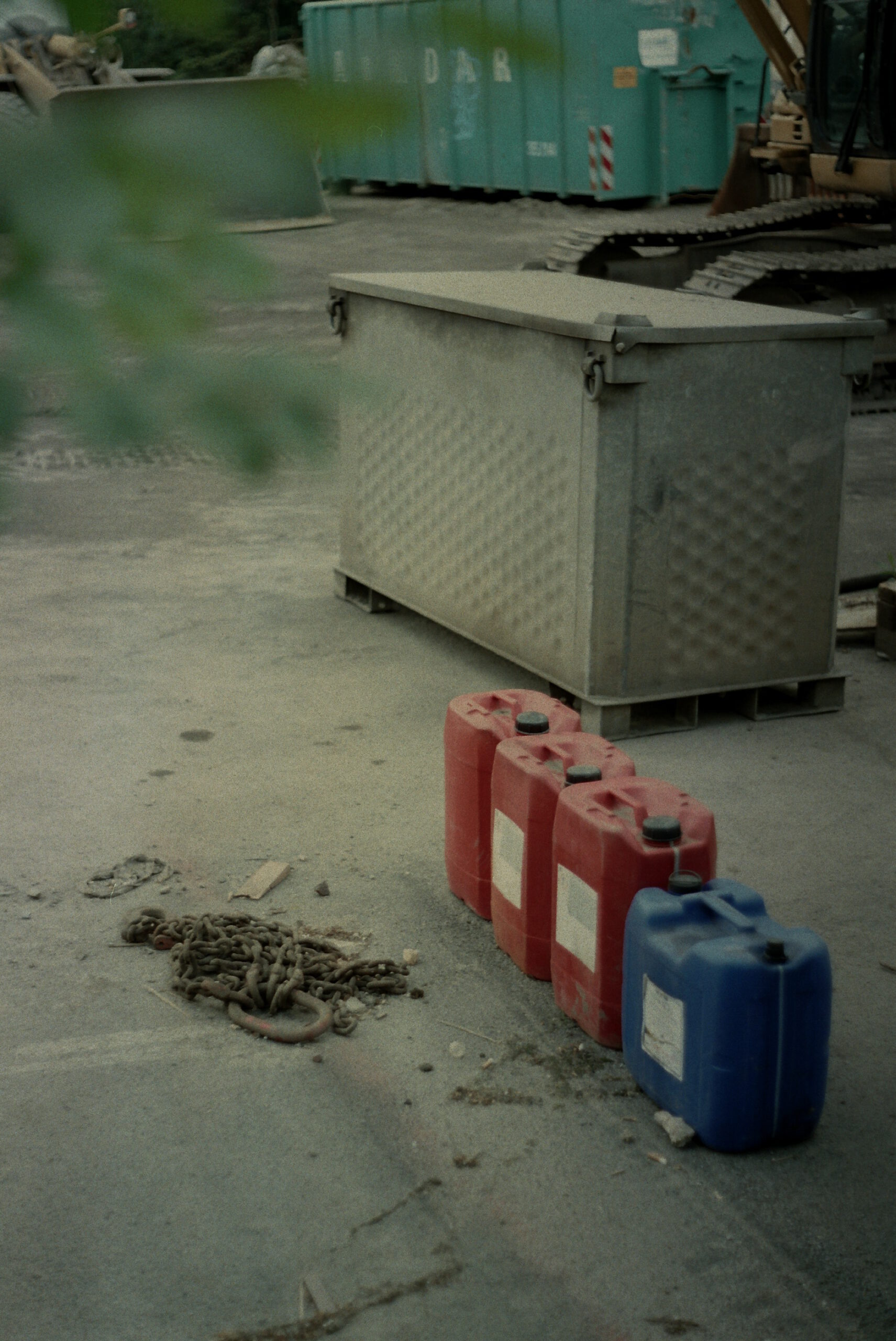
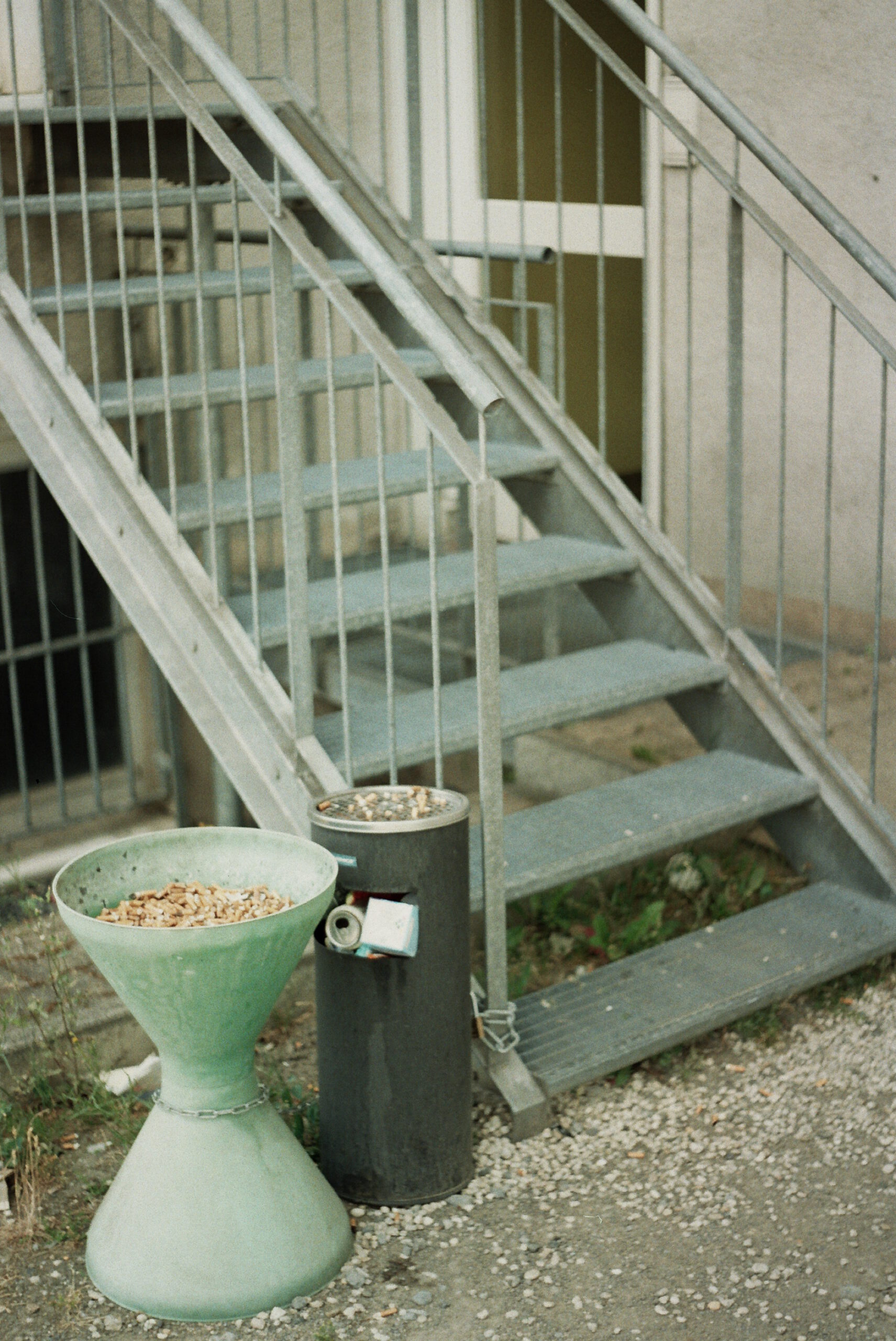
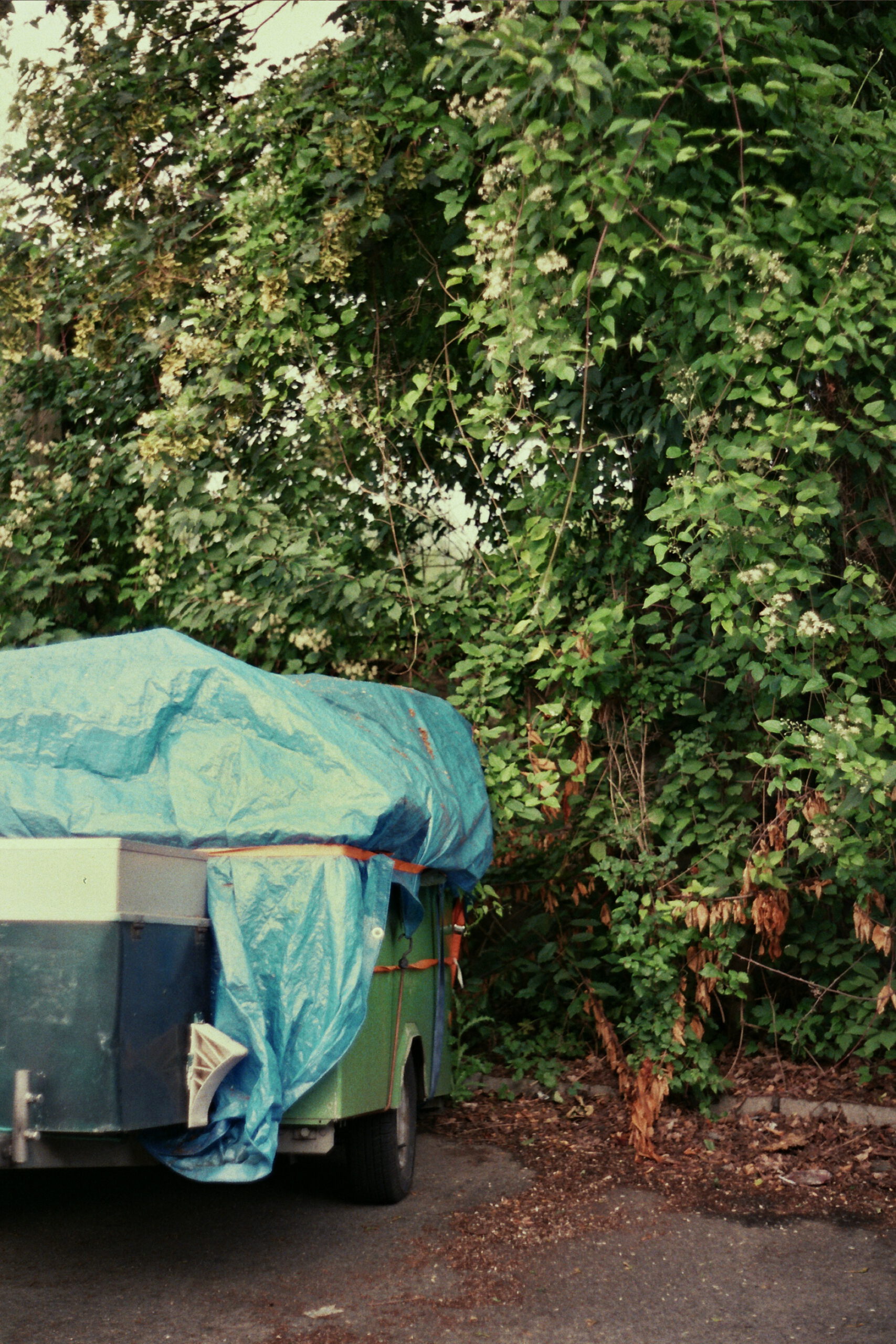
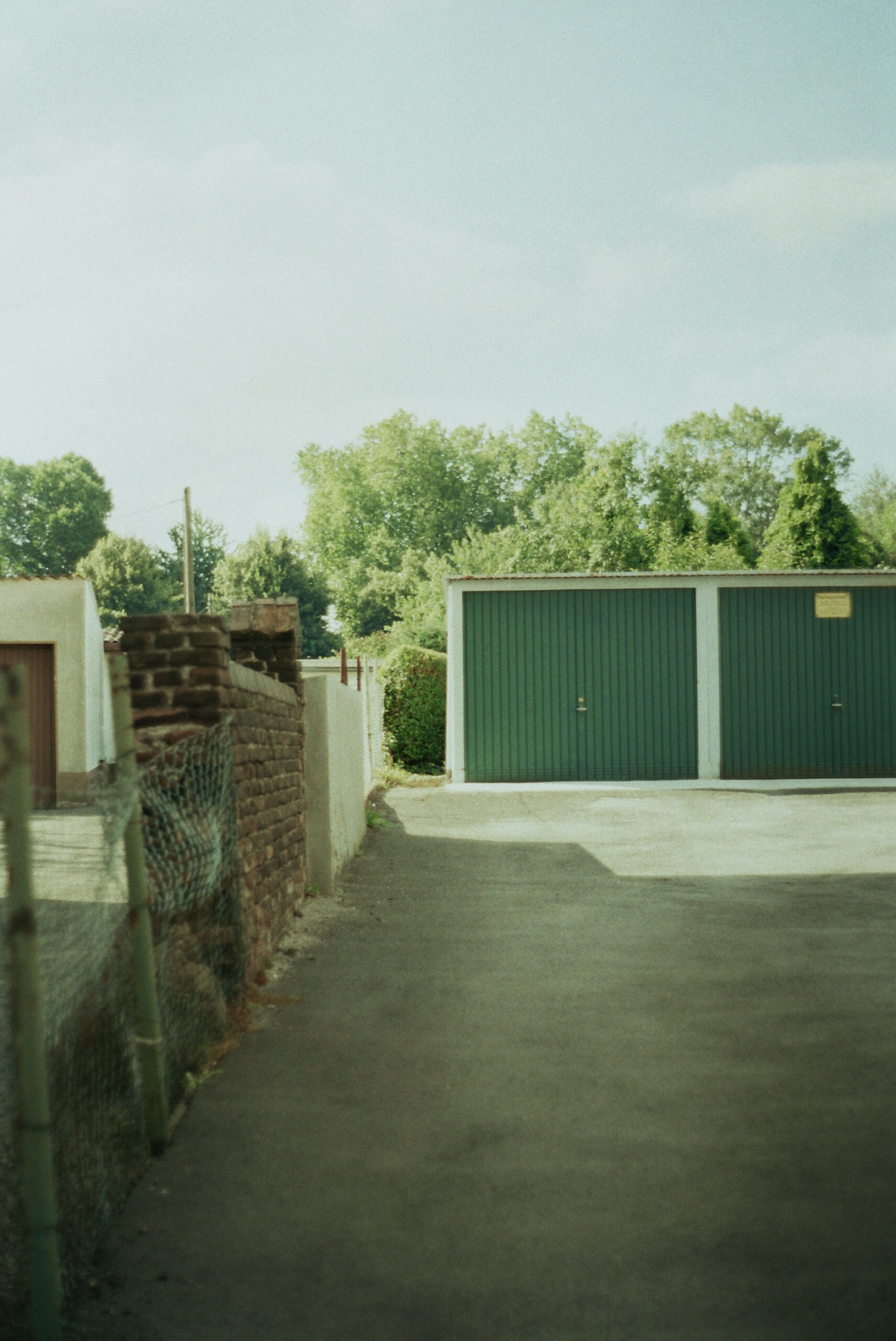
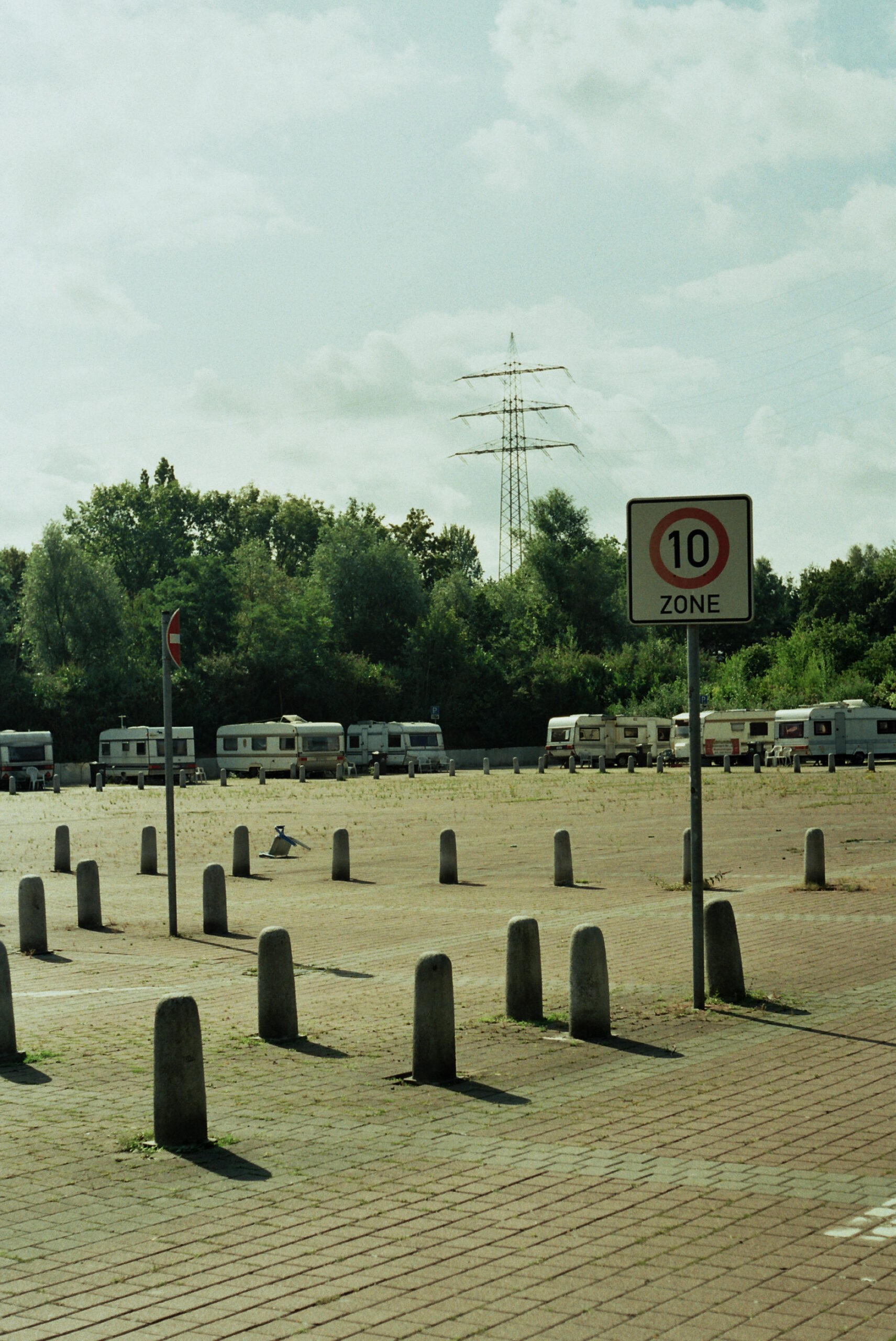
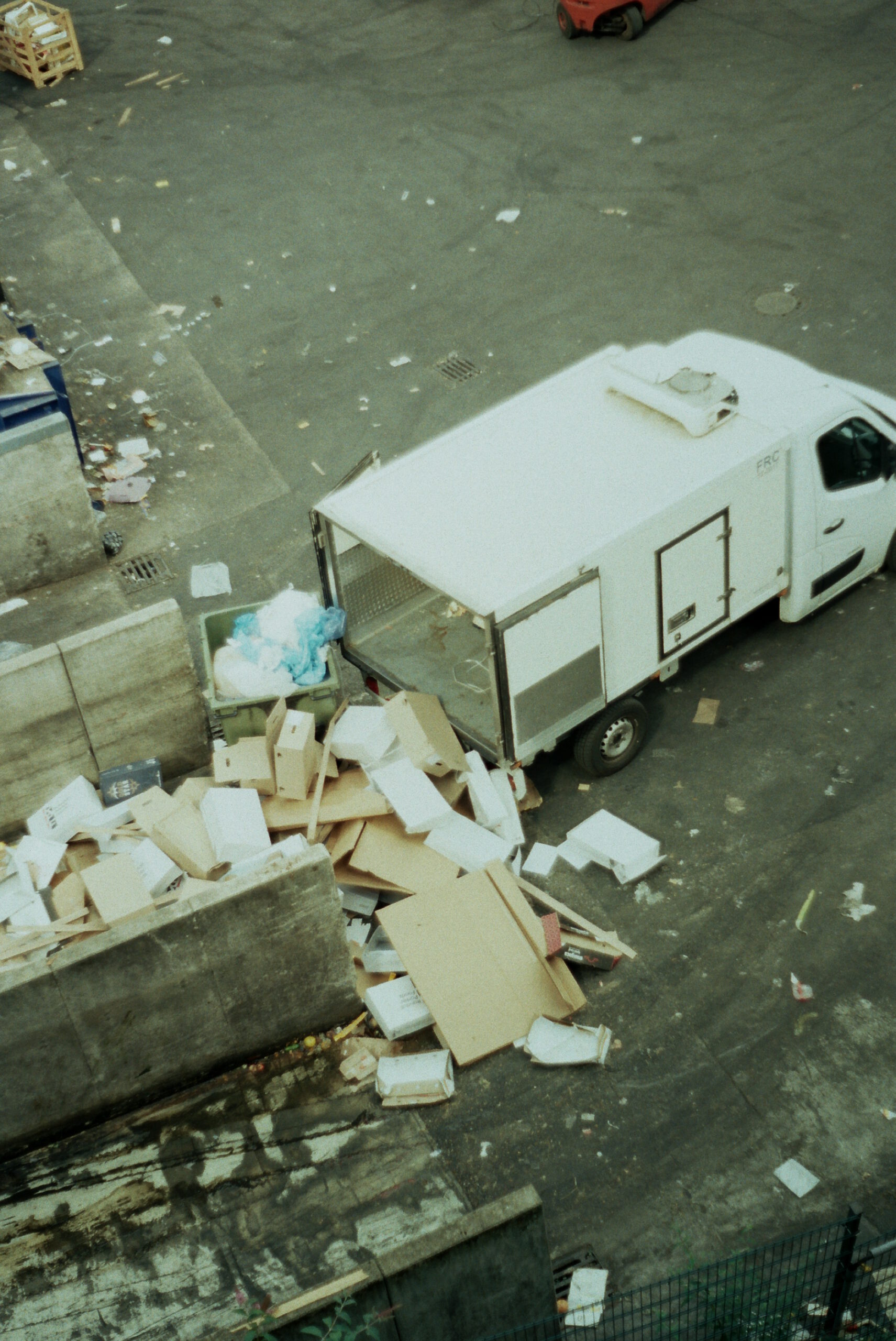
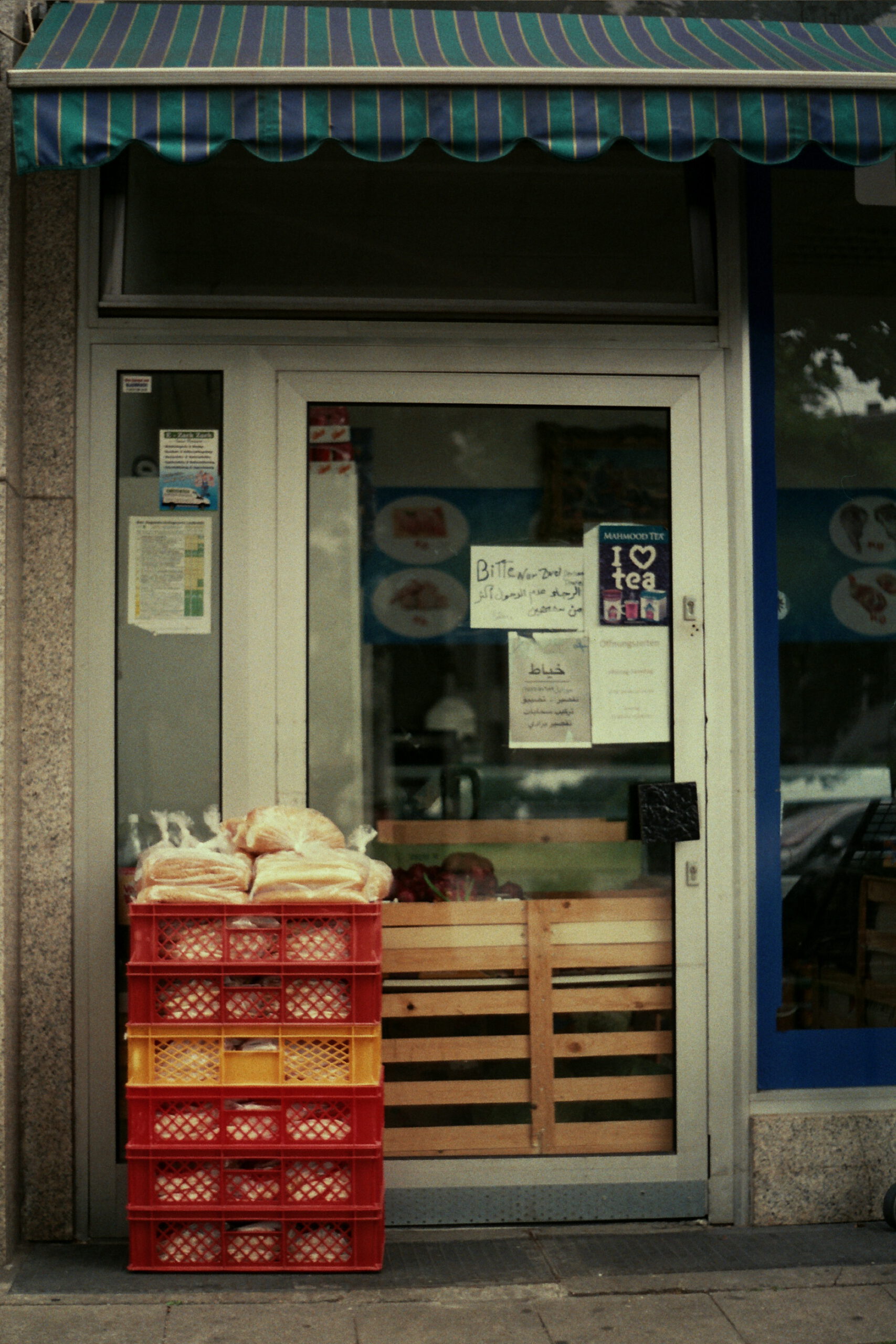
STILLE ORTE | QUIET PLACES
115 TOILETTEN IM ÖFFENTLICHEN RAUM
1973 erfand der in Deutschland stationierte amerikanische Soldat Fred Edwards die mobile Toilette, da er seine Notdurft bei Manövern nicht in Gesellschaft seiner Kameraden verrichten wollte. Grund war zudem die Unzumutbarkeit, mit einhergehenden Gerüchen und Geräuschen konfrontiert zu werden. In seiner Garage schraubte er die mobile Version eines stillen Örtchens zusammen: Ein Pissoir und einen Behälter mit Loch. Durch Bretter wurde Privatsphäre geschaffen.Die mobile Toilette, welche die Bezeichnung Dixi erhielt, war so erfolgreich, dass er das Militär verließ und in Deutschland vollständig mit ihrer Produktion beschäftigt war.
115 TOILETS IN PUBLIC SPACE
In 1973, Fred Edwards, an American soldier stationed in Germany, invented the mobile toilet, because he did not want to defecate in the company of his comrades during maneuvers. Another reason was the unacceptability of being confronted with the accompanying smells and noises. In his garage, he put together a mobile version of a silent toilet: A urinal and a container with a hole. Privacy was created by boards. The mobile toilet, which was given the name Dixi, was so successful that he left the military and was fully engaged in its production in Germany.
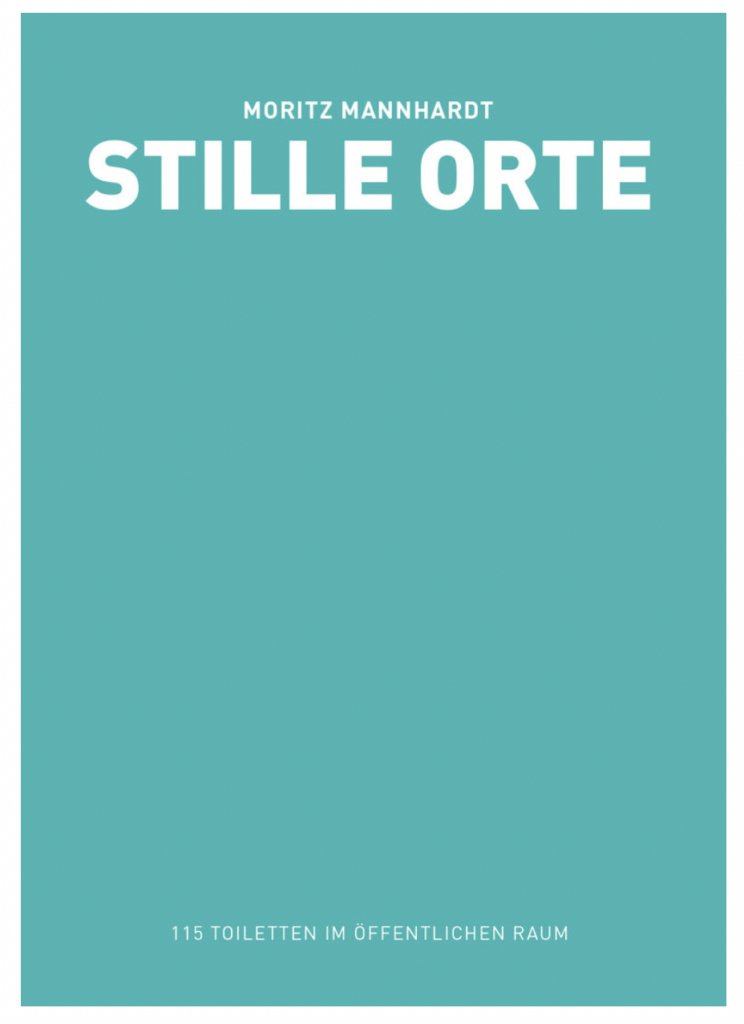
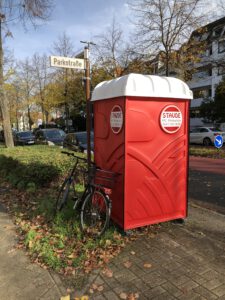
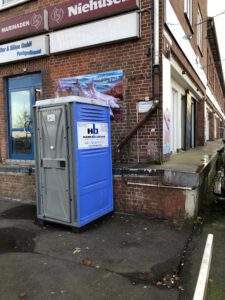
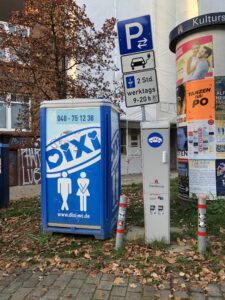
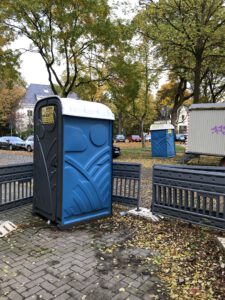
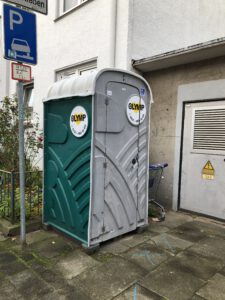
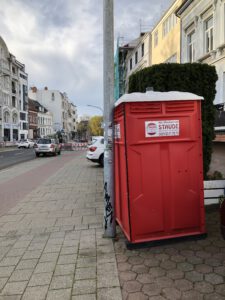

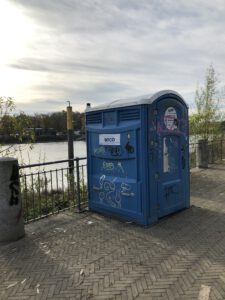
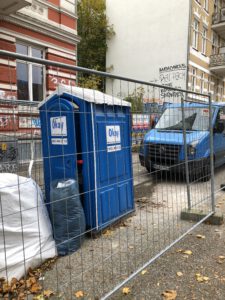
GET YOUR COPY AT EDITION KLARA
13 BACKYARDS
Gaps appear from time to time between individual houses within the city. The continuous facade of the buildings is broken through at these points. Passers-by register the situation, perhaps casting a curious glance at the entrance or exit of the backyards, but do not enter them.
Backyards have something secret about them. They remain hidden from pedestrians, an all-round view is only possible if the courtyard is actually entered. But it is as if an invisible boundary is crossed – the space of the street, accessible to the general public, disappears and a private space opens up.
The photographic representations gathered in this booklet, taken with an analog camera, also deny a view into the interior of the courtyards. The lightless passageways appear like dark, almost threatening frames. A strange in-between situation is present here: On the one hand, the courtyard has not yet been entered, but the street is already deserted. Behind it, the brightness opens up. A place that one can only guess at. The 13 photographed backyards testify to how diverse and individual the city can be and which places and views remain hidden in everyday passing.
If you dare to take a look, you will see green areas, bushes and trees next to whitewashed facades, garage doors or fences. There are garbage cans, bicycles, often cars; perhaps the entrance to a workshop or a deliberately hidden place is located there. Everything else is left to one’s own imagination.
